|

HOME |
ABOUT | INDEX |
NEWS |
FACEBOOK |
CONTACT
HISTORY
Timeline |
Chronology | Yearly Overview | Important Events
LGBTQ Modern Historical
Overview
1900-1935
1900 -
Oscar Wilde, renowned gay author, dies
1901 - In
Spain, a woman adopts a male identity and marries
another woman
1903 - First recorded raid on a gay bath house (New York
City, 12 men charged with sodomy)
1907 -
Gertrude Stein meets Alice B. Toklas
1912 -
Portland Vice Scandal formed, leading to forced sterilization
for gay suspects
1916 -
Blue Discharge, or Blue Ticket, used to remove
homosexuals from US military
1917 -
Silent film, The Amazons, is released, featuring three
girls crossdressing as (and being raised as) boys
1919 -
Film Different From Others released, first ever
pro-gay film
1919 - Institute of Sexology founded
by Alfred Kinsey
1920 - Harvard Secret Courts, effort to purge campus
homosexuals
1923 - FBI labels Emma Goldman "most dangerous woman in
America" for her open endorsement of gay rights
1923 -
Lesbian Elsa Gidlow publishes On a Grey Thread,
first volume of openly lesbian love poems in US
1924 -
Society for Human Rights, founded by Henry Gerber, first gay rights organization
in US
1924 -
African-American writer James Baldwin is born in Harlem,
New York
1927 -
Wings becomes first film with homosexual content to
win Best Picture Academy Award
1927 -
Carrington House established on Fire Island as a haven
for LGBTQ arts community, a retreat for many artists,
including Truman Capote
1928 -
Radclyffe Hall publishes lesbian novel, The Well of
Loneliness
1930 - Gay
painter Grant Wood debuts American Gothic
1930 -
Danish painter Lili Elbe undergoes world’s first
documented sex reassignment surgery
1931 - In
Germany, Dora Richter (born Rudolph Richter) is first
transgender woman to undergo vagioplasty
1931 -
Jane Addams, pioneering social reformer, peace activist,
feminist, and early LGBTQ-adjacent historical figure,
becomes first American woman to receive the Nobel Peace
Prize
1933 -
Transgender Danish painter Lili Elbe publishes
autobiography, Man Into Woman
1933 -
Hitler bans gay press
1934 - Gay people required to wear pink triangles in
Nazi Germany
1935 - A
vibrant queer scene thrives in London's underground with
jazz clubs like the Shim Sham Club
1935 - Czech athlete Zdeněk Koubek publicly transitions
1935 - Committee on Sex Variants forms in US, involving
researcher Robert L Dickinson, who begins medical and
psychiatric studies, viewing homosexuality as a subject
for research rather than just crime, laying groundwork
for future understanding
1935 -
Nazis in Germany revise Paragraph 175, widening the
definition of illegal homosexual acts and increasing
penalties, allowing for mass arrests and imprisonment
for homosexuals
1935 -
Nazi persecution in Germany takes place with massive
arrests for homosexual acts, mass incarceration, and
death in concentration camps
1935 - Pansy Craze Crackdown in Chicago (and other large
US cities) attacks openly queer nightlife with increased
policing, causing venues to close or become more
discreet
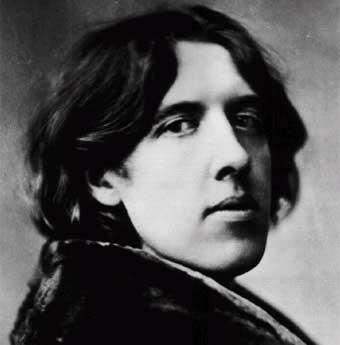
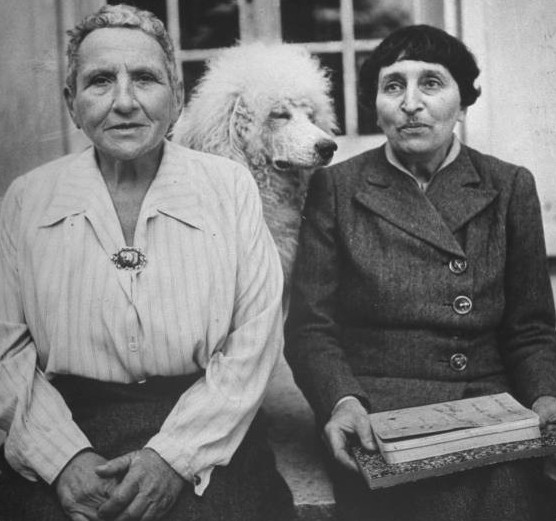
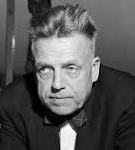
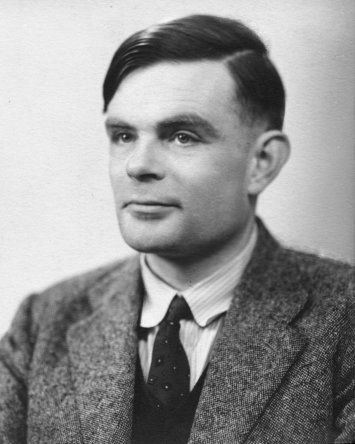
Celebrities Who Came Out as LGBTQ in 2025
Let's Look At The Top LGBTQ Stories Of 2023
Best Songs By LGBTQ Artists In 2023
LGBTQ Victories Did Happen in 2023
Best LGBTQ TV Shows and Movies of 2023
Out 100: 2023
List of LGBTQ Celebrities
Our Favorite LGBTQ Movies of 2023
Best Albums by LGBTQ Artists of 2023
Our Favorite LGBTQ Books of 2023
For LGBTQ Rights, 2023 Was a Year of Fighting
2023’s Legislative Attacks on LGBTQ Rights
All the Celebrities Who Came Out
as LGBTQ in 2023
1936-1955
1936 - Actor William Haines retires from acting to live
with his partner Jimmie Shields
1937 -
Hein Vos is first known gay member of Dutch House of
Representatives
1939 -
Frances Rummell publishes first explicitly lesbian
autobiography
1942 - Eve
Adams, proprietor of one of the world’s first lesbian
bars, is murdered at Auschwitz
1944 -
Poet Robert Duncan is first prominent American to reveal
his homosexuality, calling homosexuals an oppressed
minority
1944 -
American writer Armistead Maupin is born, famous for
Tales of the City, a series of novels about gay life
in San Francisco
1947 - First US lesbian magazine, Vice Versa,
published
1947 -
Beaux Arts Cocktail Lounge in the Elks Athletic Club,
Louisville KY, opens for business and becomes a popular
gay hangout
1948 - Kinsey Report released
1948 - The
United Nations adopts the Universal Declaration of Human
Rights
1950 - Harry Hay founded Mattachine Society to help homosexuals
realize their collective histories and experiences
1950 -
Sen Joseph McCarthy
begins investigation of homosexuals who work for the US
government, commencing the Lavender Scare
1951 - Roberta Cowell, pilot and motorsport racer, becomes first British trans woman to
undergo sex reassignment surgery
1952 -
American Psychiatric Association lists homosexuality as
a sociopathic personality disorder
1952 -
One Incorporated is founded
1952 -
Alan Turing (WWII codebreaker and father of modern
computers) convicted of being homosexual
1952 -
James Baldwin publishes his book, Go Tell It on the
Mountain
1952 -
Christine Jorgensen becomes first American to have
gender reassignment surgery
1952 - Virginia
Prince, male crossdresser, publishes Transvestia:
Journal of American Society for Equality in Dress
beginning the transgender rights movement
1952 -
American Psychiatric Association lists homosexuality as
"sociopathic personality disturbance" in its Manual of
Mental Disorders
1953 - First publication of
One Magazine appeared
1953 - President Dwight Eisenhower bans homosexuals from
federal jobs, says they are a security risk
1953 -
Transgender woman Christine Jorgensen
named Woman of the Year by Scandinavian
Societies of Greater New York
1954 -
Bisexual Mexican painter Frida Kahlo dies
1954 -
Lord Montagu, of England, jailed for homosexual offences
1955 - Daughters of Bilitis,
a lesbian organization, forms
1955 -
James Baldwin publishes his essays, as collected in
"Notes of a Native Son"
Famous Gays in History
Most Uplifting Moments for
LGBTQ People in 2023
Best Pride Albums of 2023
Queerest Moments of 2023
75 Anti-LGBTQ Bills Have Become Law in 2023
Best LGBTQ Movies of 2023
LGBTQ Stars Absolutely Ruled 2023
More Than 300 Trans and Gender-Diverse
People Were Killed in 2023
Best LGBTQ Kisses of 2023
Our Favorite Songs by LGBTQ Artists in 2023
Best LGBTQ Books of 2023
Best LGBTQ Podcasts of 2023 That Helped
Us Survive the Year
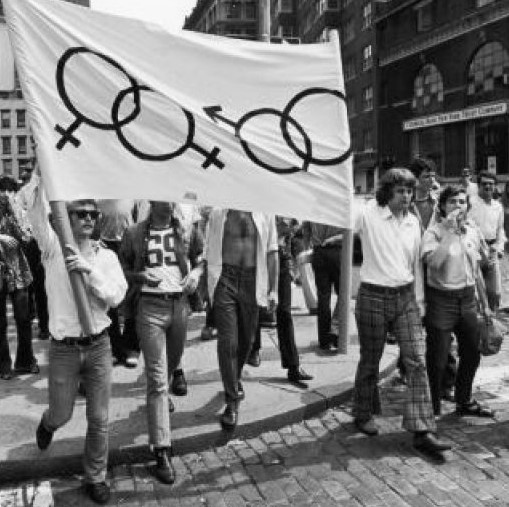

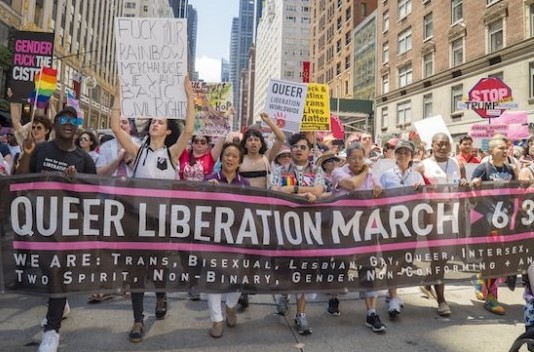
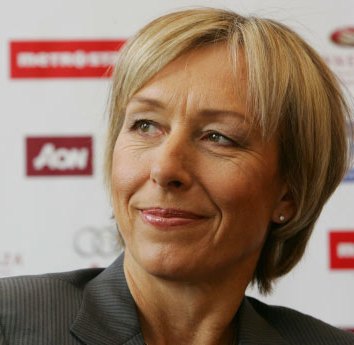
1956-1963
1956 - Daughters of Bilitis publish first issue of The
Ladder
1956 - James Baldwin publishes Giovanni's Room,
containing gay and bisexual subject matter
1956 - Evelyn Hooker
presents research paper at APA Convention in Chicago
declaring homosexual not a clinical entity
1957 – Under new
government restrictions, Frank Kameny is fired from his
government job for being gay
1957 -
Kinsey Report revealed that 10% of population is
predominantly homosexual
1957 -
Truman Capote writes a novella that eventually becomes
the screenplay for "Breakfast at Tiffany's"
1958 -
Gold Coast, first gay leather bar, opens in Chicago
1960 - New
York City police begin systematic crackdown on gay bars
1960 - UK trans model April Ashley undergoes gender
affirmation surgery
1960 - Nancy Ledins (born
William Griglak) comes out as first openly transgender
ordained Catholic priest
1961 – Frank Kameny,
nicknamed the Grandfather of Gay Rights, launches one of
the first gay/lesbian protests
1961 -
First US television documentary about homosexuality
aired by local station in California
1961 -
Jose Sarria is first openly gay person to run for public
office in US (San Francisco)
1961 - Illinois becomes first state to decriminalize
homosexual acts
1961 -
Film Victim, starring Dirk Bogarde, is first
English language film to feature the word 'homosexual'
1962 -
Illinois becomes first state to remove sodomy laws from
criminal code
1962 -
Janus Society established in Philadelphia
1963 -
East Coast Homophile Organizations (ECHO) formed
1963 -
Lesley Gore releases hit singles "It's My Party" and
"You Don't Own Me"
Invisible
Histories Project
Brief History of Queer Political Action
Historical Figures We Never Realized Were LGBTQ
Pride Marches From 1969 to Present: Queer History in
Photographs
Celebrating 50 Years Since
Stonewall
First Gay Kiss in Film History: Wings 1927
Iconic Photos of LGBTQ History
One Institute:
LGBTQ Archives
Bob Zellner Reflects on Being an Ally During the Civil
Rights Movement
Celebrating LGBTQ History Month: How it Started and Why
it Matters
118th Congress Breaks Record for Lesbian,
Gay and Bisexual Representation
Democrats Introduce Bills
to Create National LGBTQ History and Culture Museum
Video: Overview of 20th Century LGBTQ
History
List: LGBTQ Firsts by
Year
How the Nazis Destroyed the First Gay
Rights Movement
Joe Biden Issues Presidential
Proclamation for 70th Anniversary of Lavender Scare
Comparing the “Lavender Scare” With the
Current “Trans Scare”
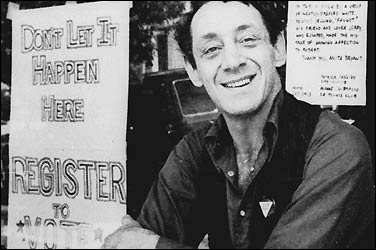
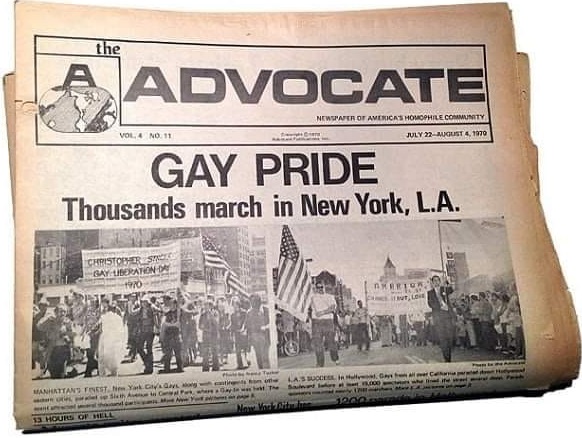 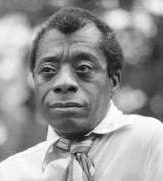
1964-1967
1964 -
Drum, LGBTQ interest magazine established by Janus
Society, began publishing
1964 - San
Franciscan Society for Individual Rights (SIR) formed
1964 -
Council on Religion and the Homosexual was established,
which included representatives from Methodist,
Episcopal, Lutheran, and United Church of Christ
denominations
1964 -
Lynn Conway, transwoman computer scientist and engineer,
hired by IBM Research to join Advanced Computing Systems
team
1964 -
Members of Sexual Freedom League gather outside the
army induction center at Whitehall Street in New York
City to protest the armed forces anti-gay discrimination
1965 - Gay rights pioneers Frank Kameny and Jack
Nichols, the Mattachine Society, and the Daughters of
Bilitis launched first gay and lesbian protest in front
of the White House to demonstrate against US government
repression of homosexuals
1965 -
Barbara Gittings starts first picket lines for
gay/lesbian protest movement at Independence Hall,
Philadelphia
1965 -
Vanguard LGBTQ youth organization becomes first gay
liberation group in US (San Francisco)
1965 - David Kopay,
ex-NFL football player, comes out as gay
1965 -
Activists protested Dewey's Coffee Shop in Philadelphia
because the shop was refusing to serve young people in
"nonconformist clothing"
1966 - Compton's
Cafeteria Riot occurred in Tenderloin district of San
Francisco
1966 - Time Magazine publishes anti-gay article, "The
Homosexual in America"
1966 - CBS
TV airs "The Homosexuals" documentary
1966 -
National Transsexual Counseling Unit formed (peer-run
support group and advocacy organization)
1966 -
Columbia University becomes first collegiate institution
in the US, and possibly the first in the world, with an
LGBTQ student group
1967 - Student Homophile League is officially recognized
at Columbia University
1967 -
Advocate Magazine founded
1967 -
Sexual Offences Act decriminalizes sex between two men,
including "in private"
1967 - Portrait of
Jason film is released
1967 -
Craig Rodwell opens Oscar Wilde Memorial Bookstore,
first bookstore devoted to gay and lesbian authors
1967 -
United Kingdom legalizes homosexuality
Famous Gays in History
American LGBTQ Museum
Brief History of Queer Political Action
Bob Zellner Reflects on Being an Ally During the Civil
Rights Movement
Fight for LGBTQ Rights Throughout History
Queer Couples Through History From Ancient Egypt to the
White House
Gay History Quiz
How the
Stonewall Riots Inspired the LGBTQ
Movement
Info: Archaic
Language and Images
LGBTQ History: Queer
Icons
Buzzfeed: This is What
Gay Liberation Looked Like in the 70s
LGBTQ Writers, Artists and
Activists of the 80s and 90s
Stonewall Forever: Past, Present, and Future Pride
Notable Same Gender Couples from History
Queer Activists Past and Present Whose
Names You Should Know
LGBTQ Historic Residences That You Can
Visit Now
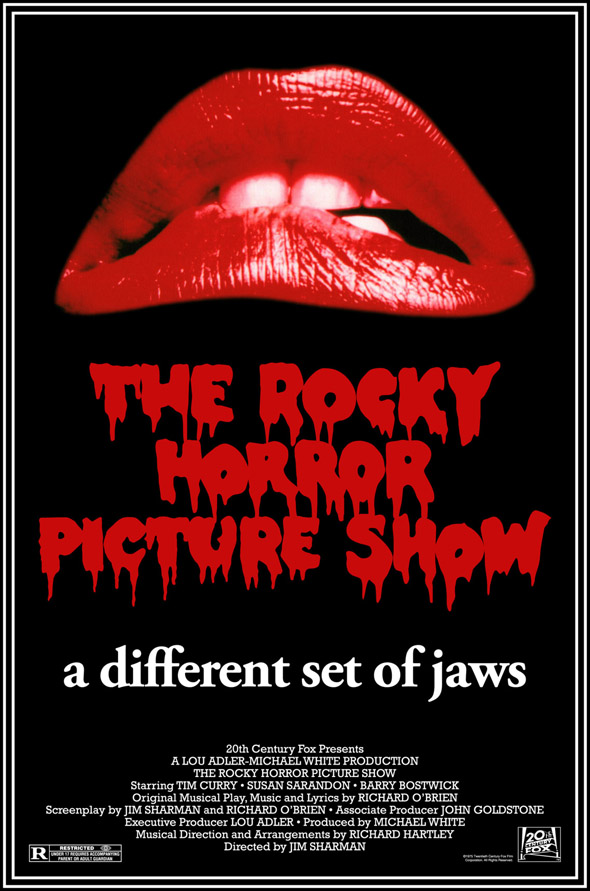
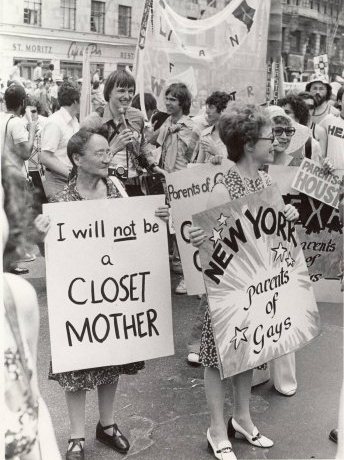
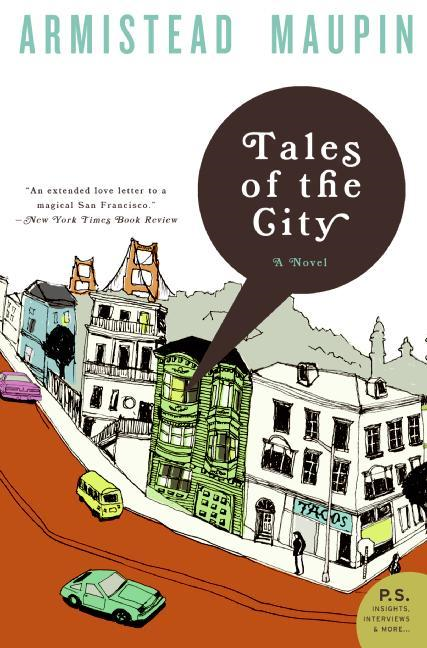
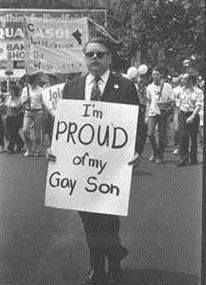
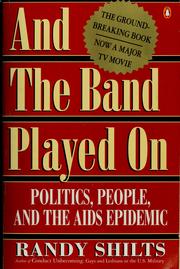
1968-1970
1968 -
Blue Max Motorcycle Club is founded
1968 -
Robert
Cromey, Episcopal priest, begins officiating the first
same-sex wedding ceremonies in San Francisco/Bay Area
1968 -
Metropolitan Community Church founded by Troy Perry in Los Angeles with special LGBTQ
ministry
1968 -
Transgender musician Wendy (dn Walter) Carlos releases
Switch on Bach album of synthesizer music
1969 - The
Gay Liberation Front (GLF) forms in New York City
1969 -
Stonewall Riots in New York City (Led by Marsha P
Johnson and Sylvia Rivera)
1969 - NFL Football team, Washington Redskins, has 3 gay
players in its training camp
1969 - Rev James Lewis Stoll, a Unitarian Universalist
Minister, becomes first ordained minister to come out as
gay
1969 -
The Washington Blade, LGBTQ news publication, is
founded
1970 -
Drag queen caucus of the GLF formed the group Street
Transvestite Action Revolutionaries (STAR)
1970 -
First gay pride parade held in New York City (First in
US) commemorating 1969 Stonewall riots on (Christopher
Street Liberation Day)
1970 - First gay pride parade held in Los Angeles down
Hollywood Blvd
1970 - First Gay Liberation march in Chicago from
Washington Square Park to the intersection of Michigan
and Chicago avenues, and then participants
extemporaneously marched on to the Civic Center (now
Richard J Daley) Plaza
1970 - First gay pride parade held in San Francisco down
Polk Street from Aquatic Park to City Hall
1970 - Boys in the
Band film is released
1970 - The first gay dance open
to the public was held at Earl
Hall on the campus of Columbia
University
1970 - Gay Activists
Alliance of New York selects Greek letter lambda as a
gay symbol
1970 - Barry Manilow and Bette
Midler began performing at the
Continental Gay Bathhouse in NYC
1970 - Large crowd
participates in Gay Pride Parade in the Back Bay
neighborhood of Boston
1970 - Lavender Menace,
group of radical lesbian feminists, advocate for lesbian
issues at Second Congress to Unite Women in New York
City
1970 -
English pop musician Elton John tops music charts with
Your Song, followed by Tiny Dancer, Rocket Man,
Crocodile Rock, Daniel, Goodbye Yellow Brick Road,
Bennie and the Jets, Someone Saved My Life Tonight
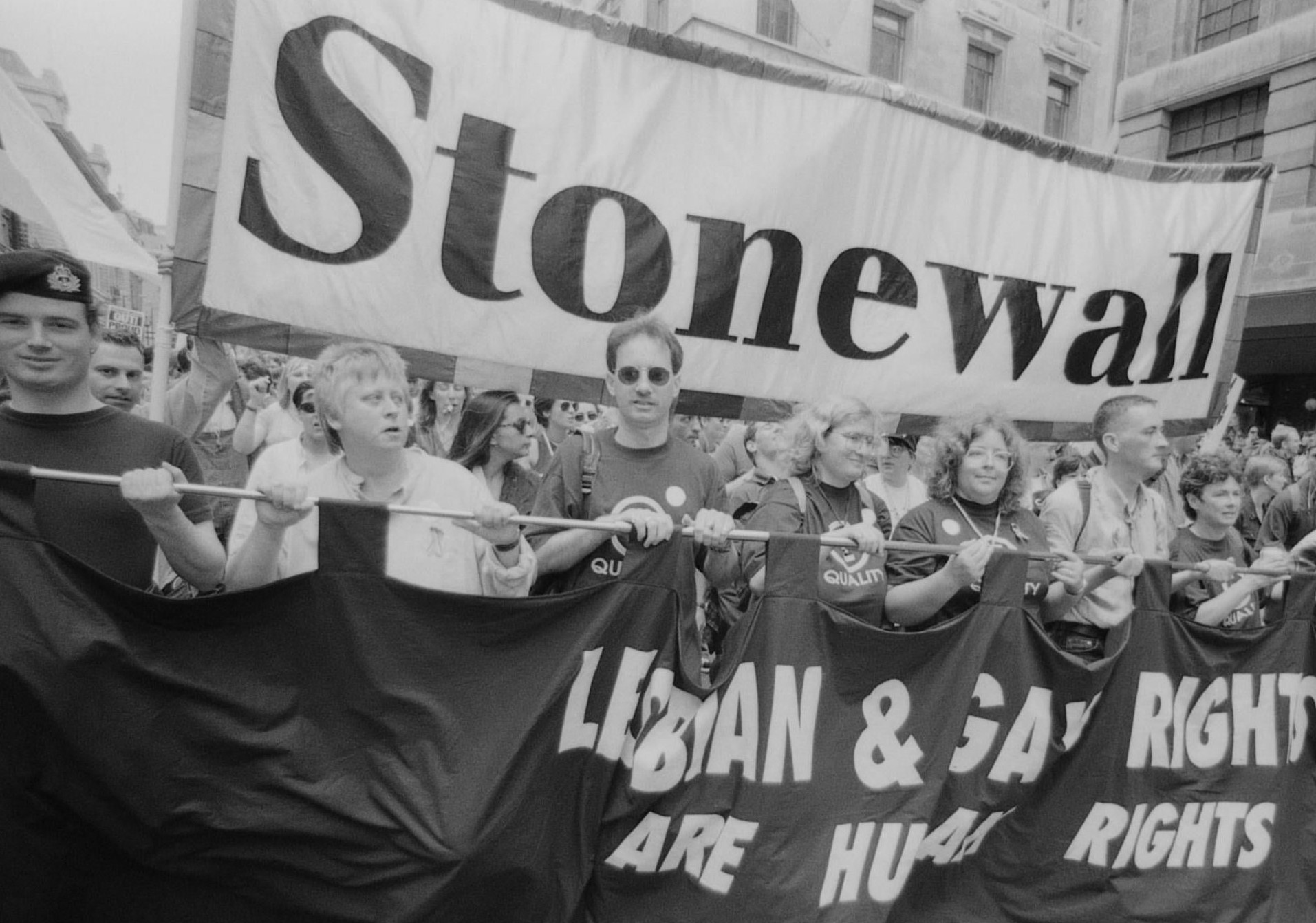

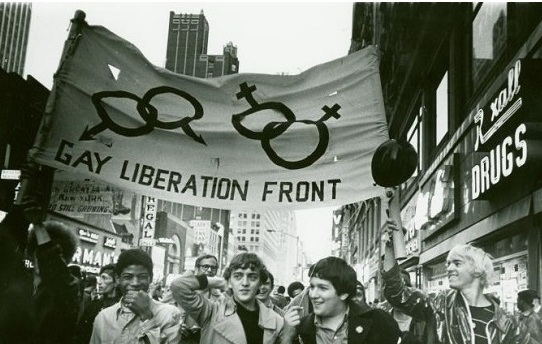
Buzzfeed: This is What
Gay Liberation Looked Like in the 70s
Info:
Famous LGBTQ People
First Gay Kiss in Film History: Wings 1927
Ted Brown: Gay Liberation Front
Major Moments in Queer History Beyond the Stonewall
Riots
Signature: Essential Books on the History of LGBTQ
Rights in America
CNN: LGBTQ Rights Milestones and Fast Facts
Video: Overview of 20th Century LGBTQ History
Diversity Inc: LGBTQ
Historical Timeline
LGBTQ Writers, Artists and
Activists of the 80s and 90s
Evolution of the Gay Pride
Parade
APA: History of LGBTQ Social Movements
Queer Couples Through History From Ancient Egypt to the
White House
Celebrating 50 Years Since
Stonewall
Advocate Mag: Champions of Pride 2019
LGBTQ Royals You Didn’t Learn About in
History Class
Making History: The Homophile Movement
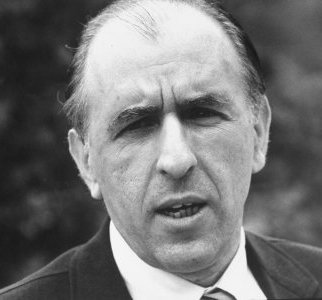
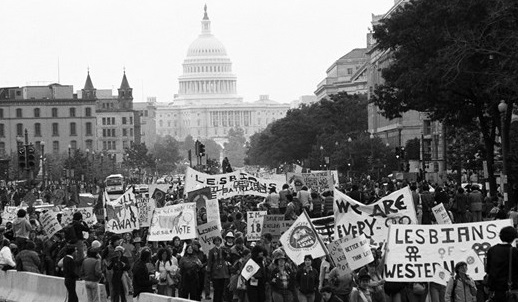
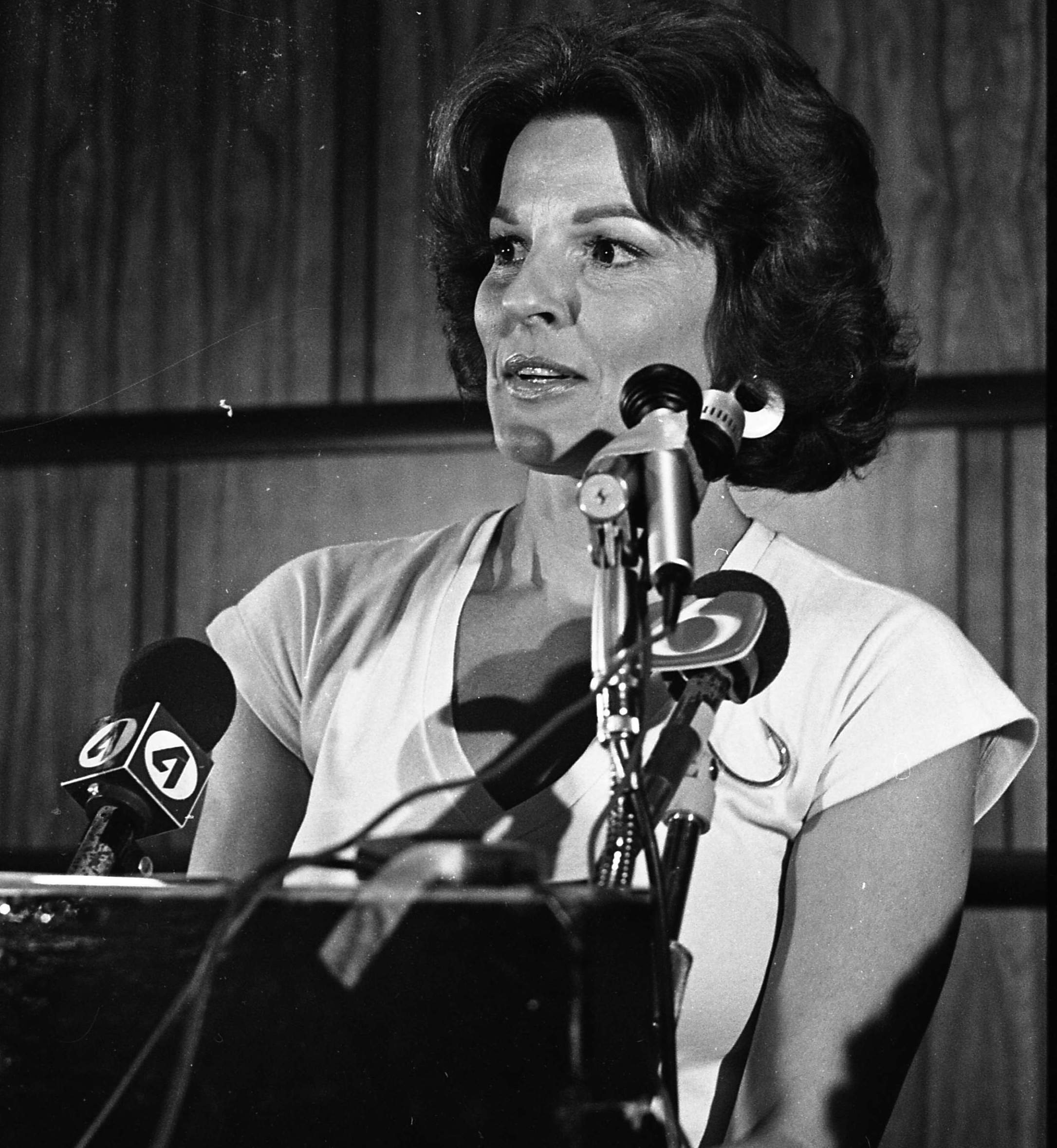
1971-1973
1971 - Lambda Legal organization started
1971 -
Lesbian Tide publication established by Los Angeles Chapter of
Daughters of Bilitis
1971 -
University of Michigan becomes first college in US to
establish an LGBTQ office
1971 -
Betty Berzon becomes first psychotherapist in US to
publicly come out as gay
1971 -
Frank Kameny becomes first openly gay candidate to run
for US Congress
1971 -
Lesbian group, the Furies, formed a feminist separatist commune/collective
1971 -
Nightride, by Lee Barton, becomes first off-Broadway
play to discuss a romantic gay relationship
1972 -
PFLAG founded by Jeanne Manford
1972 -
Wearing a mask, Dr. John Fryer testifies on behalf of
gay psychiatrists at a meeting of the American
Psychiatric Association, announcing to the group, “I am
a homosexual... I am a psychiatrist”
1972 - Jim
Foster becomes first openly gay delegate to address a
major party national convention (Democratic, Miami)
1972 -
Madeline Davis becomes first openly lesbian delegate to
address a major party national convention (Democratic,
Miami)
1972 -
William Johnson becomes first only gay person ordained
in a mainline Protestant denomination (United Church of
Christ)
1972 -
That Certain Summer aired on ABC TV, first TV show
to sensitively explore homosexuality
1972 -
Beth Chayim Chadashim founded as first LGBTQ synagogue
in the world
1972 -
First year of Southern Decadence event in New Orleans
1972 -
British musician David Bowie comes out as bisexual
1973 -
American Psychiatric Association removes homosexuality
from list of mental disorders
1973 - French play La
Cage Aux Folles by Jean Poiret is released
1973 - Lavender Country releases first known gay-themed
country music album
1973 - 32 people killed in an arson attack at Upstairs
Lounge gay bar in New Orleans
1973 -
Noël Coward, gay English playwright,
composer, director, actor, and singer dies
1973 - Gay
bookstore named Giovanni's Room established in
Philadelphia
1973 - Gay country
music singer Patrick Haggerty releases Lavender
Country album, first of its kind
1973 - Top women's
tennis player Billie Jean King defeats former No. 1
ranked men's tennis player Bobby Riggs in "Battle of the
Sexes" match
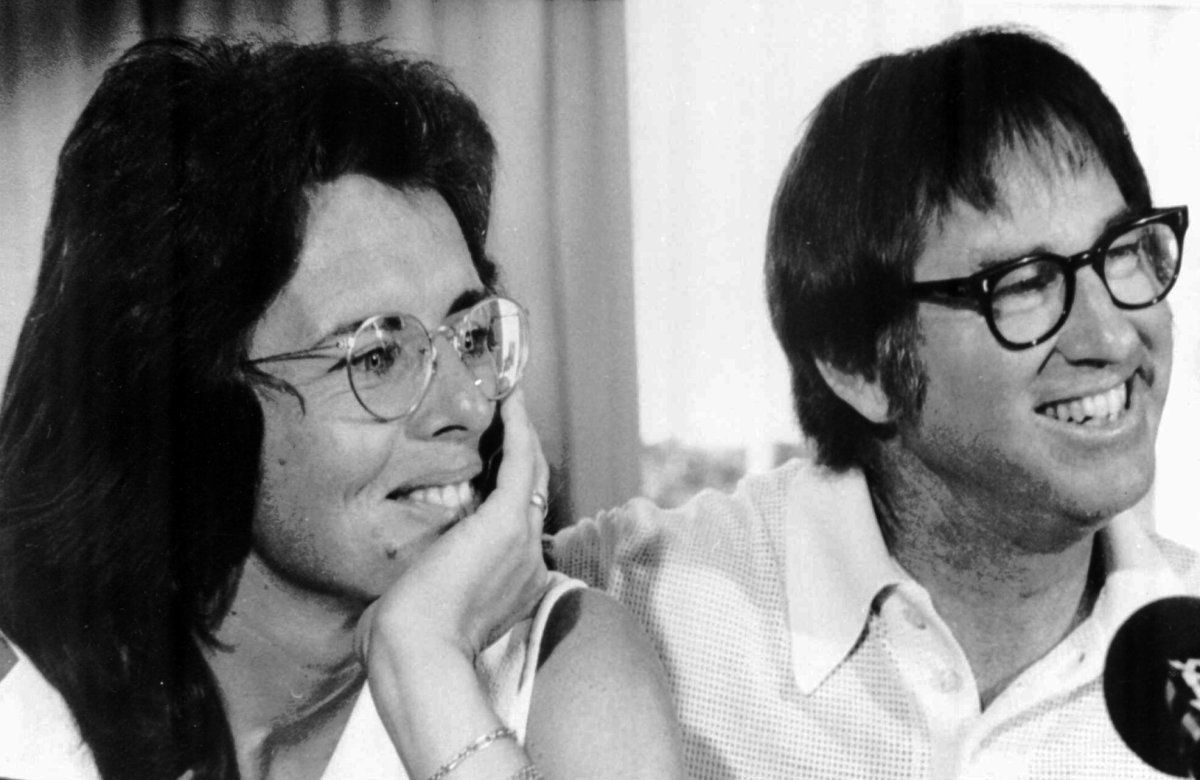
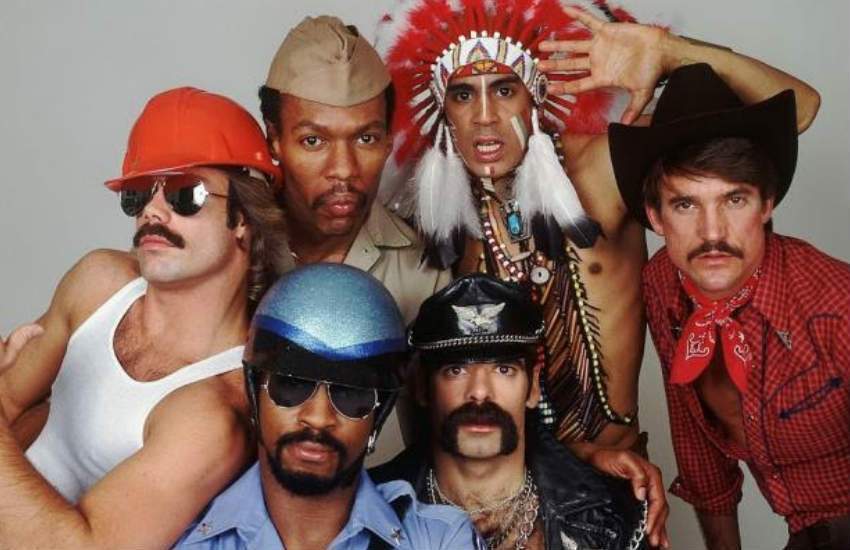
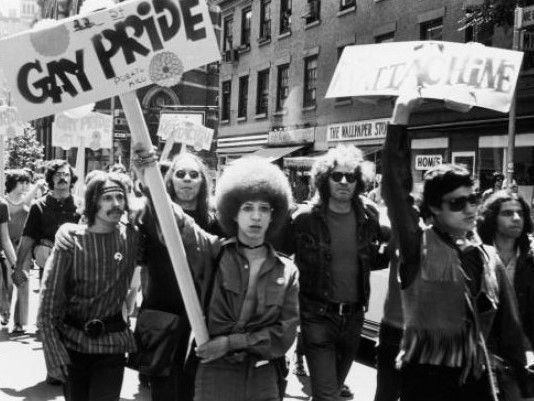
1974-1977
1974 - Michigan
student Kathy Kozachenko elected to Ann Arbor City
Council, making her first openly gay person elected to
public office in US
1974 - Society of
Janus, BDSM support and educational group, formed in San
Francisco
1974 - James Baldwin publishes
his book, If Beale Street
Could Talk
1974 - Gay activists in
Boston choose purple rhinoceros as a symbol of the gay
movement
1975 - Rocky Horror
Picture Show film is released
1975 - Elaine Noble,
first openly gay candidate elected to a state
legislature, serves in Massachusetts House of Rep for
two terms
1975 -
Tennis player Renee Richards undergoes gender
reassignment surgery
1975 -
Technical Sergeant Leonard Matlovich discharged from US
Air Force for being gay
1976 - Harvey Milk becomes first openly gay person
elected to public office in California (San Francisco
Board of Supervisors)
1976 -
Renee Richards banned from competing in Women's US Open
due to "women-born-women" rule
1976 -
Tales of the City, by Armistead Maupin, appears in
San Francisco Chronicle
1976 - Tom
Gallagher becomes first US Foreign Service officer to
come out as gay
1976 -
Dykes on Bikes motorcycle club founded in San Francisco
1977 -
Anne Holmes becomes first openly lesbian minister
ordained by United Church of Christ
1977 -
Ellen Barrett becomes first openly lesbian priest
ordained by US Episcopal Church (New York)
1977 - Gay
Bob, the first queer doll, is introduced to the retail
market
1977 -
Billy Crystal plays openly-gay character on Soap
television series
1977 - Conservative
Christian activist Anita Bryant opposes Miami-Dade
County amendment making it illegal to discriminate based
on sexual orientation; Her campaign led to the repeal of
the law
1977 -
Harvey Milk is elected to San Francisco Board of
Supervisors, becoming the first out gay elected official
in California
Invisible
Histories Project
Diversity Inc: LGBTQ
Historical Timeline
Historical Figures We Never Realized Were LGBTQ
Bob Zellner Reflects on Being an Ally During the Civil
Rights Movement
Pride Marches From 1969 to Present: Queer History in
Photographs
One Institute:
LGBTQ Archives
The Rise of a Gay and
Lesbian Movement
Remembering Gay Bob: First Queer Doll From 50 years Ago
Iconic Photos of LGBTQ History
Ted Brown: Gay Activist Who Spent 50
Years Fighting for LGBTQ Rights
LGBTQ History: Queer Icons
Fight for LGBTQ Rights Throughout History
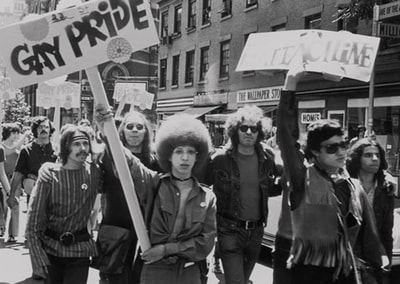
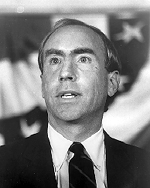
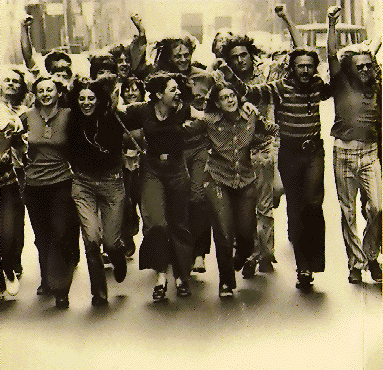
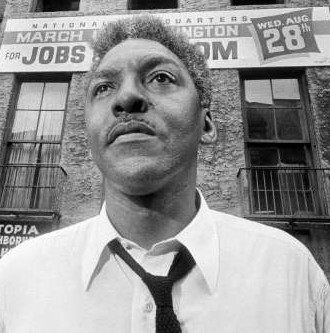
1978-1982
1978
- Briggs Initiative fails to pass in California; It
would have banned homosexuals from teaching in public
schools
1978 -
Openly gay activist and San Francisco Supervisor Harvey
Milk is
murdered by Supervisor Dan White
1978 -
Rainbow flag, designed by Gilbert Baker, first used as a symbol of gay pride
1978 -
Village People top the pop music charts with YMCA,
Macho Man, and In the Navy
1978 -
Allen Bennett becomes first openly gay rabbi in US
1978 - San
Francisco becomes first US city to recruit gay police
officers (350 applications submitted)
1979 -
California Supreme court rules against LGBTQ discrimination
from public utility companies
1979 -100,000 attend first National Gay Rights March in Washington DC
1979 -
Sisters (Order) of Perpetual Indulgence, drag
performance activist organization, formed in San
Francisco
1979 -
Stephen Lachs becomes first openly gay judge appointed
in US (Los Angeles)
1979 -
English rock band Queen tops music charts with Killer
Queen, followed by Bohemian Rhapsody, Somebody to Love, We Are the
Champions, Don't Stop Me Now, and Crazy Little
Thing Called Love
1979 -
During an interview Jane Fonda says that gays and
lesbians are discriminated against
LGBTQ Royals You Didn’t Learn About in
History Class
Powerful LGBTQ Figures From History that
Nobody Ever Talks About
Queer History in Photographs: Pride
Marches From 1969 to Present
LGBTQ Historic Residences
That You Can Visit Now
Remembering Gay Bob: First Queer Doll From 50 years Ago
LGBTQ Figures From History You Need to Know About
How the Nazis Destroyed the First Gay
Rights Movement
Essential Plays, Books, and Movies for
Understanding the History of Queer Liberation
Timeline: LGBTQ History in the United States
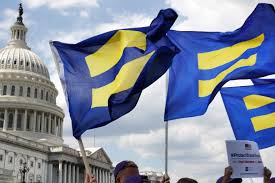
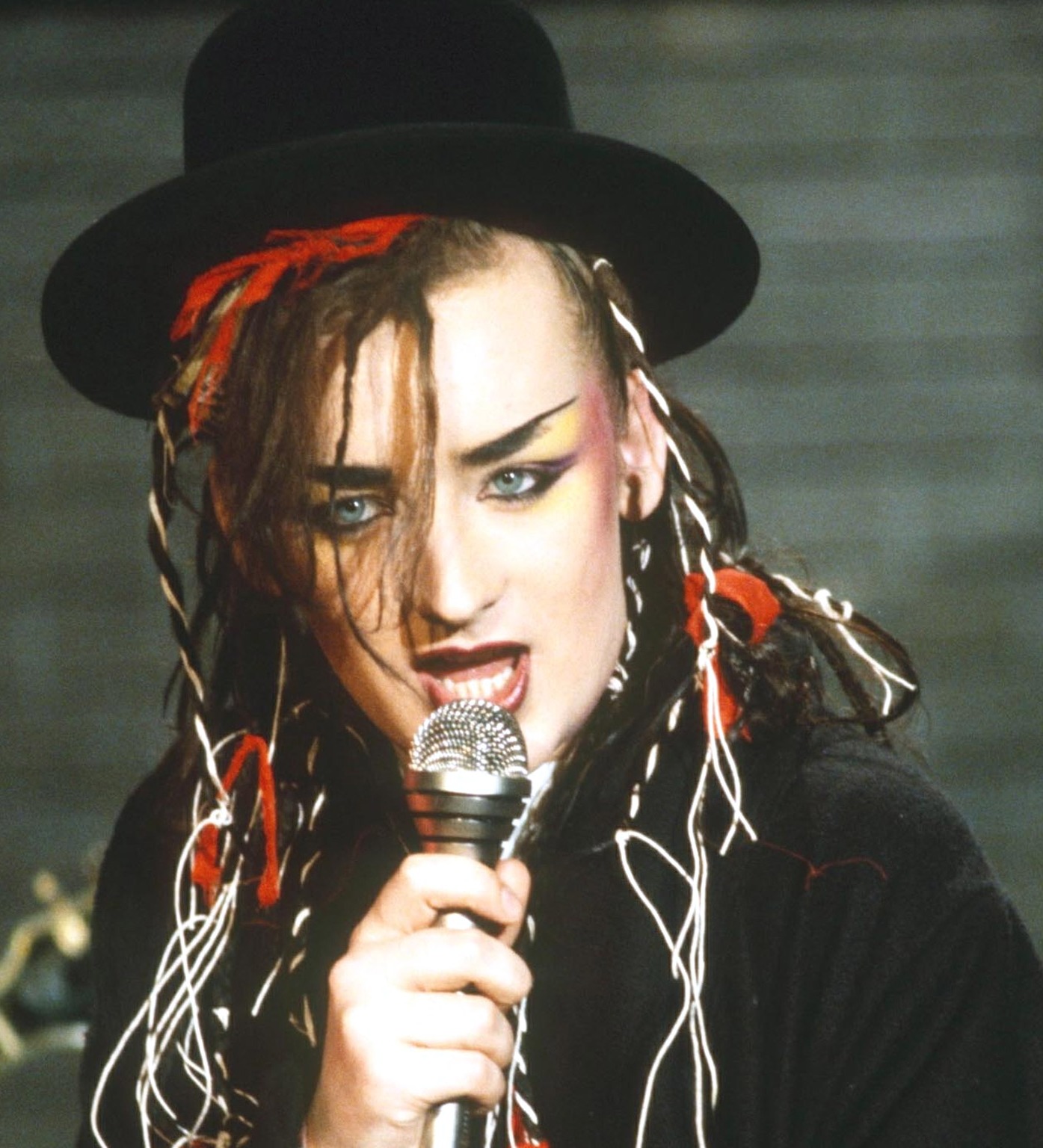
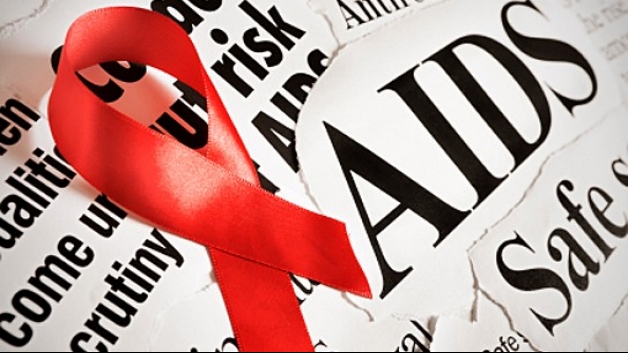
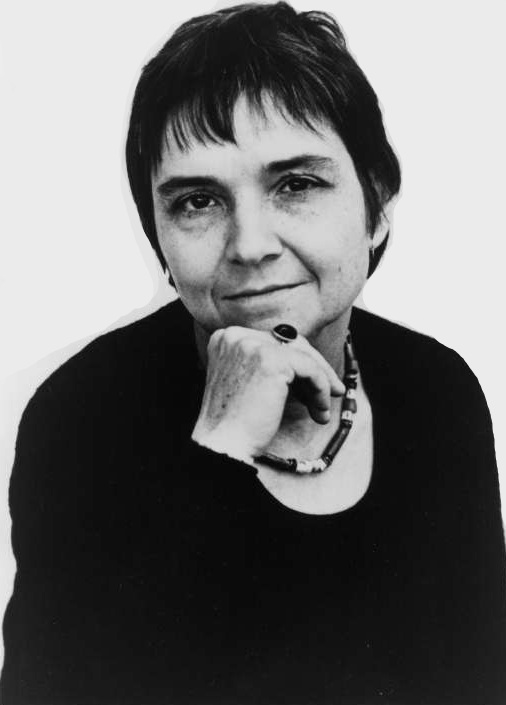
1980 -
Human Rights Campaign founded
1980 -
Democrats become first political party to endorse gay
rights
1980 - Adrienne
Rich writes essay, "Compulsory
Heterosexuality and Lesbian Existence"
1980 -
B-52s queer musical group appear on Saturday Night Live
TV show
1980 -
Aaron Fricke becomes first student to sue school for the
right to bring his boyfriend to the prom
1981 -
Tennis athlete Billie Jean King comes out as a lesbian
1981 -
Randy Shilts becomes first openly gay reporter with a
"gay beat" in American mainstream press when he's hired
by San Francisco Chronicle
1981 - First report of what is now called AIDS
1981 - Wisconsin passes first gay rights bill
1981 - Tennis athlete Martina Navratilova comes out as a
lesbian
1981 -
Randy Shilts becomes first openly gay reporter with
gay-themed content in mainstream press (San Francisco
Chronicle)
1982 - First Gay Games
are held
1982 - Gay
Men's Health Crisis founded after reports began
surfacing in San Francisco and New York City that a rare
form of cancer called Kaposi's sarcoma was affecting
young gay men
1982 - Center for Disease Control investigates what is
being called a "Gay Plague"
1982 - Grammy-award winning Boy George and Culture Club top pop music charts
with Do You Really Want to Hurt Me, followed by I'll Tumble 4 Ya,
Church of the Poison Mind, and Karma Chameleon
American LGBTQ Museum
Video List: Famous LGBTQ Folk
How the Nazis Destroyed the First Gay
Rights Movement
American Park Service Report: LGBTQ Heritage Initiative
Info:
Famous LGBTQ People
Powerful LGBTQ Figures From History that
Nobody Ever Talks About
Wanda Sykes: Overview of LGBTQ History
CNN: LGBTQ Rights Milestones and Fast Facts
Essential Plays, Books, and Movies for
Understanding the History of Queer Liberation
Queer History in Photographs: Pride
Marches From 1969 to Present
LGBTQ Figures From History You Need to Know About
Timeline: LGBTQ History in the United States
Huff Post: I Wish I Had
Learned LGBTQ History in School
Notable Same Gender Couples from History
Queer Activists Past and Present Whose
Names You Should Know
LGBTQ History: Queer Icons
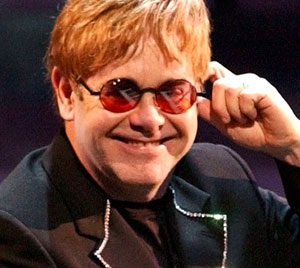
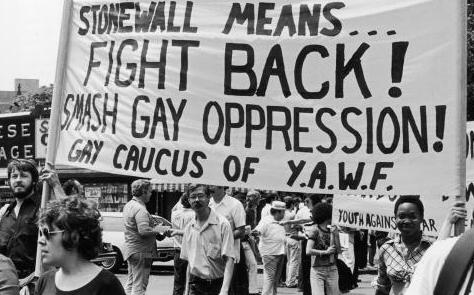
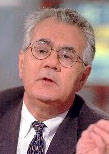
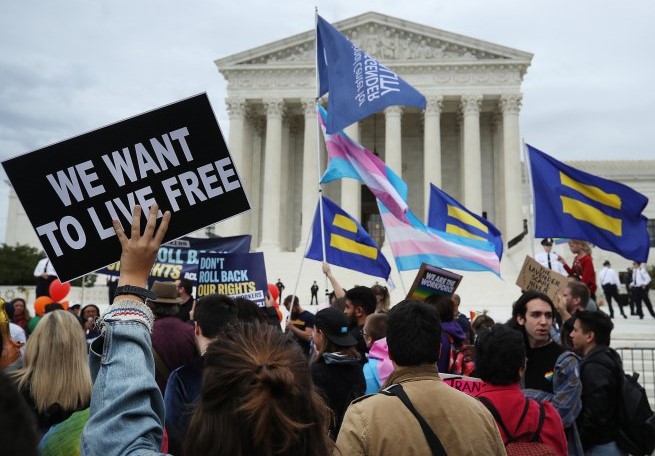
1983-1989
1983 - Rep Gerry Studds, D-Mass, becomes first
member of US Congress to publicly acknowledge his
homosexuality
1983 -
Openly gay writer Tennessee Williams dies
1983 -
Mary Oliver's "American Primitive" wins Pulitzer Prize
1983 -
Lesbian author, Alice Walker, becomes first black woman
to win Pulitzer Prize for fiction for "The Color Purple"
1983 -
Life Magazine publishes story, "The Double Closet,"
about LGBTQ families
1983 - The American
musical version of La Cage Aux
Folles, by Harvey Fierstein, premieres on Broadway
1984 - Truman Capote
dies at age 60
1984 -
Federal officials announce discovery of first probable
cause of AIDS
1984 - The Wall Street Journal permits use of the word
"gay"
1984 -
George Michael (and band Wham) begins two decades of
releasing hit songs: Wake Me Up Before You Go Go,
Careless Whisper, Freedom 90, I Want Your Sex, I'm Your
Man, Father Figure, Faith, Last Christmas
1985 -
Rock band Queen performs at Live Aid concert
1985 - GLAAD founded
1985 -
First International Conference on AIDS held
1985 -
Rock Hudson dies of AIDS
1985 -
Terry Sweeney is first out gay cast member of Saturday
Night Live TV show
1985 - The
film Doña Herlinda And Her Son, directed by Jaime
Humberto Hermosillo, is first Mexican film to feature a
gay couple
Queer Activists Past and Present Whose
Names You Should Know
LGBTQ History Can Be Found in Everyone's Past
Queer Couples Through History From Ancient Egypt to the
White House
Great Queers of History
The
Homophile Movement
Billy Porter: Brief History of Queer Political Action
Queer History in Photographs: Pride
Marches From 1969 to Present
Major Moments in Queer History Beyond the Stonewall
Riots
LGBTQ Royals You Didn’t Learn About in
History Class
Remembering Gay Bob: First Queer Doll From 50 years Ago
1986 -
Episcopal priest Gene Robinson comes out as gay
1986 -
Mary Oliver's "Dream Work" wins Pulitzer Prize
1986 - Reagan administration states that treatment of
persons with AIDS was not a federal concern
1987 - AIDS Memorial Quilt unveiled on National Mall in
Washington DC
1987 - US
Rep Barney Frank, D-Mass, becomes second member of
Congress to announce he is gay
1987 - March on Washington is largest gay rights
demonstration ever
1987 - ACT-UP organization is formed
1987 -
Randy Shilts publishes And the Band Played On,
book about the AIDS epidemic
1988 -
Vixens Motorcycle Club, also known as the Sydney Dykes
on Bikes, founded in Australia
1988 - Musician Elton John comes out, saying that he is
"comfortable being gay"
1988 - 10th Annual National Coalition of Black Lesbians
& Gays takes place
1988 - Male
Homosexuality: Contemporary Psychoanalytic Perspective,
by Richard Friedman, published
1988 - Stu
Rasmussen becomes America's first openly transgender
mayor
1988 - First World AIDS Day is
observed
1989 - Actor Richard
Chamberlain is outed as gay
1989 -
Leslea Newman publishes children's book, "Heather Has
Two Mommies"
1989 - Longtime
Companion film is released, starring Campbell Scott,
Patrick Cassidy, Mary-Louise Parker, Stephen Caffrey
1989 - Out Week
Magazine, devoted to AIDS activism, began
publication in New York City
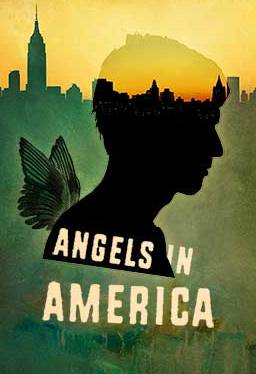
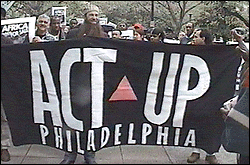

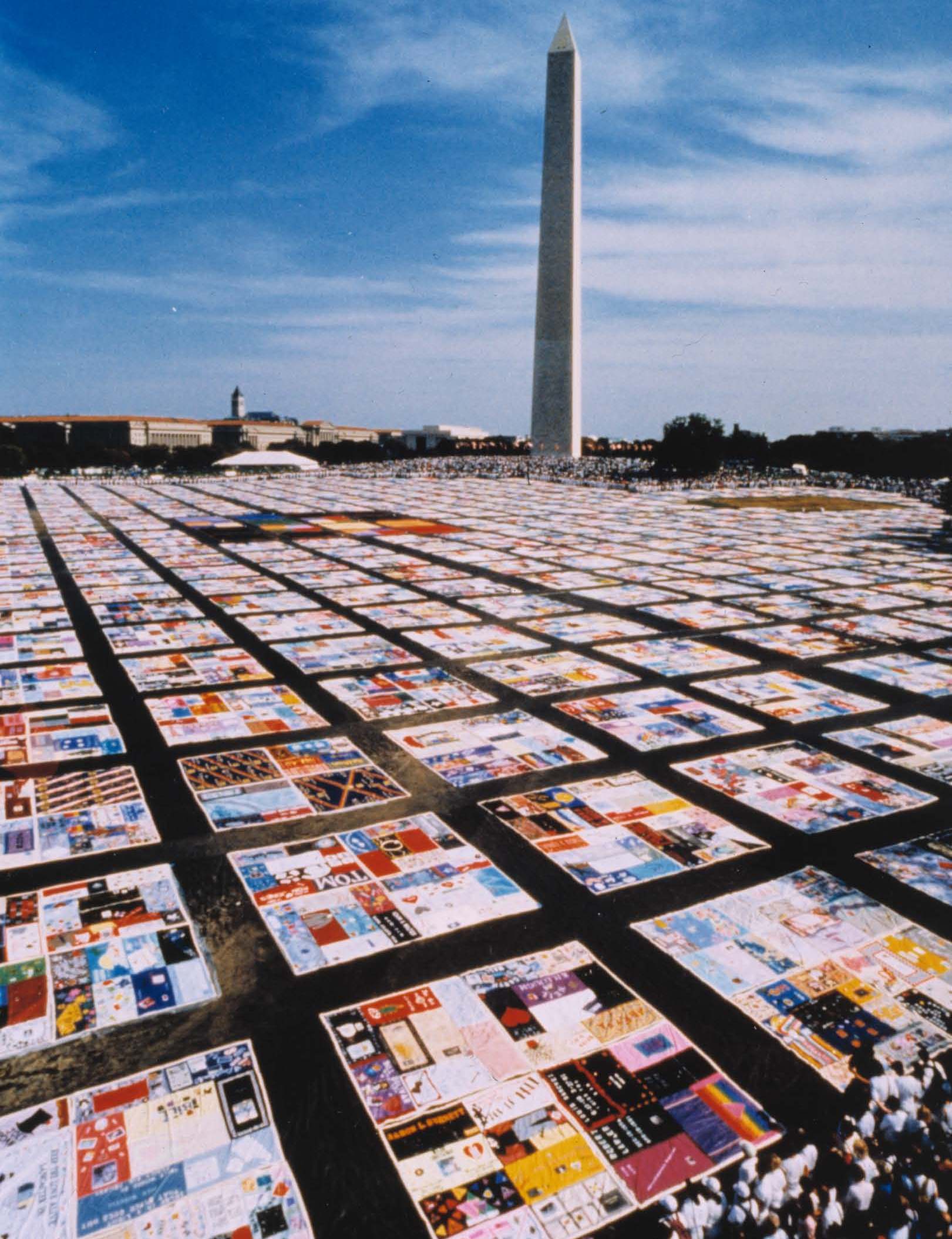
Famous Gays in History
Murder at City Hall: Killing of Mayor
Moscone and Harvey Milk
Celebrating 50 Years Since
Stonewall
Info:
Famous LGBTQ People
LGBTQ Writers, Artists and
Activists of the 80s and 90s
History of Gay Pride in
the United States
Info: LGBTQ Symbols
Notable Same Gender Couples from History
One Institute:
LGBTQ Archives
1990-1992
1990 - President George H. Bush signs National Hate
Crimes Act, the first to include gays
1990 - Militant group Queer Nation founded
1990 -
AIDS Documentary wins Oscar
1990 - Gay men and Lesbians accepted as rabbis at 101st
Annual Conference of American Rabbis
1990 -
South Carolina's first Gay and Lesbian Pride March takes
place in Columbia SC with 1000 people in attendance
(Folks from across the South drove in to support the
event; GA Rep Nan Orrock from Atlanta was keynote
speaker)
1990 - Gay Games III held in Vancouver
1990 - Gay and Lesbian Rights Movement collection
displayed at Smithsonian
1990 -
Ryan White (13 yr old) dies of AIDS, shattered
prevailing narrative that AIDS was a disease solely
confined to the gay community
1991 - Amnesty International adopted jailed gay men and
lesbians as prisoners of conscience
1991 -
Freddie Mercury dies of AIDS at age 45
1991 - An appeals court recognized a homosexuals
partner's rights as tantamount to those of a spouse
1991 - First television kiss between a same sex couple
(two women on LA Law)
1991 -
Homoerotic artist Tom of Finland dies
1991 - The
Dinah Music Celebration is founded in Palm Springs by
Mariah Hanson, eventually launching the careers of Lady
Gaga, Katy Perry, Tegan & Sara, Lizzo, Doechii, and
others
1992 - AIDS Quilt was unfolded in its entirety on the
Capitol Mall
1992 - University of Iowa extended health benefits to
domestic partners of its gay and lesbian employees
1992 - First Dyke March (Washington DC)
1992 - Canada allows gays and lesbians to serve in the
military
1992 - Massachusetts Governor Weld created Governor's
Commission on Gay and Lesbian Youth
1992 - President Bill Clinton is first president to
recognize gay and lesbian rights
1992 -
Singer KD Lang comes out as a lesbian
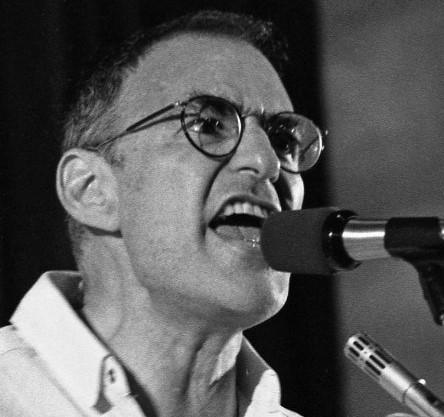
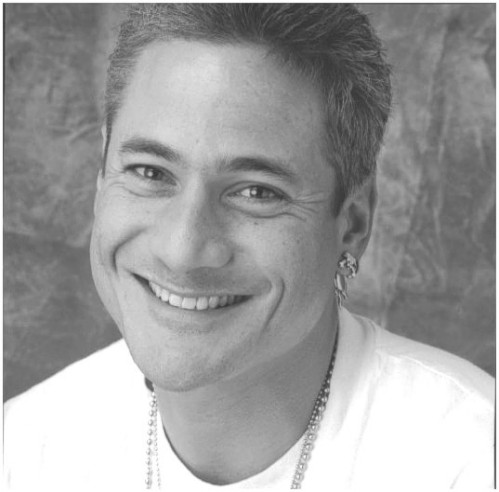
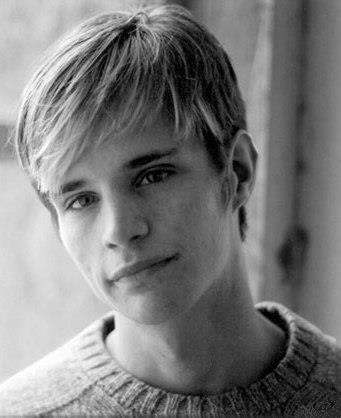

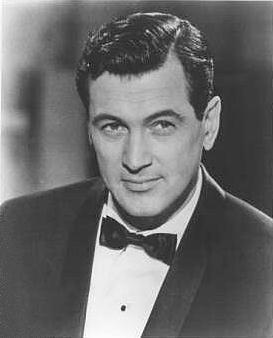
Evolution of the Gay Pride
Parade
List: LGBTQ Firsts by Year
How Harvey Milk Changed the Gay Rights Movement
History of Gay Pride in
the United States
Wanda Sykes: Overview of LGBTQ History
Evolution of Gay Rights
Historical Figures We Never Realized Were LGBTQ
Pride Marches From 1969 to Present: Queer History in
Photographs
Worldwide History of LGBTQ Rights | 1790-Present
History of Gay Pride in
the United States
1993-1999
1993 - Don’t Ask Don’t Tell policy is instituted for US
military
1993 - 21
year old trans person Brandon Teena is raped and murdered
1993 -
Grammy Awards ceremony features many openly gay and lesbian
performers
1993 - Strong genetic component to homosexuality found
in study
1993 –
Tony Kushner wins Pulitzer Prize for his play
Angels in America
1993 – Philadelphia
film is released, starring Tom Hanks, Denzel Washington
1993 - National March on Washington DC saw record breaking crowds
1993 - Roberta
Achtenberg, openly lesbian, appointed Asst Secretary of
Fair Housing & Equal Oppty
1993 - KD Lang and
Cindy Crawford on the cover of Vanity Fair magazine
1994 - Olympic diver Greg
Louganis comes out as gay
1994 - Derek Jarman, gay English
artist, writer, and filmmaker,
dies from AIDS
1994 - Rep Steve
Gunderson (R-Wis) is first openly gay republican in
congress
1994 - LGBTQ History Month
(October) is founded by Missouri
high school history teacher
Rodney Wilson
1994 - Gay Games IV took place in New York City
1994 -
Deborah Batts is first openly gay federal judge
1994 -
Paragraph 175 (established in 1871 to criminalize
homosexuality) was struck entirely from the German legal
code
1995 -
Glenn Burke, first openly gay MLB baseball player, dies
from complications related to AIDS
1995 -
President Clinton signs executive order forbidding
denial of security clearances on basis of sexual
orientation
CNN: LGBTQ Rights Milestones and Fast Facts
LGBTQ Historic Residences That You Can
Visit Now
Powerful LGBTQ Figures From History that
Nobody Ever Talks About
How Stonewall Riots Sparked a Movement
Essential Plays, Books, and Movies for
Understanding the History of Queer Liberation
Video Lesson: Living History of the LGBTQ Movement
Huff Post: I Wish I Had
Learned LGBTQ History in School
Advocate Mag: Champions of Pride 2019
Remembering Gay Bob: First Queer Doll From 50 years Ago
1996 - Rep Jim Kolbe (R-Ariz)
is second openly gay republican in congress
1996 - Rent musical premieres on
Broadway
1997 – Ellen DeGeneres appears on the
Oprah Wynfrey Show and comes out as a lesbian
1997 - James Hormel,
first US Ambassador to come out as gay, is nominated
1998 -
President Clinton signs Defense of Marriage Act, denying
federal benefits to same-sex spouses
1998 – Will & Grace TV show premieres
1998 -
University of Wyoming gay college student Matthew Shepherd
is killed
1998 - Miami-Dade County
reinstates human rights protection for gays and
lesbians, reversing Anita Bryant's earlier efforts
1998 - Torch Song
Trilogy film is released
1998 - Fred 'Fritz' Klein founds
American Institute of
Bisexuality and develops
multidimensional grid for
describing sexual orientation
1998 - Coretta Scott King
called on civil rights community to join the struggle
against homophobia
1999 - Rep Tammy Baldwin
(D-Wis) is first out lesbian US Representative when elected
1999 -
Transgender activist Monica Helms designs the original
trans pride flag
1999 - The
Admiral Duncan pub in Soho is bombed, killing 3 and
injuring 79
1999 - Stonewall Inn added to
National Register of Historic
Places
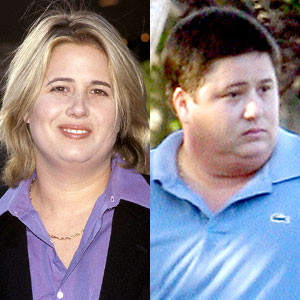
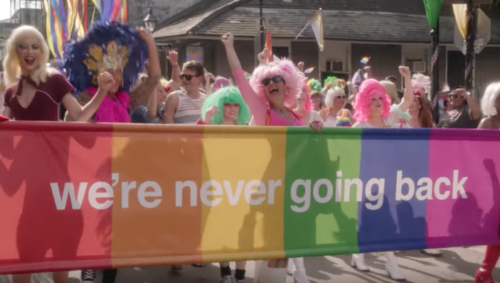
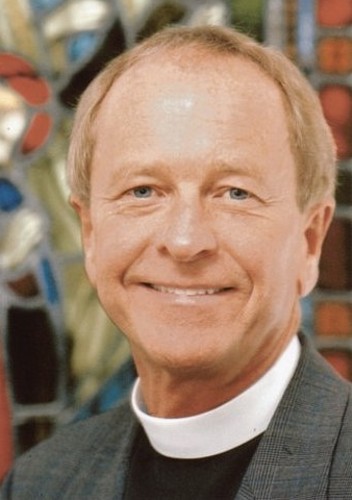
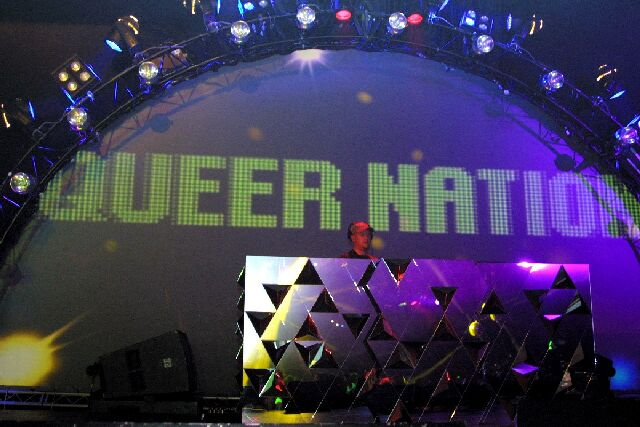
Invisible
Histories Project
Brief History of Queer Political Action
List: LGBTQ Firsts by Year
Murder at City Hall: Killing of Mayor
Moscone and Harvey Milk
Fight for LGBTQ Rights Throughout History
One Institute:
LGBTQ Archives
Queer History in Photographs: Pride
Marches From 1969 to Present
Video: Overview of 20th Century LGBTQ History
American Park Service Report: LGBTQ Heritage Initiative
LGBTQ Film History: Early Years (1910s to 1920s)
2000-2005
2000 - Vermont becomes first state to legalize civil
unions between gay and lesbian couples
2000 - President Clinton declares June as Gay Pride
Month
2000 -
Stonewall Inn designated a National Historic Landmark
2000 -
Director and writer Del Shores releases Sordid Lives
movie
2001 -
Netherlands becomes first country to legalize same-sex
marriage
2001 -
David Jay founded the Asexual Visibility & Education
Network (AVEN)
2001 -
Dutch couple Gert Kasteel and Dolf Pasker make history
when they got married in the world’s first
legally-recognized same-sex wedding
2001 -
Mark Bingham, gay rugby player aboard United Airlines
flight 93, helps thwart terrorist attack
2002 -
Transgender Law Center founded
2002 -
Gwen Araujo, a 17 year old transgender Latina, was
brutally murdered ion San Francisco
2002 - David Cicilline is
first openly gay mayor of US state capital, Providence
RI
2002 -
Laramie Project launched
2002 – Rosie O’Donnell comes out as a
lesbian on The View television show
2002 -
Sylvia Rivera Law Project, legal aid organization (NYC),
formed by attorney and transgender civil rights
activist, Dean Spade
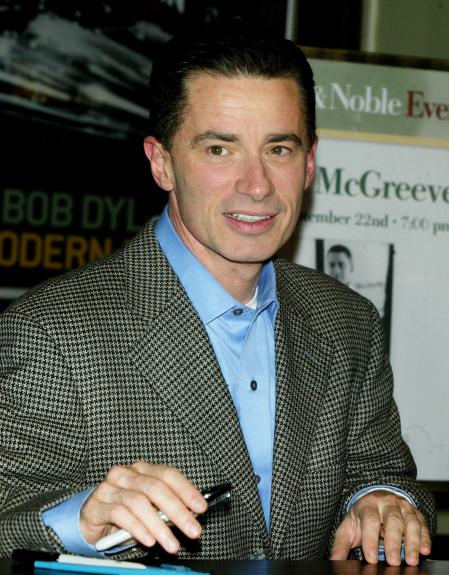
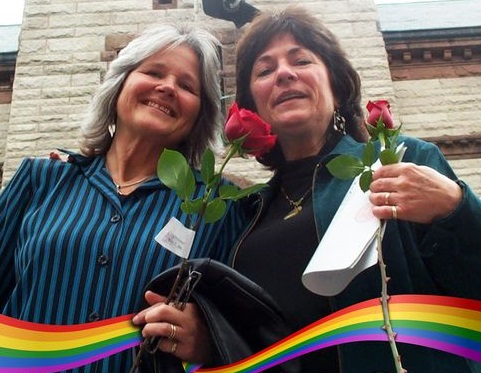
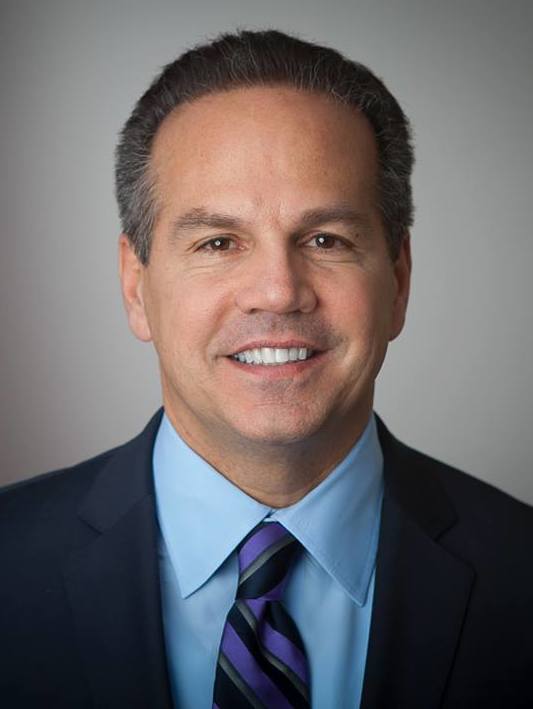
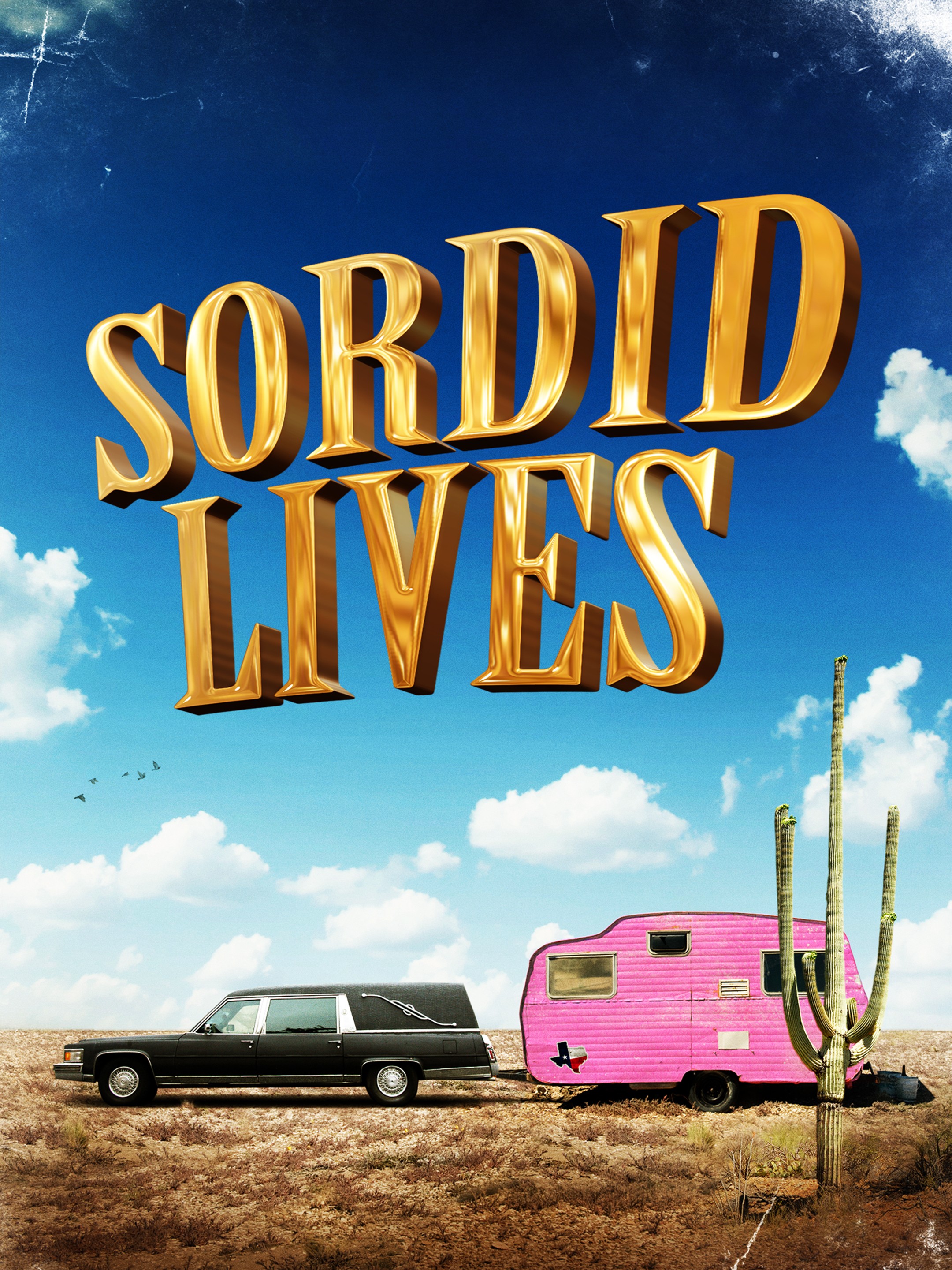
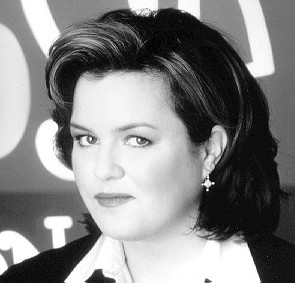
2003 -
Ellen DeGeneres premieres first season of her daytime TV
talk show
2003 -
Gene Robinson becomes first openly gay Episcopal bishop
2003 - Belgium legalizes
same-sex marriage
2003 - Angels in
America film is released, starring Al Pacino, Meryl
Streep, Emma Thompson, Mary-Louise Parker
2003 - National Black Justice Coalition
founded
2003 -
Supreme
Court invalidates all remaining anti-sodomy laws in its
ruling in Lawrence v. Texas
2003 – Queer Eye for the Straight Guy TV
show premieres
2004 - James Baldwin US postage
stamp issued
2004 - US Senate defeats measure to create
constitutional amendment limiting marriage to
heterosexual
2004 - 11
openly gay and lesbian athletes at Olympic Games in
Athens
2004 -
Bisexual American writer Susan Sontag dies
2004 -
Massachusetts
becomes first US
state to legalize same-sex marriage
2004 - Tanya
McCloskey and Marcia Kadish are the first same sex
couple to be legally married in the United States; the
wedding took place in Cambridge City
Hall, Massachusetts
2004 -
Miss International Queen Pageant forms for transgender
contestants
2005 -
Singer Lesley Gore comes out as a lesbian
2005 -
Canada and Spain legalize same-sex marriage
2005 -
Deirdre Downs, from Alabama, becomes first openly gay
Miss America pageant titleholder
2005 -
Brokeback Mountain, film about gay cowboys, released
in theaters
Gay History Quiz
Essential Plays, Books,
and Movies for Understanding the History
of Queer Liberation
Info: Archaic
Language and Images
LGBTQ History: Queer
Icons
LGBTQ Royals You Didn’t
Learn About in History Class
Queer Couples Through History From
Ancient Egypt to the White House
Buzzfeed: This is What
Gay Liberation Looked Like in the 70s
Major Moments in Queer History Beyond the Stonewall
Riots
Wanda Sykes: Overview of LGBTQ History
How Harvey Milk Changed the Gay Rights Movement
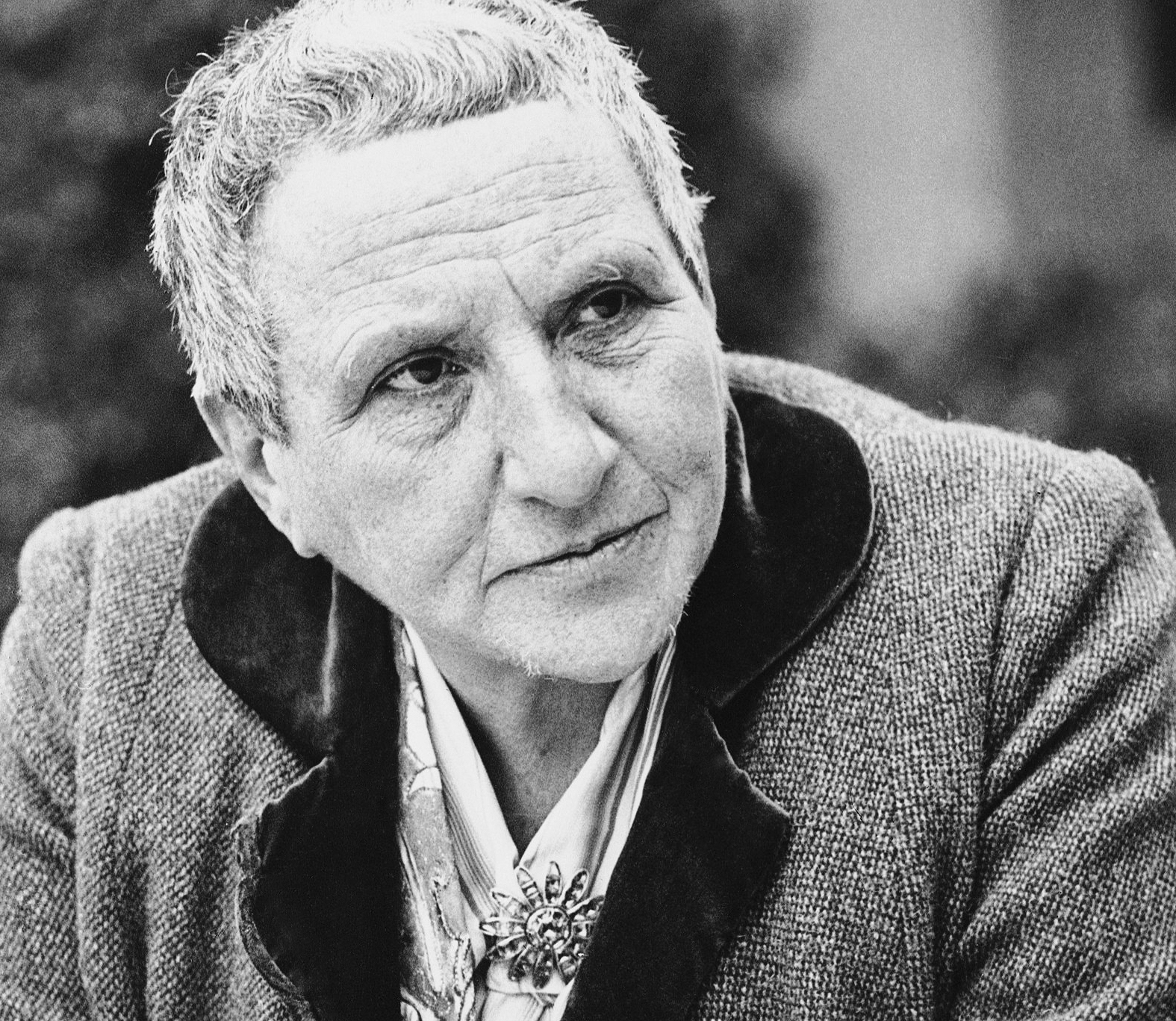
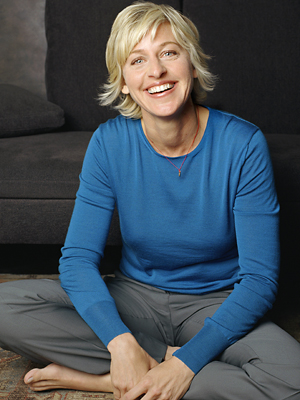
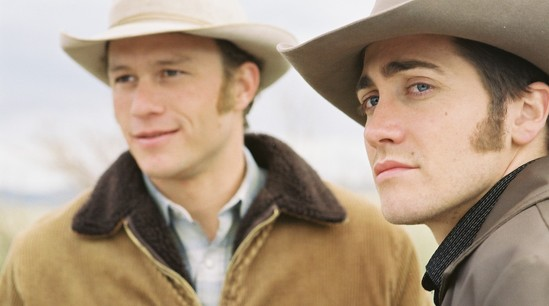
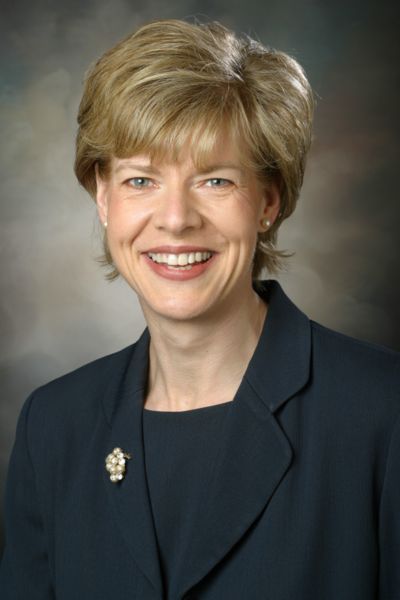
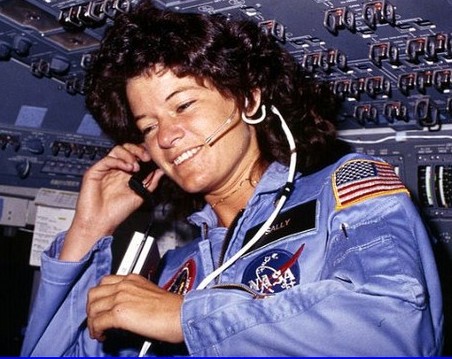
2006-2011
2006 -
Brokeback Mountain wins 3 Academy Awards and 5
nominations
2007 - First American
presidential candidate forum on LGBTQ issues (6
Democrats, 0 Republicans)
2006 - Patricia Todd is
first openly gay legislator in Alabama (House seat
representing Birmingham)
2006 - South Africa
legalizes same-sex marriage
2008 – Milk, film
about life of Harvey Milk, is released, starring Sean
Penn, Josh Brolin, James Franco
2008 - 10
openly gay and lesbian athletes at Olympic Games in
Beijing
2008 - Connecticut
legalizes same-sex marriage
2008 -
Angie Zapata, transgender woman, beaten to death in
Colorado; Her killer, Allen Andrade, was convicted of
first-degree murder and committing a hate crime; first
case in the nation to get a conviction for a hate crime
involving a transgender victim
2008 - Rachel Maddow
Show premieres on MSNBC Television
2008 - Jerry Falwell,
racist and homophobic televangelist and founder of Moral
Majority, dies at 73
Powerful LGBTQ Figures From History that
Nobody Ever Talks About
Queer Couples Through History From Ancient Egypt to the
White House
Billy Porter: Brief History of Queer Political Action
A Movement Caught Hold and Has Never Let Go
APA: History of LGBTQ Social Movements
Queer Activists Past and Present Whose
Names You Should Know
Pride Marches From 1969 to Present: Queer History in
Photographs
Historical Figures We Never
Realized Were LGBTQ
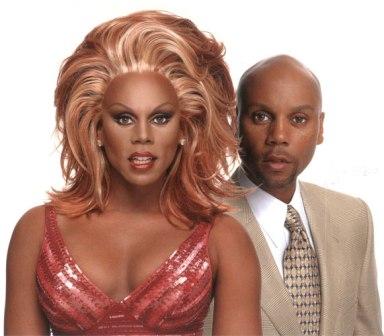

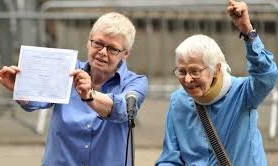
2009 - Chastity Bono (dn),
child of Sonny & Cher, transitions from female to male to become Chaz Bono
2009 -
Jóhanna Sigurðardóttir becomes prime minister of
Iceland, becoming country's first woman and openly gay
person to fill the position (She is also thought to be
the world’s first openly LGBTQ head of state)
2009 -
Annise Parker
becomes mayor of Houston, largest US city with lesbian
mayor
2009 -
Norway and Sweden legalize same-sex marriage
2009 -
Iowa and Vermont legalize same-sex marriage
2009 -
First season of RuPaul's Drag Race premieres
2009 -
Nicole ‘Nikki’ Sinclaire becomes Britain's first
transgender member of Parliament
2010 -
Repeal of US Military's Don't Ask Don't Tell Policy
2010 - Argentina,
Iceland, and Portugal legalize same-sex marriage
2010 - It Gets Better
campaign launched
2010 -
New Hampshire and Washington DC legalize same-sex marriage
2011 -
Openly gay lawyer, judge and politician Donna M
Nesselbush takes office in Rhode Island General Assembly
2011 -
New York legalizes same-sex marriage
2011 - California mandates LGBTQ curriculum in public
schools
2011 -
Phyllis Siegal and Connie Kopelove become first same-sex
couple to be legally married in New York
American LGBTQ Museum
Famous Gays in History
Diversity Inc: LGBTQ
Historical Timeline
How the Nazis Destroyed the First Gay
Rights Movement
Notable Same Gender Couples from History
The Rise of a Gay and
Lesbian Movement
LGBTQ Figures From History You Need to
Know About
Major Moments in Queer History Beyond the Stonewall
Riots
Wanda Sykes: Overview of LGBTQ History
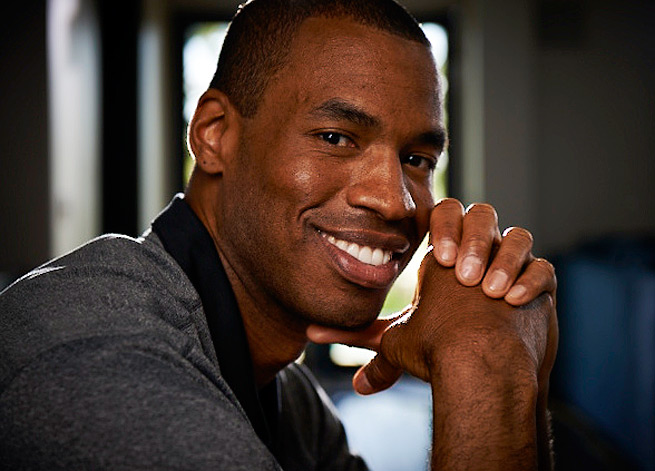
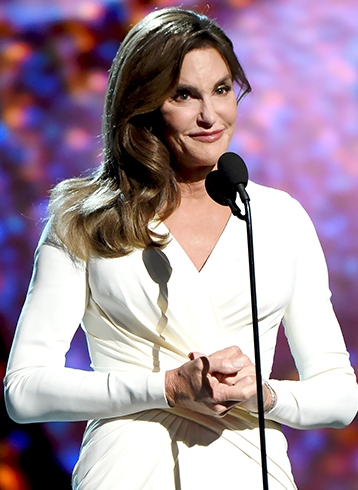
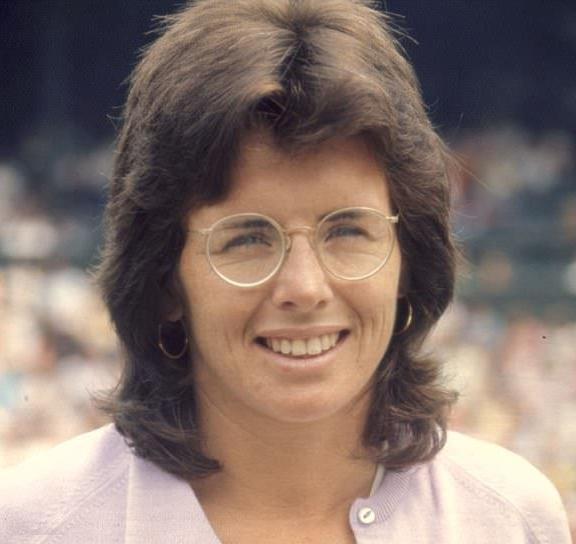
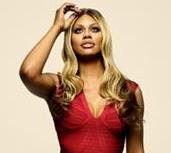
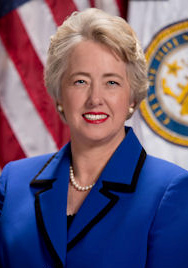
2012-2013
2012 - Sen Tammy Baldwin
(D-Wis) is first out lesbian senator
2012 - President Obama announces support for same-sex
marriage rights
2012 - Seven LGBTQ candidates win elections in the US
Senate and House
2012 - Astronaut Sally Ride dies and posthumously comes
out as lesbian
2012 - Tammy Smith
first is first out
lesbian brigadier general in US Army
2012 - Kylar Bodus is
first transgender person to testify at US Senate hearing
2012 - 21
openly gay and lesbian athletes at Olympic Games in
London
2012 -
Denmark legalizes same-sex marriage
2012 -
Punk rocker Laura Jane Grace comes out as transgender
2012 -
Washington and Maine legalize same-sex marriage
2012 -
Kate McKinnon is first out lesbian to join cast of
Saturday Night Live TV show
2012 - Rep Mark Takano (D-Calif) becomes first openly LGBTQ
person of color and first gay Asian American elected to
Congress
2013 - US
Supreme Court strikes down Defense of Marriage Act and
California's Proposition 8
2013 - Jason Collins become first openly gay NBA athlete
2013 - Queen Elizabeth II pardons Alan Turing for 1952 homosexuality conviction
2013 - Laverne Cox, MTF
transgender person, stars in Orange is the New Black
television show
2013 - Brazil, France, New Zealand, and Uruguay legalize
same-sex marriage
2013 -
Maryland, California, Delaware, Minnesota, Rhode Island,
New Mexico, New Jersey, and Hawaii legalize same-sex marriage
2013 - New Jersey and California ban reparative therapy
2013 - Mark Takano becomes first gay Asian person in US
Congress
2013 - US Supreme Court Justice Sandra Day O'Conner
officiates wedding ceremony for gay couple
2013 -
Kyrsten Sinema elected to US House of Representatives
becoming first openly bisexual member of Congress
Gay Actors of Hollywood's Golden Age
LGBTQ Writers, Artists and
Activists of the 80s and 90s
Best Time in History to be Gay or Lesbian
Timeline: LGBTQ History in the United States
Info: LGBTQ Symbols
Ted Brown: Gay Activist Who Spent 50 Years Fighting for
LGBTQ Rights
Stonewall Forever: Past, Present, and Future Pride
LGBTQ History Can Be Found in Everyone's Past
Iconic Photos of LGBTQ History
Great Queers of History
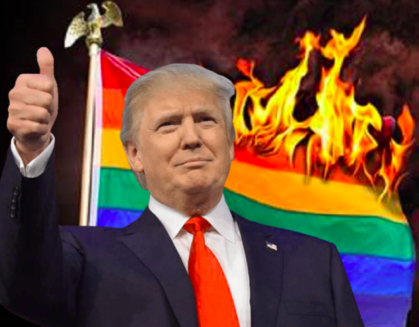
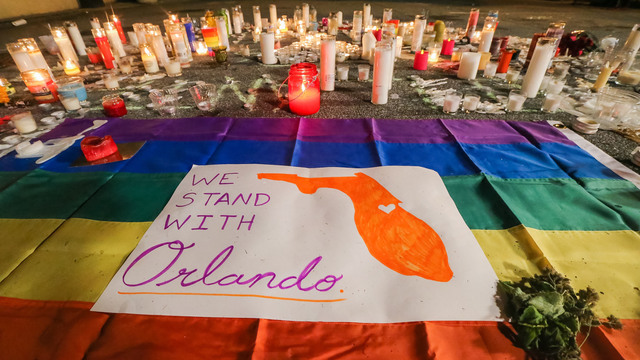
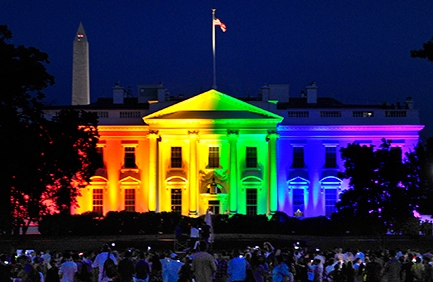 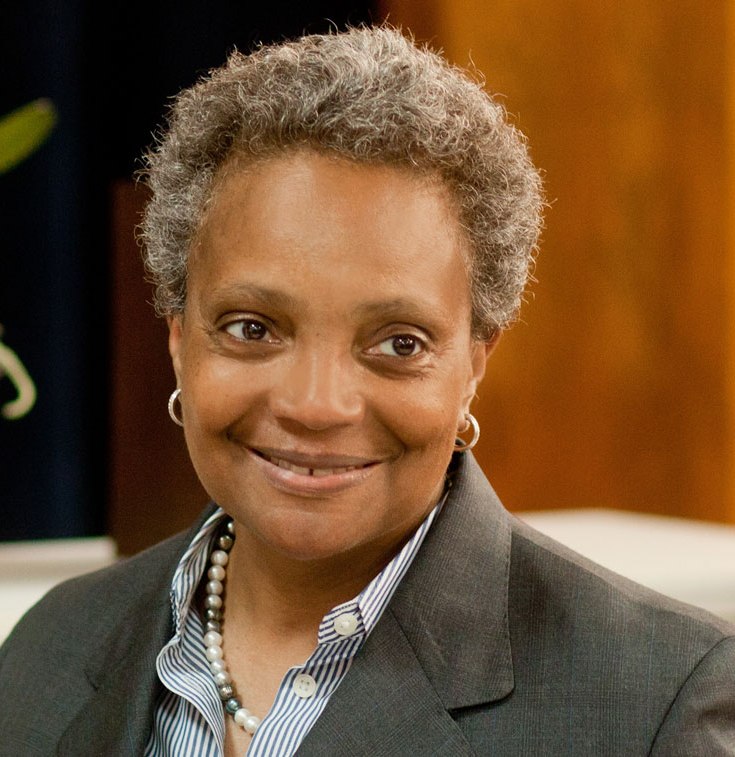
2014
2014 - Transwoman Laverne Cox
appears on cover of Time Magazine
2014 -
Michael Sam becomes first openly gay NFL athlete
2014 - BP Oil Co CEO Lord
John Browne comes out as gay
2014 -
Darrin Gayles becomes first out gay Black federal judge
2014 -
Martina Navratilova proposes to longtime girlfriend
Julia Lemigova at US Open and they marry later the same year
2014 -
Openly gay and lesbian athletes at Olympic Games in
Sochi, Russia
2014 -
Television series Grace and Frankie candidly
tackles gay relationships, starring Jane Fonda, Lily
Tomlin, Sam Waterston, and Martin Sheen
2014 -
Facebook offers 56 different gender options for its
users
2014 -
United Kingdom and Scotland legalize same-sex marriage
2014 - US Post Office issues Harvey Milk stamp
2014 - Boy Scouts end anti-gay policy and allow gay
youth to join
2014 - Apple CEO Tim Cook announces publicly that he is
gay
2014 - Ed Murray
elected mayor of Seattle, largest US city with gay male mayor
2014 -
Oregon, Pennsylvania Illinois, Oklahoma, Virginia, Utah,
Indiana, Wisconsin, Colorado, West Virginia, Nevada,
North Carolina, Alaska, Idaho, Arizona, Wyoming,
Montana, and South Carolina legalize same-sex marriage
2014 -
Indian Supreme Court recognizes hijras, transgender
people, eunuchs, and intersex people as a third gender
History of Gay Pride in
the United States
Evolution of Gay Rights
Queer Couples Through History From Ancient Egypt to the
White House
LGBTQ Royals You Didn’t Learn About in
History Class
How Harvey Milk Changed the Gay Rights Movement
Important LGBTQ Moments in US History
Essential Plays, Books, and Movies for
Understanding the History of Queer Liberation
Celebrating 50 Years Since
Stonewall
Info: Archaic Language and Images
One Institute:
LGBTQ Archives
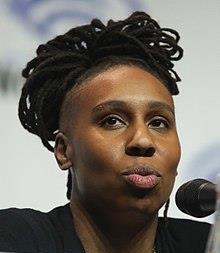
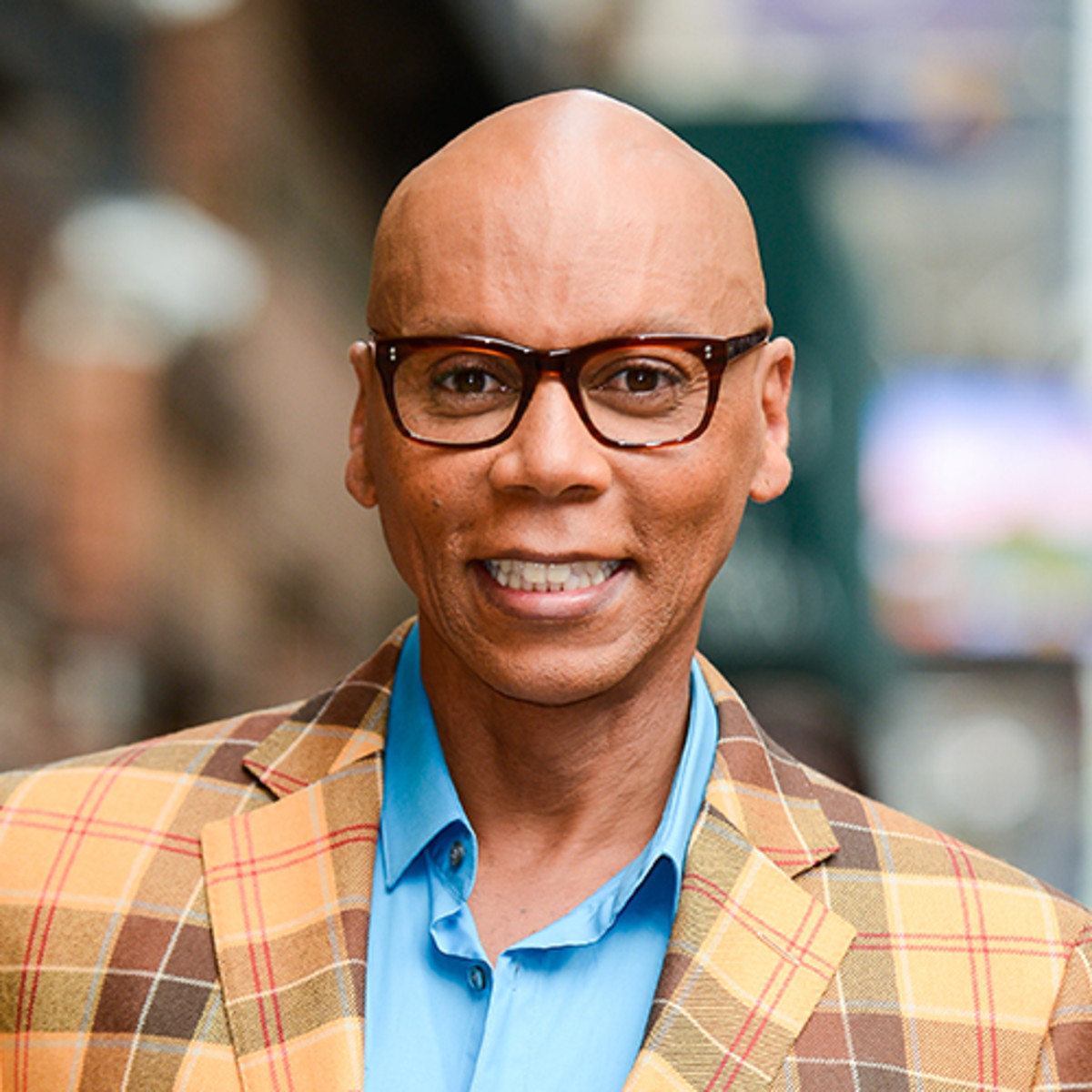
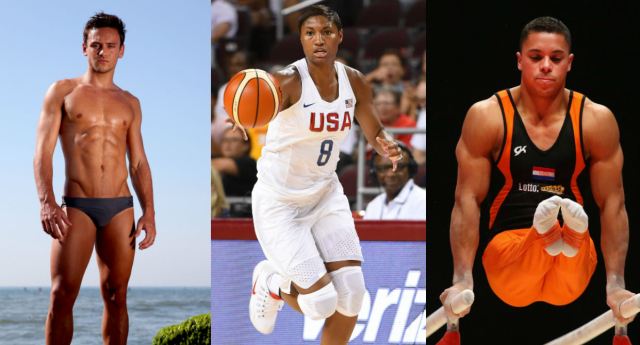
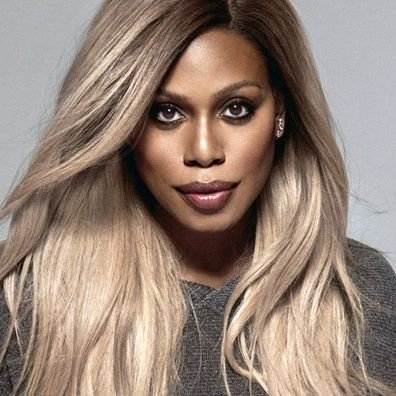
2015-2016
2015 -
Florida and Alabama legalize same-sex marriage
2015 - US
Supreme Court declares same-sex marriage legal in United
States
2015 - Bruce Jenner (dn) undergoes gender reassignment
surgery and becomes Caitlyn Jenner
2015 -
Oregon Gov
Kate Brown, who is bisexual, becomes first openly LGBTQ
person to be elected governor
2015 - Luxemburg and Ireland legalize same-sex marriage
2015 - Oregon and Washington DC ban reparative therapy
2015 - Jim Parsons, star of 'Big Bang Theory' gets a
star on the Hollywood Walk of Fame
2015 - Stonewall Inn is declared historical landmark
by NYC Landmarks Preservation
Commission on basis of its
status in LGBTQ history
2016 - Gallup Poll
reports that LGBTQ population is 4.6%, not 10% as
previously estimated
2016 - Sen Harris Wofford
announces plans to marry a man and becomes first male US
Senator to come out
2016 - Eric Fanning is first out gay man
appointed US Secretary of Army
2016 - Sarah McBride, MTF
transgender person, addresses Democratic National
Convention
2016 -
Mass shooting at gay bar in Orlando, Florida
2016 -
Many openly gay and lesbian athletes at Olympic Games in Rio
de Janeiro, Brazil
2016 -
Pres Obama designates Stonewall Inn the "Stonewall
National Monument" (First US Natl Monument dedicated to
LGBTQ rights movement)
2016 -
Greenland and Colombia legalize same-sex marriage
2016 - Illinois and Vermont ban reparative therapy
2016 - LGBTQ performers are among highest paid in
Hollywood and the media, including Jim Parsons, Jesse
Tyler Ferguson, Wentworth Miller, Ellen DeGeneres, Miley
Cyrus, Anderson Cooper, Rachel Maddow
2016 - Vice President Joe Biden officiates a gay wedding
ceremony
2016 - George
Michael, musician, dies at age 53
2016 -
Donald Trump is elected President, threatening to impede LGBTQ rights
Invisible
Histories Project
Brief History of Queer Political Action
Fight for LGBTQ Rights Throughout History
Gay History Quiz
Murder at City Hall: Killing of Mayor
Moscone and Harvey Milk
History of
Gay Pride in the United States
Info: Archaic
Language and Images
LGBTQ History: Queer
Icons
Queer History in
Photographs: Pride Marches From 1969 to
Present
Video: Overview of 20th Century LGBTQ
History
List: LGBTQ Firsts by
Year
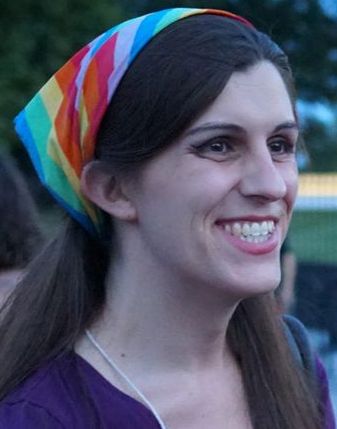
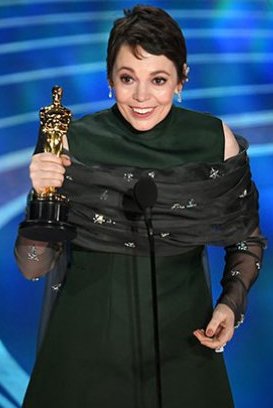


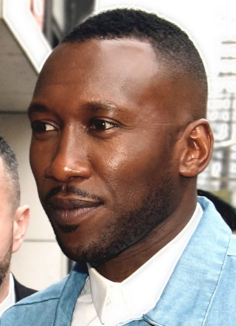
2017-2018
2017 -
Famous LGBTQ Activist Edith Windsor dies
2017 -
Barry Manilow comes out as gay, during a cover story for
People magazine (He was 73 years old at the time, and
the public announcement came several years after his
private marriage to his longtime partner, Garry Kief, in
2014)
2017 -
Ines Rau is first transgender Playboy model
2017 -
Finland, Malta, Germany, and Australia legalize same-sex marriage
2017 -
Transwoman Danica Roem elected to public office in
Virginia
2017 - New Mexico, Connecticut, Rhode Island, and Nevada
ban reparative therapy
2017 -
Gilbert Baker, creator of the rainbow flag, dies
2017 -
Mariah and Tessa kiss on The Young and the Restless soap
opera and begin their same-sex relationship
2017 - Leo
Varadkar becomes Ireland’s first gay prime minister
2018 -
Pentagon confirms that first transgender person has
signed a contract to join US military
2018 -
India decriminalizes homosexuality
2018 -
Megan Rapinoe and Sue Bird become first gay couple on
cover of ESPN Body Issue
2018 -
Angela Ponce is first transgender person to compete in
Miss Universe pageant
2018 -
Minnesota, Oregon, California, Colorado, Maine, and DC
issue non-binary driver's licenses
2018 - New
York adds third gender option to birth certificates
2018 -
Record number of LGBTQ candidates run for and are
elected to US Congress
2018 -
Democratic US Rep Jared Polis wins Colorado governor's
race, becoming nation's first openly gay man to be
elected governor
2018 -
Sharice Davids (Kan-Dem) is first Native American
lesbian elected to Congress
2018 - Washington,
Hawaii, Delaware, and Maryland ban reparative therapy
2018 - Deidre Downs becomes first Miss America to enter a
same-sex marriage
2018 -
Marvia Malik becomes Pakistan's first transgender
television news anchor
2018 - Lord Ivar Mountbatten, Prince Charles' cousin,
marries James Coyle; first member of British monarch’s
family to wed a same-sex partner
2018 - Kyrsten Sinema becomes first out bisexual ever
elected to US Senate
2018 - Truveda begins airing TV
ads for Prep and other
HIV-prevention medications
2018 - Rep Angie Craig becomes
first openly LGBTQ member
elected to Congress from
Minnesota and first openly LGBTQ
Mom
Buzzfeed: This is What
Gay Liberation Looked Like in the 70s
Stonewall Forever: Past, Present, and Future Pride
Video List: Famous LGBTQ Folk
American Park Service Report: LGBTQ Heritage Initiative
Celebrating 50 Years Since
Stonewall
Info:
Famous LGBTQ People
Wanda Sykes: Overview of LGBTQ History
CNN: LGBTQ Rights Milestones and Fast Facts
Timeline: LGBTQ History in the United States
Huff Post: I Wish I Had
Learned LGBTQ History in School
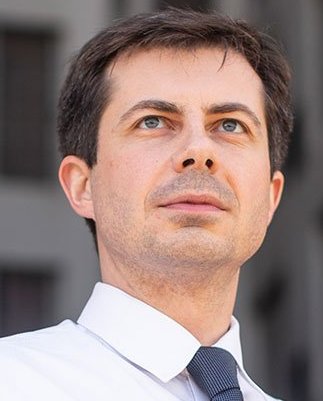
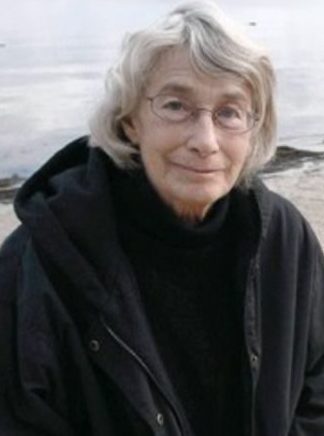
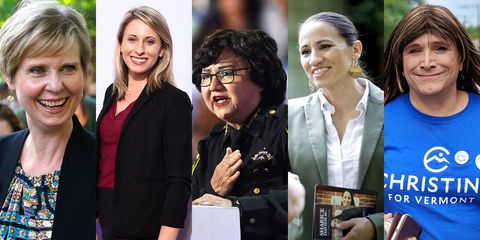
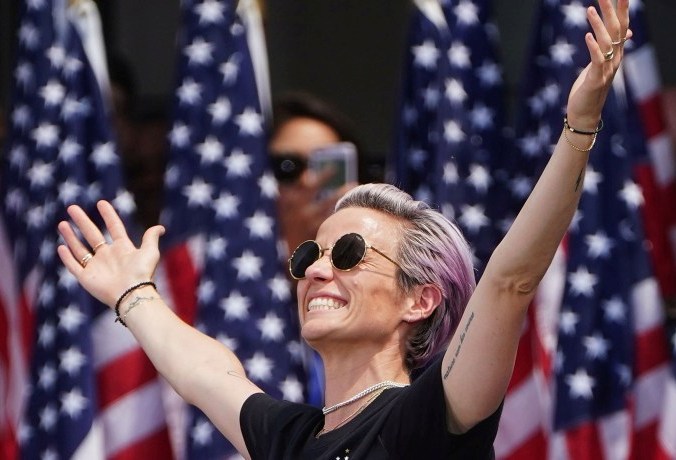
2019
2019 -
Pulitzer Prize winning poet Mary Oliver dies
2019 -
Large number of LGBTQ-themed movies nominated at Academy
Awards
2019 -
Billy Porter becomes the first openly gay black man to
win Emmy for best lead actor in a drama series
2019 - Daniela Vega becomes first openly transgender
presenter in Academy Awards history
2019 -
Lori Lightfoot is first gay black female to become mayor
of Chicago
2019 -
President Trump bans transgender troops from the US
military
2019 - US
Women's Soccer Team wins World Cup, led by lesbian Megan
Rapinoe
2019 -
Indya Moore becomes first trans cover model for Elle
Magazine
2019 -
Taiwan, Austria, and Ecuador legalize same-sex marriage
2019 - New Hampshire, New York, Massachusetts, Maine,
and Colorado ban reparative therapy
2019 - Record number of cases of violence to and murder
of transgender people
2019 - Pete Buttigeig becomes first US presidential
candidate who is openly gay
2019 - 50th anniversary of Stonewall Riots is
commemorated worldwide with unprecedented coverage
2019 - Valentina Sampaio becomes first openly
transgender model for Victoria's Secret
2019 - New Jersey, Colorado, Oregon, and Illinois
mandate LGBTQ curriculum in public schools
2019 - New York City Police Dept apologizes for raid on
Stonewall Inn in 1969
2019 - Lil Nas X, American rapper and singer-songwriter,
releases country rap single "Old Town Road"
2019 - Bowen Yang is first out gay Asian cast member on
Saturday Night Live TV show
American LGBTQ Museum
The Rise of a Gay and
Lesbian Movement
American Park Service Report: LGBTQ Heritage Initiative
LGBTQ Writers, Artists and
Activists of the 80s and 90s
Major Moments in Queer History Beyond the Stonewall
Riots
Best Time in History to be Gay or Lesbian
Gay Actors of Hollywood's Golden Age
History of Gay Pride in
the United States
LGBTQ Historic Residences That You Can
Visit Now

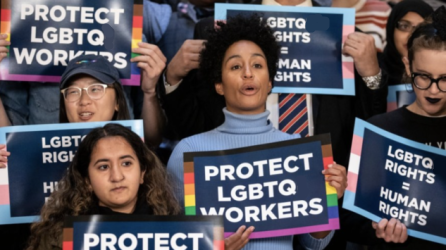
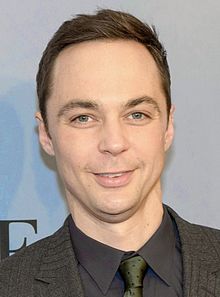
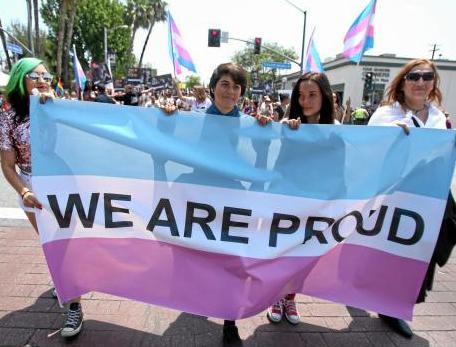
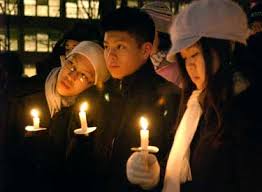
2020
2020 - Katie Sowers (San Francisco 49ers) becomes first
openly LGBTQ coach in Super Bowl
2020 - Pete Buttigieg, first out gay presidential
candidate, wins Iowa Caucus
2020 - Northern Ireland and Costa Rica legalize same-sex
marriage
2020 - State Park in Brooklyn is renamed to honor
Stonewall icon Marsha P Johnson
2020 - Many conservative evangelical religious groups
blame coronavirus pandemic on LGBTQ people
2020 - Iconic lesbian activist Phyllis Lyon dies
2020 - Gay rock n roll pioneer Little Richard dies
2020 - Larry Kramer, gay author and AIDS activist, dies
2020 - Methodist Church disagrees at National Convention over question of LGBTQ
inclusion
2020 - Many Pride festivals cancelled due to coronavirus
pandemic
2020 - LGBTQ organizations join forces with Black Lives
Matter to protest in the wake of George Floyd murder
2020 - US Supreme Court rules in favor of LGBTQ
employment rights (Applies Title VII of 1964 Civil
Rights Act)
2020 - Gay film director Joel Shumacher dies
2020 - Leslie Jordan, 65-year-old gay actor, became
internet famous posting videos showing the despair and
comedy of living in quarantine
LGBTQ Royals You Didn’t Learn About in
History Class
Notable Same Gender Couples from History
Queer Activists Past and Present Whose
Names You Should Know
Info: LGBTQ Symbols
How Harvey Milk Changed the Gay Rights Movement
LGBTQ History Can Be Found in Everyone's Past
Great Queers of History
How Stonewall Riots Sparked a Movement
LGBTQ Film History: Early Years (1910s to 1920s)
Video: Overview of 20th Century LGBTQ History
One Institute: LGBTQ Archives
Evolution of the Gay Pride
Parade
Famous Gays in History
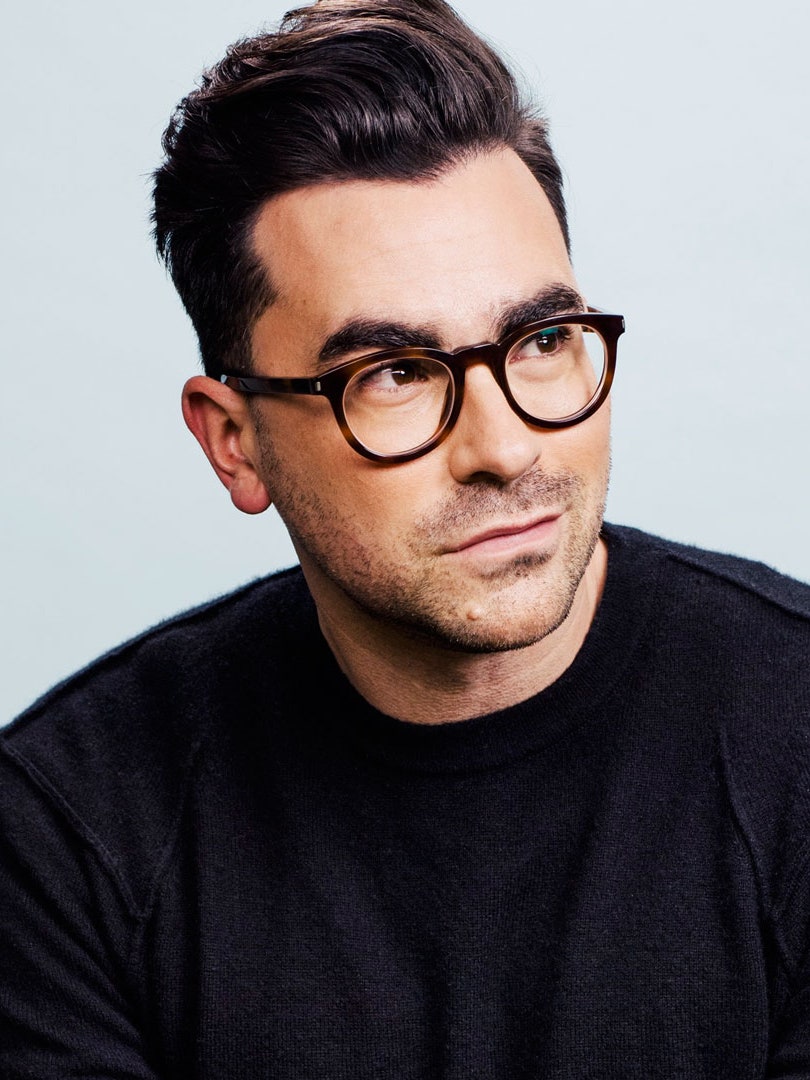
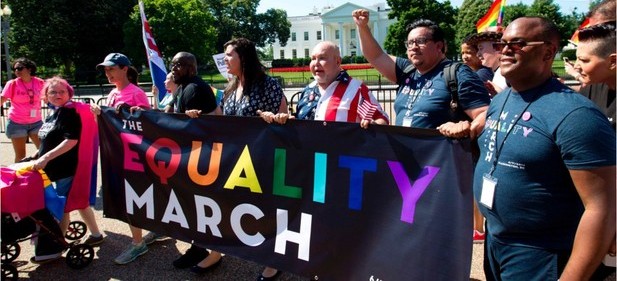
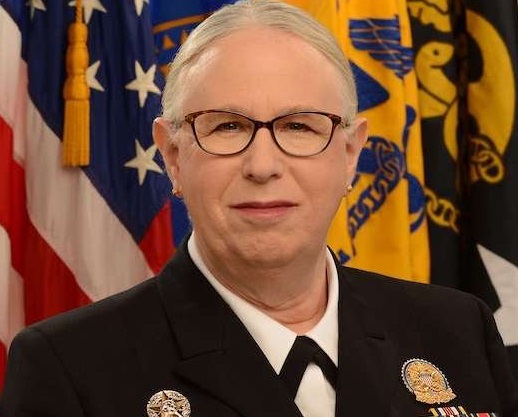
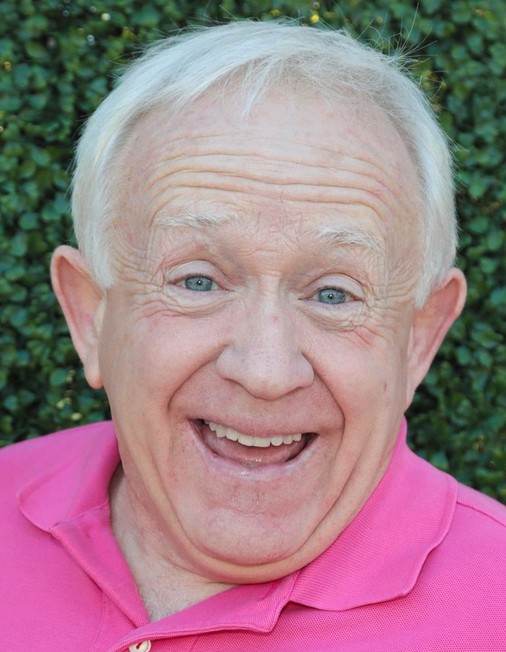
2020
2020 - Documentary TV series Tiger King features
Joe Exotic, a big cat owner, country singer, gay
polygamist
2020 - TV series Schitt’s Creek features same-sex
love story and wedding, celebrated as commonplace
2020 - Transgender and non-binary characters featured in
several television shows for the first time
2020 - Valentina Sampaio becomes first openly
transgender model to appear in the Sports Illustrated
Swimsuit Edition
2020 - Civil Rights Icon Congressman John Lewis dies
2020 - US Supreme Court Justice Ruth Bader Ginsberg dies
2020 - Pope Francis announces support of LGBTQ people,
including same sex civil unions
2020 - Ritchie Torres snd Mondaire Jones become first
openly gay black members of Congress
2020 - Film actor Ellen Page (dn) announces he is
transgender, becomes Elliot Page
2020 - First out transgender winner on Jeopardy Game
Show
2020 - Black gay writer Randall Kenan dies
2020 - Monica Roberts, trans journalist, dies
2020 - Genderfluid British comic Eddie Izzard begins
using she/her pronouns exclusively
2020 - Hallmark and Lifetime TV networks present
gay-themed Christmas movies
Important LGBTQ Moments in US History
Iconic Photos of LGBTQ History
History of Lesbian Fashion
Pride Marches From 1969 to Present: Queer History in
Photographs
Ted Brown: Gay Liberation Front
Queer Activists Past and Present Whose
Names You Should Know
Stonewall Forever: Past, Present, and Future Pride
Queer Couples Through History From Ancient Egypt to the
White House
Gay Actors of Hollywood's Golden Age
Info: Archaic Language and Images
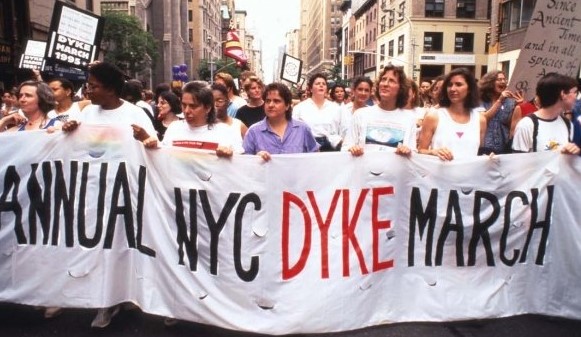
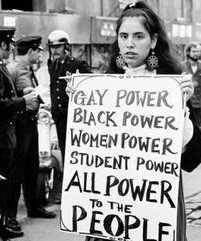
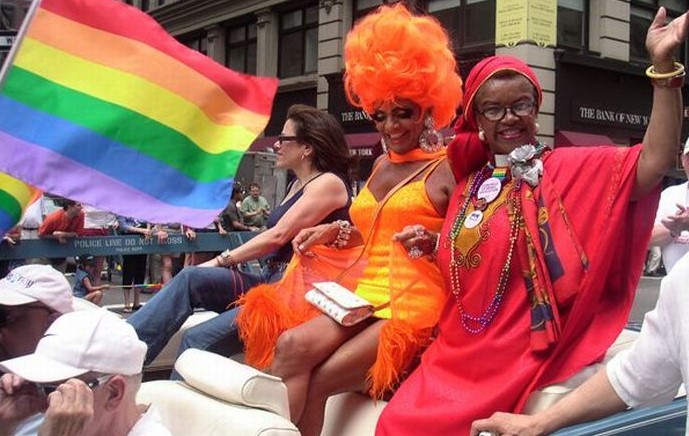

2021
2021 - US House of Representative adopts sweeping
gender-neutral language rules
2021 - Joe Biden becomes US President, introduces pro-LGBTQ
agenda
2021 - On first day in office, President Biden issues
several pro-LGBTQ executive actions
2021 - President Biden reverses Trump's transgender
military ban
2021 - Sarah McBride becomes first transgender state
senator (Delaware)
2021 - Pete Buttigieg becomes first LGBTQ presidential
cabinet member (Secretary of Transportation)
2021 - Dr. Rachel Levine, selected by Pres Biden, is
first transgender person appointed to federal position
(Asst Health Secretary)
2021 - Nicholas Yatromanolakis becomes first out gay
cabinet minister in Greece
2021 - Homophobic radio talk show host Rush Limbaugh
dies
2021 - Puerto Rican social justice pioneer and LGBTQ
activist Carmen Vazquez dies
2021 - Anti-Trans Violence Continues to Surge,
especially on black women
2021 - B Scott becomes first trans non-binary TV host
and producer on BET
2021 - Many states sign bills banning trans athletes
from school sports
2021 - Elliot Page becomes first trans man on the cover
of Time Magazine
2021 - Leyna Bloom becomes first transgender woman of
color in Sports Illustrated swimsuit edition
2021 - Gay scientist and World War II codebreaker Alan
Turing is featured on £50 Note in United Kingdom
2021 - Arkansas becomes first state to outlaw
gender-affirming treatment for transgender youth
2021 - President Biden issues first presidential
proclamation of Transgender Visibility Day
2021 - Megan Rohrer elected as first openly transgender
bishop in US Lutheran Church
2021 - Sesame Street introduces gay characters
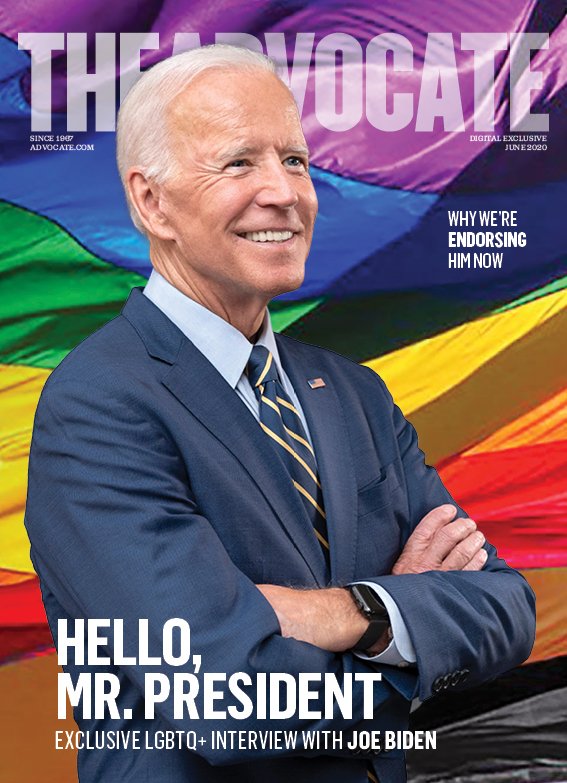
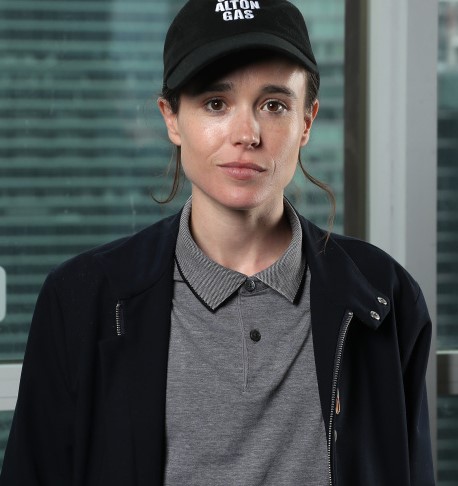
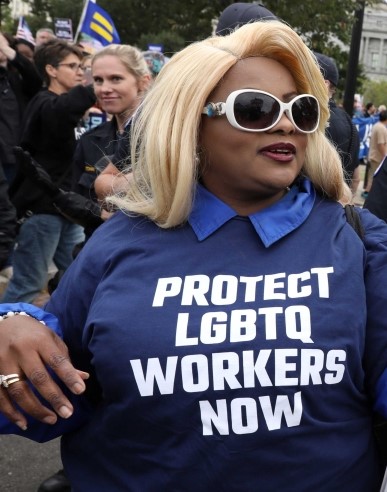
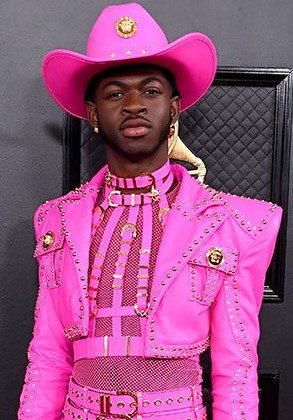
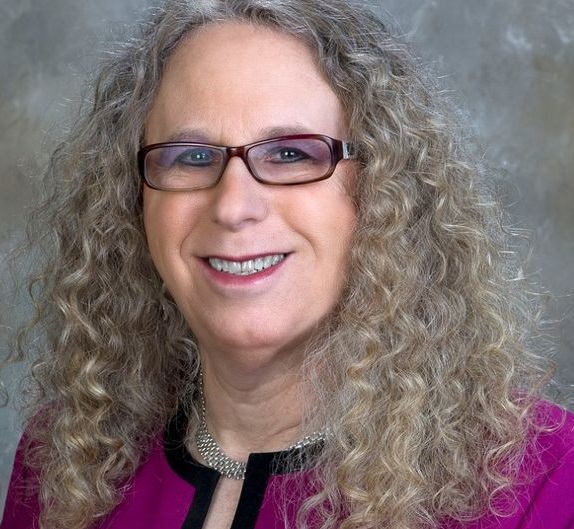
Invisible
Histories Project
History of Gay Pride in
the United States
Evolution of Gay Rights
Iconic Photos of LGBTQ History
Historical Figures We Never
Realized Were LGBTQ
LGBTQ Figures From History You Need to Know About
Queer Couples Through History From Ancient Egypt to the
White House
How the Nazis Destroyed the First Gay
Rights Movement
Notable Same Gender Couples from History
Queer History in Photographs: Pride
Marches From 1969 to Present
How Harvey Milk Changed the Gay Rights Movement
Video Lesson: Living History of the LGBTQ Movement
LGBTQ History: Queer Icons
Major Moments in Queer History Beyond the Stonewall
Riots
LGBTQ Film History: Early Years (1910s to 1920s)
Gay History Quiz
2021
2021 - Carl Nassib, NFL football player, comes out as
gay
2021 - The American LGBTQ+ Museum holds groundbreaking
ceremony
2021 - Nevada
pageant winner,
Kataluna Enriquez,
becomes first transgender Miss USA contestant
2021 - US State Department
allows X gender markers on
passports
2021 - MJ Rodruguez
is first trans nominee for a lead acting Emmy award
2021 -
Ariel Nicholson is first transgender model on cover of
Vogue magazine
2021 -
Quinn, from Canada, becomes first transgender athlete to
win Olympic gold medal
2021 -
Colorado Gov Jared Polis marries partner in
first
same-sex wedding for sitting governor
2021 - Switzerland legalizes same-sex marriage
2021 - Rachel Levine, nation’s highest-ranking openly
transgender official, sworn in as four-star admiral
2021 - First same-sex kiss at Country Music Awards event
when TJ Osbourne (Brothers Osbourne) receives award
2021 - Deadliest year on record with 53 transgender
victims of lethal violence
2021 - Stephen Sondheim, legendary gay musical theatre
composer, dies at 91
2021 - Alexya Salvador became Brazil’s first openly
transgender pastor
2021 - Canada bans conversion therapy
2021 - Queer black feminist writer Bell Hooks dies at 69
2021 - According to HRC and US Census, the population of
LGBTQ people in the US tops 20 million (8 to 10%)
2021 - The Washington Blade, LGBTQ newspaper,
becomes first LGBTQ publication to be assigned
designated seat in White House briefing room
2021 - Human rights activist Desmond Tutu dies at 90
2021 - Betty White, TV actor and LGBTQ ally, dies at 99
2021 - Chile legalizes same-sex marriage
2021 - American LGBTQ Museum launches in New York City
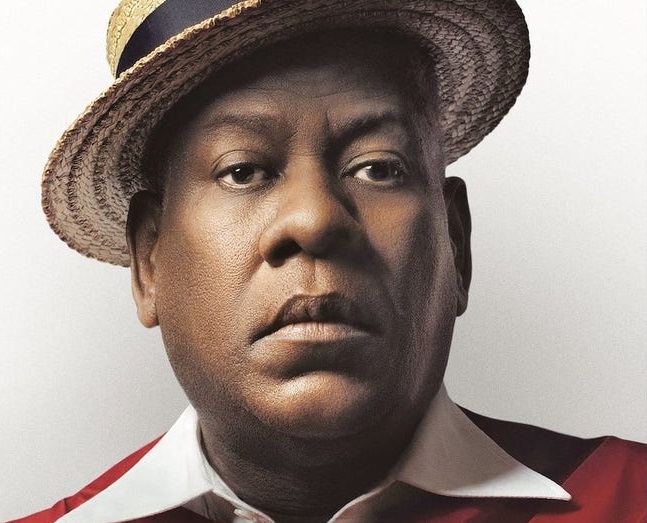

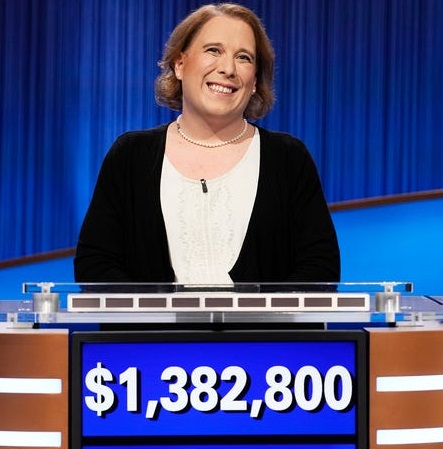 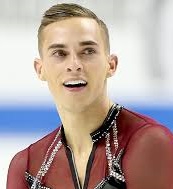
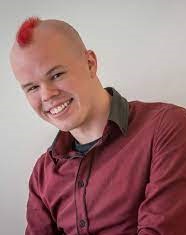
2022
2022 - Television star MJ (Michaela Jaé) Rodriguez is
the first transgender actor to win a Golden Globe award
2022 - Transgender Jeopardy game show contestant
Amy Schneider earns 40 consecutive wins ($1.3 million),
second highest in history
2022 - Andrea Jenkins is first openly transgender city
council president (Minneapolis, MN)
2022 -
Gay fashion icon and editor André Leon Talley dies at 73
2022 - Mariah proposes to Tessa on Young & the Restless
(first same-sex engagement in the soap opera's history)
and marry
2022 - Brittany Griner, lesbian WNBA athlete, is
detained by Russian government (Released 10 months
later)
2022 - Arnie Kantrowitz, pioneering activist and GLAAD
co-founder, dies at 81
2022 - HIV discoverer Luc Montagnier dies at 89
2022 - At least 35 out LGBTQ athletes compete in
Beijing Olympic games
2022 -
Sam
Brinton, non-binary, LGBTQ activist, drag queen, and
fetishist, becomes Deputy Asst Secr at DOE Office of
Nuclear Energy
2022 -
According to Gallup Poll, percent of Americans
identifying as LGBTQ is 7.1%
2022 - New
Zealand bans conversion therapy
2022 -
Niecy Nash and Jessica Betts become first same-sex
couple on Essence Magazine cover
2022 - Lia
Thomas becomes first out transgender athlete to win NCAA
Div I title, finishing 1st place in women's 500-yard
freestyle swim event
2022 -
Ariana DeBose, LGBTQ Latinx actor, wins Academy Award
for West Side Story
2022 -
Florida governor and legislature pass bills to restrict
classroom discussion around LGBTQ topics
2022 -
Lawmakers in several states copy Florida's example
regarding bills to restrict
classroom discussion around LGBTQ topics
2022 -
Ellen DeGeneres ends 19 seasons of the Ellen day time TV
talk show
2022 - TJ
House, major league baseball pitcher, comes out as gay
2022 -
Zooey Zephyr becomes first openly transgender person
elected to Montana Legislature when she wins seat in
state House of Rep
2022 -
President Biden signs historic executive order advancing
LGBTQ equality
American LGBTQ Museum
History of Gay Pride in
the United States
Evolution of Gay Rights
How Harvey Milk Changed the Gay Rights Movement
Ted Brown: Gay Activist Who Spent 50 Years Fighting for
LGBTQ Rights
Important LGBTQ Moments in US History
Celebrating 50 Years Since
Stonewall
Info: Archaic Language and Images
Powerful LGBTQ Figures From History that
Nobody Ever Talks About
Queer Couples Through History From Ancient Egypt to the
White House
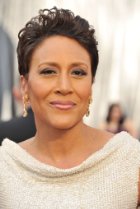
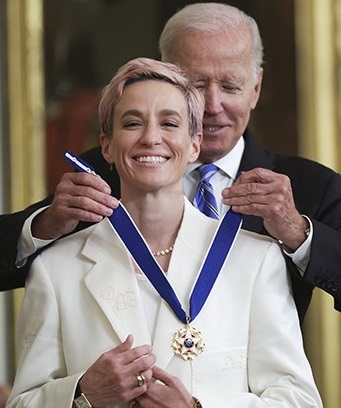
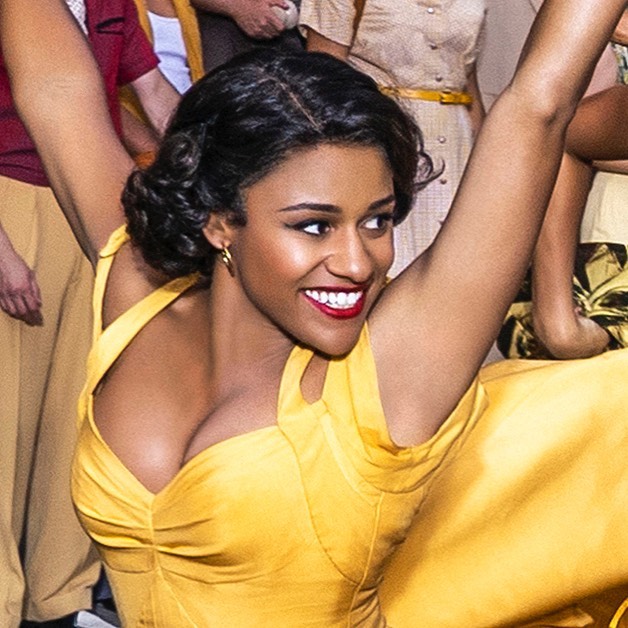
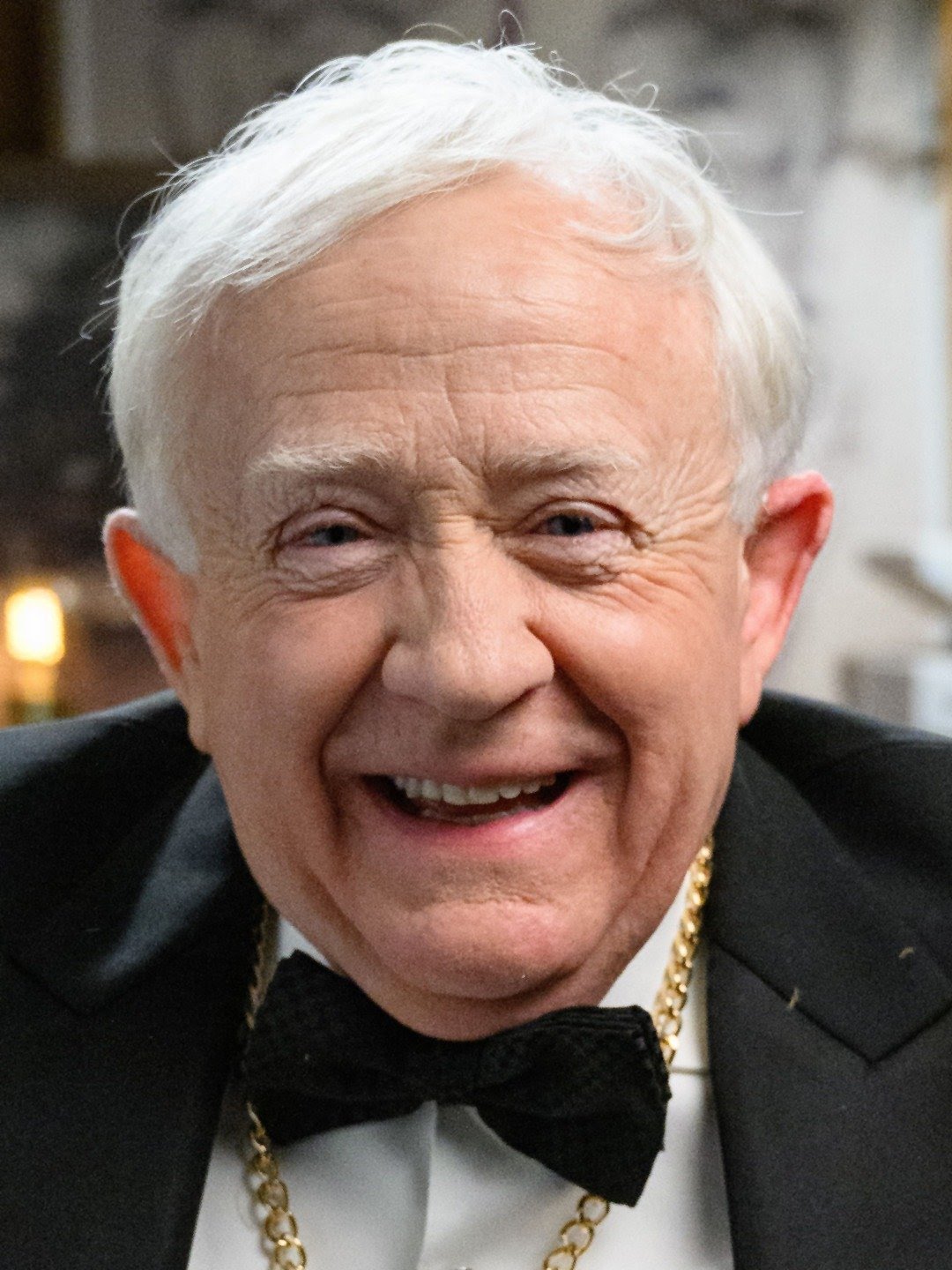
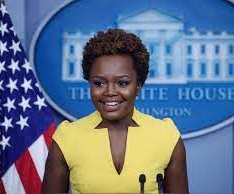
2022
2022 -
Musicians Adam Lambert and Queen perform at Queen
Elizabeth II's Platinum Jubilee (Elizabeth dies
3 months later)
2022 -
Texas GOP party adopts shockingly explicit anti-LGBTQ
platform
2022 - US
Supreme Court overturns Roe vs. Wade decision regarding
abortion rights
2022 -
Slovenia legalizes same-sex marriage
2022 -
Monkeypox outbreak; majority of patients are men who
have had sex with men
2022 -
Singapore decriminalizes sex between men
2022 -
Record number of states pass laws to curtail LGBTQ
rights
2022 -
United Nations urges United States to improve its LGBTQ
rights and protections
2022 -
Molly Kearney is first out non-binary cast member of
Saturday Night Live TV show
2022 -
Cuba votes to legalize same-sex marriage
2022 -
Karine Jean-Pierre, a gay black woman, appointed White
House Press Secretary
2022 -
Long-running Scooby-Doo animated series features main
character Velma as a lesbian
2022 -
Brazil elects two openly transgender women to congress
2022 -
Leslie Jordan, actor and comedian, dies in car crash at
age 67
How the Nazis Destroyed the First Gay
Rights Movement
Celebrating 50 Years Since
Stonewall
Best Time in History to be Gay or Lesbian
A Movement Caught Hold and Has Never Let Go
Notable Same Gender Couples from History
List: LGBTQ Firsts by Year
Evolution of Gay Rights
APA: History of LGBTQ Social Movements
LGBTQ Figures From History You Need to Know About
2022 - Sam
Smith and Kim Petras become first out non-binary and
transgender musicians to rank no. 1 on Billboard Hot 100
2022 -
Mexico legalizes same-sex marriage
2022 -
LGBTQ candidates for public office are on the ballot in
all 50 states
2022 -
Miss Argentina (Mariana Varela) and Miss Puerto Rico (Fabiola
Valentín), of
Miss Grand
International pageant,
married each other
2022 -
Maura Healey (Massachusetts) and Tina Kotek (Oregon) become first out lesbians elected governors
in US
2022 -
Robert Garcia becomes first out gay immigrant in US
Congress
2022 - Qatar hosts World Cup amid protests and boycotts
by participants, fans, and organizations due to
anti-LGBTQ policies
2022 -
Same sex households in the US surpass 1 million for the
first time
2022 -
Marijane Meaker, author of lesbian pulp fiction, dies at
95
2022 - New
York City gay bar Julius' is declared a historical
landmark
2022 - Gunman kills 5 and injures 18 at Club Q gay club
in Colorado
2022 - Respect for Marriage Act signed into law,
codifying federal protections for inter-racial and
same-sex marriage
2022 -
Vivienne Westwood, fashion designer and activist, dies
at 81
2022 -
Emilia Schneider becomes first trans woman elected
deputy in the history of Chile
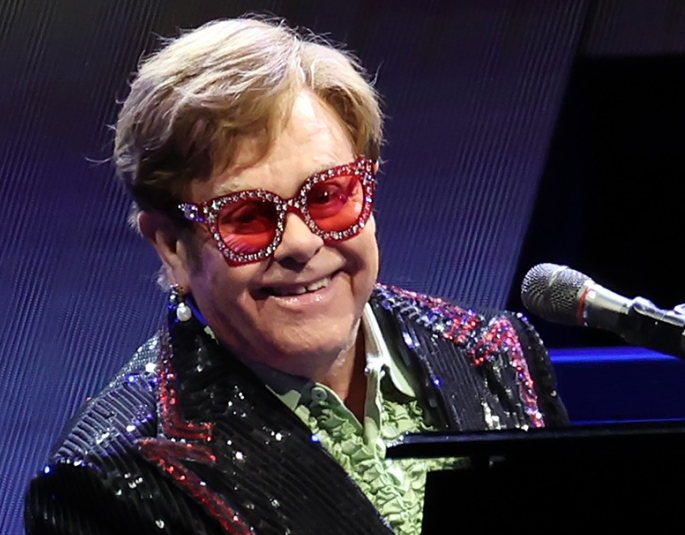
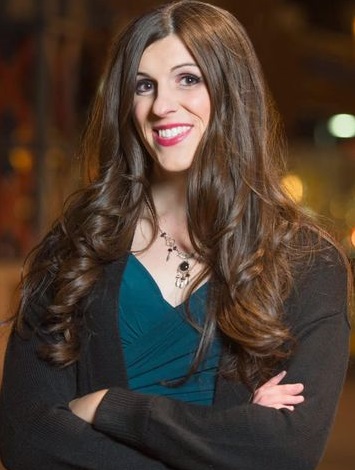
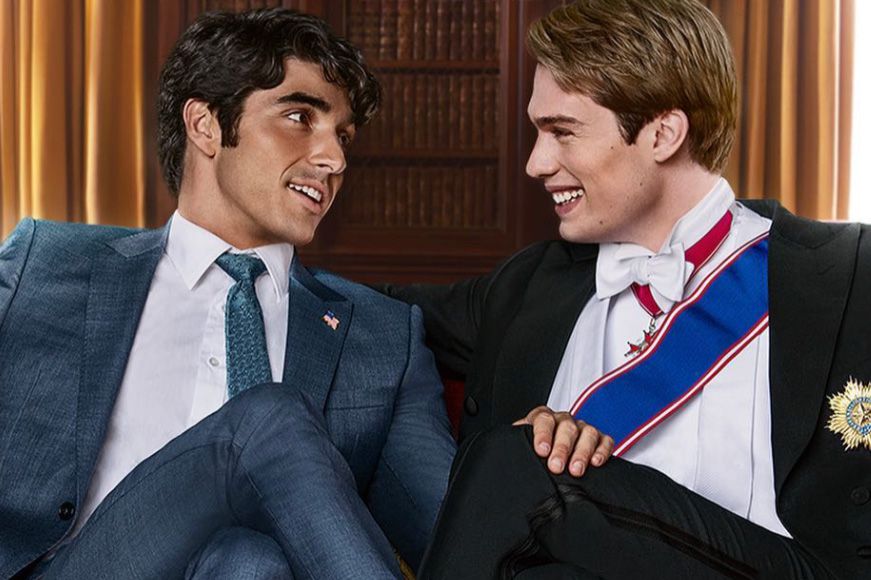
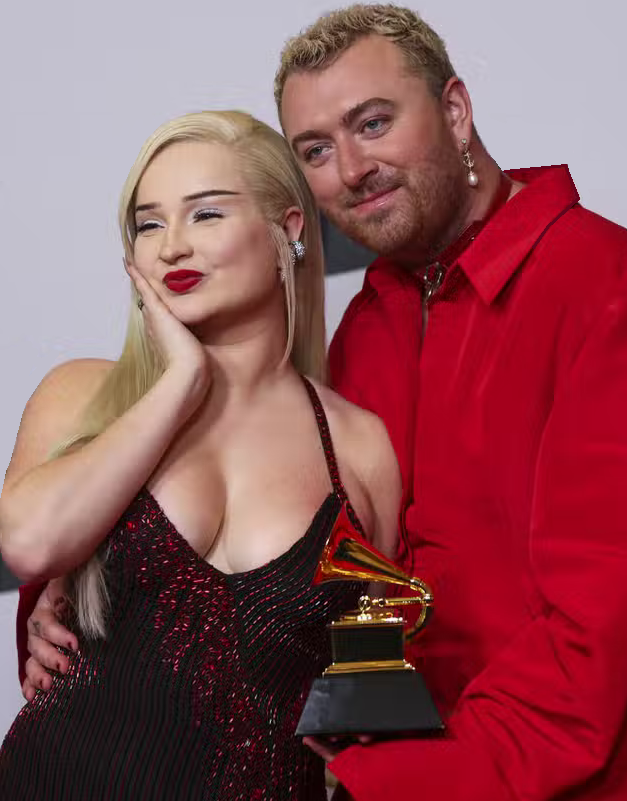
Celebrating 50 Years Since
Stonewall
Book Riot: Books About LGBTQ History
LGBTQ History: Queer Icons
Queer Couples Through History From Ancient Egypt to the
White House
Important LGBTQ Moments in US History
LGBTQ Figures From History You Need to Know About
Essential Plays, Books, and Movies for
Understanding the History of Queer Liberation
Wanda Sykes: Overview of LGBTQ History
Queer Couples Through History From Ancient Egypt to the
White House
Brief History of Queer Political Action
LGBTQ Historic Residences That You Can
Visit Now
Famous Gays in History
2023
2023 -
Robin Roberts (Good Morning America) announces
engagement to Amber Laign
2023 -
Carl Nassib (NFL Football Athlete) announces serious
relationship with Søren Dahl (Olympic Swimmer)
2023 -
Amber McLaughlin, the first openly transgender person to
be executed in the US, dies by lethal injection
2023 -
Bingo
Allison becomes first non-binary priest in Church of
England
2023 - Gay
television producer (Pose) Ryan Murphy receives Golden
Globes Lifetime Achievement Award
2023 - US
Congress has record number of LGBTQ members: 11 in House
of Reps, 2 in Senate, 13 total
2023 - Sam
Smith (non-binary) and Kim Petras (transgender) win
Grammy Award for "Unholy"
2023 -
Charles Silverstein, author of "Joy of Gay Sex" and
advocate of LGBTQ rights, dies at age 87
2023 -
Charlie Brown and Kelly Pierce played as the first
same-sex couple on Wheel of Fortune TV game show
2023 -
Daniela Arroyo Gonzalez is first out trans woman in
Puerto Rico Miss Universe pageant
2023 -
Gallop poll reports than the US LGBTQ population remains
steady at 7.2%
2023 - New
Zealander Georgina Beyer, world’s first out transgender
member of parliament, dies at 65
Billy Porter: Brief History of Queer Political Action
A Movement Caught Hold and Has Never Let Go
APA: History of LGBTQ Social Movements
One Institute:
LGBTQ Archives
Murder at City Hall: Killing of Mayor
Moscone and Harvey Milk
Queer Activists Past and Present Whose
Names You Should Know
LGBTQ Royals You Didn’t Learn About in
History Class
Major Moments in Queer History Beyond the Stonewall
Riots
Famous Gays in History
2023 -
US legislators (and hate groups) step up opposition to
LGBTQ people, trans people, and drag performers
2023 -
Drag queen Jinkx Monsoon plays character of matron Mama
Morton in Chicago musical
2023 -
Everything Everywhere All at Once wins Best Picture
Academy Award and The Whale wins Best Actor Award
(Brenden Fraser)
2023 -
Darcelle XV, of Portland, Oregon, world’s oldest
working drag queen, dies at 92
2023 -
Famous British drag queen Paul O'Grady (Lily Savage) dies at
76
2023 -
Cook Islands decriminalizes consensual LGBTQ adult
relationships
2023 -
Chuck Williams, founder of UCLA Law School's Williams
Institute, dies
2023 -
Barry Humphries (aka Dame Edna Everage) dies at 89
2023 - Joe
Biden issues Presidential Proclamation for 70th
Anniversary of Lavender Scare
2023 -
Governor Ron DeSantis of Florida enacts extreme
anti-LGBTQ legislation affecting education, healthcare,
and other services
2023 -
George Michael posthumously inducted into Rock and Roll
Hall of Fame
2023 -
Transgender singer Kim Petras appears on cover of Sports
Illustrated Magazine Swimsuit Edition
2023 - San
Francisco names nation's first Drag Laureate, D'Arcy
Drollinger
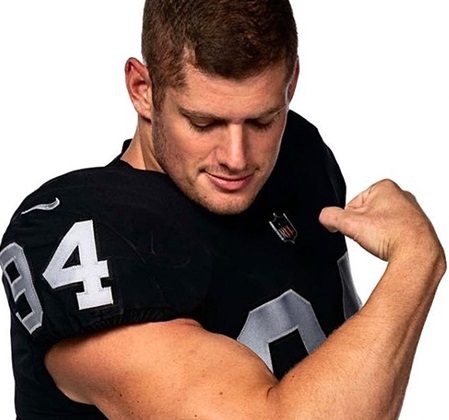
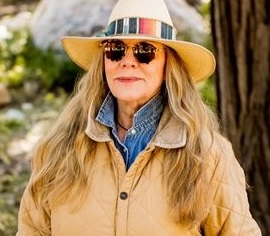
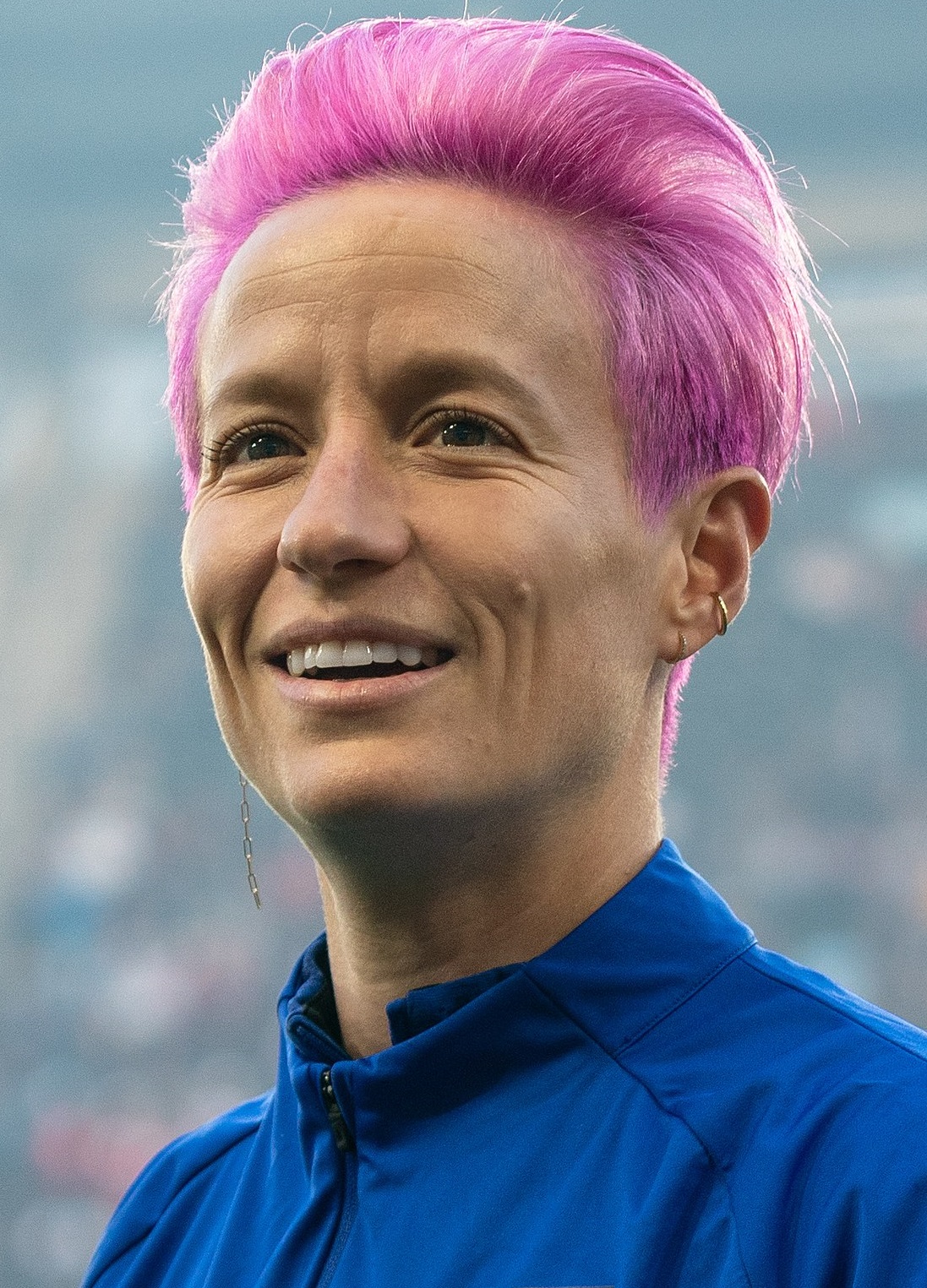
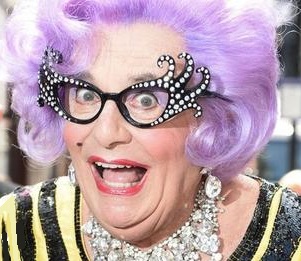
Worldwide History of LGBTQ Rights | 1790-Present
A Movement Caught Hold and Has Never Let Go
Evolution of Gay Rights
LGBTQ Royals You Didn’t Learn About in
History Class
Info: Archaic Language and Images
Video Lesson: Living History of the LGBTQ Movement
LGBTQ Writers, Artists and
Activists of the 80s and 90s
Vintage Photos of LGBTQ Couples
Seven LGBTQ Wonders of the World
Queer Activists Past and Present Whose
Names You Should Know
2023
2023 - Gay
bookstore in Philadelphia, Giovanni's Room, established
in 1973, celebrates 50th anniversary
2023 -
Georgina Beyer, of New Zealand Parliament, the first out
trans MP in world history, dies at 65
2023 -
Brazil passes law making homophobic speech punishable by
prison, like other forms of hate speech
2023 -
Homophobic Christian televangelist Pat Robertson dies at
93
2023 - In
the midst of a national wave of anti-LGBTQ sentiment,
President Biden hosts large-scale LGBTQ Pride event at
White House
2023 - J.
Harrison Ghee and Alex Newell are the first out
nonbinary performers to win Tony Awards
2023 -
Nepal legalizes same-sex marriage
2023 -
USWNT soccer superstar Megan Rapinoe retires
2023 - Pop
music legend Elton John performs his farewell concert
tour after a 50 year career
2023 - NFL
football coach Kevin Maxen becomes the first male coach
to come out as gay in American pro-sports
2023 -
Barbie movie writer/director Greta Gerwig breaks box
office record for female directors; film is social
commentary on womanhood
2023 -
Sinead O'Connor, singer, activist, and LGBTQ ally, dies
at the age of 56
2023 -
Carla Antonelli becomes Spain’s first openly transgender
senator
2023 -
Laura Anne Carleton, an LGBTQ ally, was shot over an
altercation concerning a Pride flag hanging outside her
California store
2023 -
President Joe Biden vows to uphold LGBTQ rights in a
speech to the United Nations General Assembly
American LGBTQ Museum
Video List: Famous LGBTQ Folk
How the Nazis Destroyed the First Gay
Rights Movement
American Park Service Report: LGBTQ Heritage Initiative
Info:
Famous LGBTQ People
Powerful LGBTQ Figures From History that
Nobody Ever Talks About
Wanda Sykes: Overview of LGBTQ History
CNN: LGBTQ Rights Milestones and Fast Facts
2023 -
Barry Manilow breaks Elvis Presley's record of the most
shows in Las Vegas
2023 -
Tennessee voters elect first transgender candidate,
Olivia Hill, to Nashville's city council
2023 -
Sen Dianne Feinstein,
Trailblazing LGBTQ Rights Advocate, Dies at 90
2023 - Laphonza
Butler, of California, makes history as the first LGBTQ
person of color in the US Senate
2023 - US Supreme
Court Justice Sandra Day O'Conner (First woman on
Supreme Ct) dies
2023 - Two
trans women compete in Miss Universe pageant: Marina
Machete (Miss Portugal) and Rikkie Valerie Kollé (Miss
Netherlands)
2023 -
Virginia voters elect first transgender candidate,
Danica Roem, to be state senator
2023 - Kid
Rock protests Bud Light beer for promoting their brand
with trans celebrity Dylan Mulvaney
2023 -
Movies with LGBTQ performers and themes premiered: Red
White and Royal Blue, Nyad,
May December, Bottoms,
Aristotle and Dante Discover the Secrets of the Universe, Joy
Ride, Dangerous Boys to Know, Monica, Erin's Guide to
Kissing Girls, In From the Side, Good
Grief, Rustin, Love Lies Bleeding,
Theater Camp
2023 -
Norman Lear, TV pioneer and LGBTQ ally, dies at age 101
2023 -
Taylor Swift, strong LGBTQ ally, named "Person of the
Year" by Time Magazine
2023 - GQ
Magazine names Troye Sivan "Man of the Year"
2023 -
Pope Francis gives permission for Catholic priests to
"bless" same-sex relationships
2023 -
American Library Association announced that 4,240
individual book titles were targeted for removal from
schools and public libraries by right-wing conservative
activist groups — half of which have LGBTQ themes (Up by
65% from previous high of 2,571 in 2022)
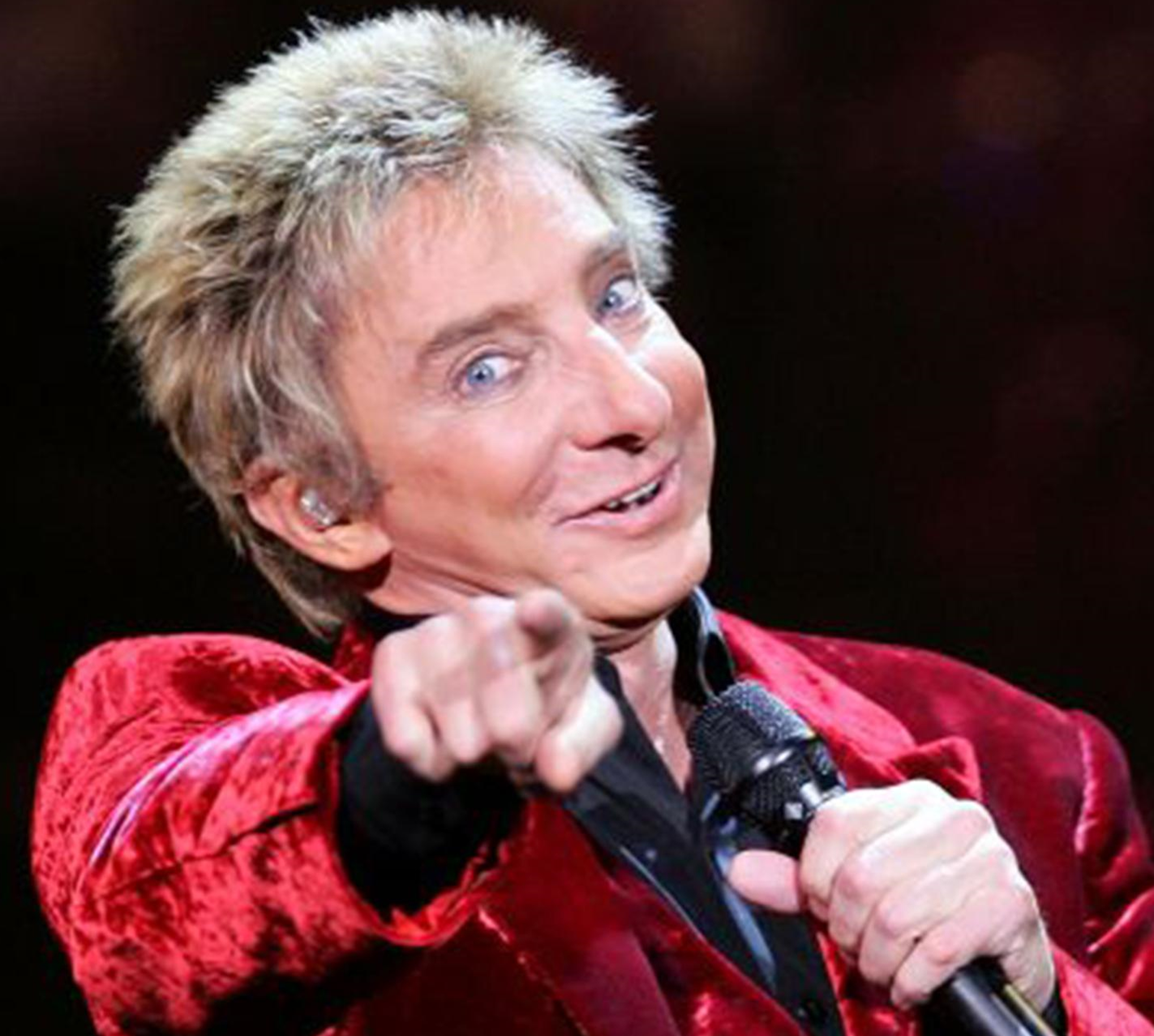
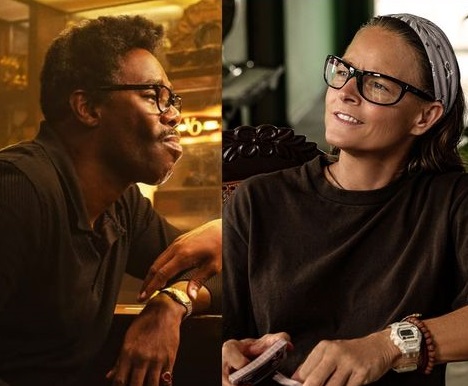
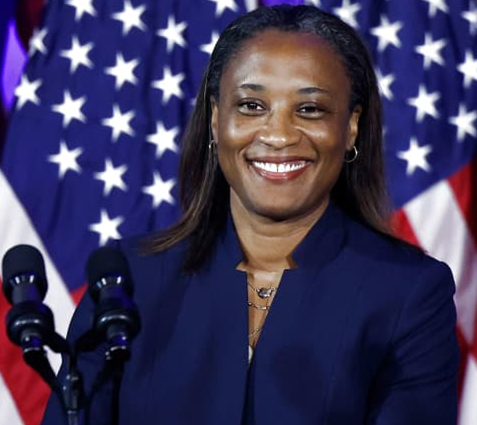 
Important LGBTQ Moments in US History
Celebrating 50 Years Since
Stonewall
Info: Archaic Language and Images
LGBTQ History: Queer Icons
Powerful LGBTQ Figures From History that
Nobody Ever Talks About
Billy Porter: Brief History of Queer Political Action
Essential Plays, Books, and Movies for
Understanding the History of Queer Liberation
A Movement Caught Hold and Has Never Let Go
APA: History of LGBTQ Social Movements
2024
2024 -
Gabriel Attal becomes fist openly gay prime minister of
France
2024 -
Golden Globe Award ceremony features a good
representation of LGBTQ nominees
2024 -
Estonia legalizes same-sex marriage
2024 -
Olly Alexander represents UK at Eurovision song contest
2024 -
Elton John wins Emmy Award and achieves EGOT status (1
Emmy, 6 Grammys, 2 Oscars, 1 Tony)
2024 -
Huang Jie becomes Taiwan's first openly LGBTQ legislator
2024 -
Jack Chambers, an Irish Minister of State, comes out as
gay
2024 - Two
gay actors (Jodie Foster, Colman Domingo) nominated for
Best Actor Oscar Award for playing characters who were
gay
2024 -
Amber Glenn is the first out queer woman to win the US
figure skating title
2024 -
Elton John and Bernie Taupin win the prestigious
Gershwin Award for Popular Song
2024 -
Chita Rivera, Broadway legend and LGBTQ ally, dies at
age 91
2024 -
Strong LGBTQ representation at Grammy Awards ceremony (Miley Cyrus,
Billie Eilish, Victoria Monét, Boygenius)
2024 -
Greece legalizes same-sex marriage, becoming first
Christian Orthodox country to do so
2024 -
Popular music features LGBTQ artists: Chappell Roan,
Kehlani, Troye Sivan, Charli XCX, Billie Eilish, Miley
Cyrus, Phoebe Bridgers, Boygenius, Brandi Carlile, Kylie
Minogue, SZA
2024 -
Activist Hydeia
Broadbent,
who
rose to
prominence as a child living with HIV,
dies at 39
2024 -
Thailand legalizes same-sex marriage, becoming first
southeast Asian country to do so
2024 -
United Nations adopts historic, first-ever resolution on
rights of intersex people
2024 - Boy
George stars in Broadway production of Moulin Rouge
2024 -
Atlanta becomes first US city to host Global Black Pride
event
2024 -
Actor Nathan Lane honored with “Career Achievement
Award” at Critics Choice Celebration of LGBTQ Cinema and
Television
Essential Plays, Books, and Movies for
Understanding the History of Queer Liberation
Queer History in Photographs: Pride
Marches From 1969 to Present
LGBTQ Figures From History You Need to Know About
Timeline: LGBTQ History in the United States
Huff Post: I Wish I Had
Learned LGBTQ History in School
Notable Same Gender Couples from History
Queer Activists Past and Present Whose
Names You Should Know
LGBTQ History: Queer Icons




2024
2024 - United Methodist Church officially repeals ban of
LGBTQ clergy and same-sex marriage
2024 -
Pres Medal of Freedom awarded to Judy Shephard
(LGBTQ Ally), Jane Rigby (Lesbian Astrophysicist), and
Michelle Yeoh (Lesbian Actress)
2024 -
Switzerland’s Nemo becomes first nonbinary winner at
Eurovision song contest
2024 -
Twenty-five states now ban transgender youth medical
care
2024 -
Doctor Who No. 15 played by Ncuti Gatwa, first queer and
black Dr. Who (New villain Maestro played by drag queen
Jinkx Monsoon)
2024 - Drag Queen Jinx Monsoon plays Matron Mama Morton
in Chicago and breaks attendance records
2024 - Jodie Foster gets a star on the Hollywood Walk of
Fame
2024 -
Karla Sofía Gascón becomes first transgender actress to
win at Cannes Film Festival
2024 - Transgender computer scientist Lynn Conway, whose
work revolutionized microchips, dies
2024 - President Biden
pardons LGBTQ service members convicted of wrongdoing
because of their same-sex orientation
2024 - At
least 175 out LGBTQ athletes compete in Summer Olympics in
Paris; Drag queens carry the torch
Invisible
Histories Project
History of Gay Pride in
the United States
Evolution of Gay Rights
Iconic Photos of LGBTQ History
Historical Figures We Never
Realized Were LGBTQ
LGBTQ Figures From History You Need to Know About
Queer Couples Through History From Ancient Egypt to the
White House
How the Nazis Destroyed the First Gay
Rights Movement
2024 -
Pete
Buttigieg inducted into LGBTQ Political Hall of Fame at
Democratic National Convention in Chicago
2024 -
Trailblazing gay baseball athlete Billy Bean passes away
at age 60
2024 -
Kentucky bans conversion therapy
2024 -
First Gender Liberation March on Washington DC,
demanding bodily autonomy, gender-affirming healthcare,
and reproductive justice
2024 - "Wicked" movie
released with lots of queer overtones
2024 - Joe Biden
makes history with 12th Senate-confirmed LGBTQ judicial
nominee (Most of any president)
2024 -
Harris-Walz campaign launches huge voter mobilization
blitz in LGBTQ community
2024 -
Sarah McBride (Democrat from Delaware) becomes first
transgender person elected to US Congress
2024 -
Alex Consani becomes first transgender Model of the Year
at UK Fashion Awards
2024 -
AIDS Memorial Quilt displayed at White House for the
first time
2024 -
Hate crimes skyrocket in Los Angeles, especially
targeting LGBTQ people
2024 -
Elton John named Icon of the Year by Time Magazine
2024 -
Former President Jimmy Carter, advocate for world peace,
supporter of civil rights and LGBTQ rights, dies at age
100






2025
2025 -
President Joe Biden honors marriage equality activists
Mary Bonauto and Evan Wolfson with Presidential Citizens
Medal
2025 -
Liechtenstein legalizes same-sex marriage, becomes 22nd
European nation to grant marriage equality
2025 -
RuPaul’s Drag Race UK star The Vivienne (James Lee
Williams) passes away at 32
2025 -
Golden Globe awards recognizes LGBTQ achievement:
Wicked, Zoe Saldana, Emilia Perez, Jodie Foster, Jessica
Dunning, Baby Reindeer
2025 -
Anita Bryant, anti-gay crusader dies at 84
2025 -
Arienne Childrey becomes Ohio's first transgender city
council member
2025 - The
Village People perform at the presidential inauguration
of Donald Trump
2025 -
Immediately following Donald Trump's inauguration,
information about LGBTQ and HIV are removed from federal
websites
2025 -
Diversity, equity, and inclusion (DEI) programs at
businesses, organizations, colleges, and government
departments are closed
2025 -
Robert Cromey, Episcopal priest and LGBTQ ally dies; he
was the first to perform same-sex wedding ceremonies in
the 1960s
2025 -
Transgender people are barred from US military service
2025 -
Federal agencies ban all activities and events related
to Martin Luther King Jr Day, Black History Month,
Juneteenth, LGBTQ Pride Month, Women’s History Month,
Hispanic Heritage Month, Asian American Heritage Month,
American Indian Heritage Month, Disability Employment
Awareness Month, Holocaust Remembrance Day
2025 -
Scott Bessent, who is openly gay, is appointed to be US
Secretary of Treasurer
2025 -
Grammy Awards featured several LGBTQ artists and allies:
Charlie xcx, Doechi, Lady Gaga, Chappell Roan, St.
Vincent, Sabrina Carpenter, SZA, Kacey Musgraves, Billie
Eilish, Janelle Monae
2025 -
Gordon Ramsey's Hell’s Kitchen TV series Chooses gay
chef Kyle Timpson as season 23 winner
2025 - The
National Park Service removes all references to
"transgender" and "queer" from the Stonewall National
Historic Monument website
Notable Same Gender Couples from History
Queer History in Photographs: Pride
Marches From 1969 to Present
How Harvey Milk Changed the Gay Rights Movement
Video Lesson: Living History of the LGBTQ Movement
LGBTQ History: Queer Icons
Major Moments in Queer History Beyond the Stonewall
Riots
LGBTQ Film History: Early Years (1910s to 1920s)
Gay History Quiz


 


2025 - World Pride takes place in Washington DC, the
first time the event is hosted by the United States
2025 - At the direction of Donald Trump, the Kennedy
Center cancels a performance of the Gay Men's Chorus of
Washington DC during the World Pride event; also bans
shows by Harvey Fierstein
2025 -
Trump orders NASA to purge all mentions of women in
leadership on its websites
2025 -
David Raven, known by the stage name Maisie Trollette,
Britain's oldest performing drag queen, passes away at
the age of 91
2025 -
Hungary’s reactionary Prime Minister, Victor Orban, bans
annual Pride Parade
2025 -
Legendary gay actor Richard Chamberlain dies at age 90
2025 -
Elisa Rae Shupe, first person in US to be legally
recognized as nonbinary, dies at 61
2025 -
Pope Francis, generally regarded as a champion of human
rights, including LGBTQ rights, dies at 88
2025 -
Jill Sobule (I Kissed a Girl), singer and queer music
pioneer, dies at age 66
2025 -
Harvey Fierstein receives Lifetime Achievement award at
Tony Awards event
2025 -
Lauren Chan becomes first out lesbian (Asian, plus-size)
to appear on on the cover of the Sports Illustrated
swimsuit issue
2025 -
Memorial to LGBTQ victims of the Nazi regime is unveiled
in Paris
2025 -
Maryland becomes the 5th state to decriminalize HIV
after Governor Wes Moore signs bill into law
2025 -
Lesbian artists dominate at American Music awards,
including Billie Eilish, Renee Rapp, Megan Thee
Stallion, Doechii, and Lady Gaga
2025 -
President Trump declines to proclaim Pride Month and
says June is no longer Pride Month
2025 -
Under pressure from the Trump administration, many
businesses and universities discontinue their LGBTQ
programs
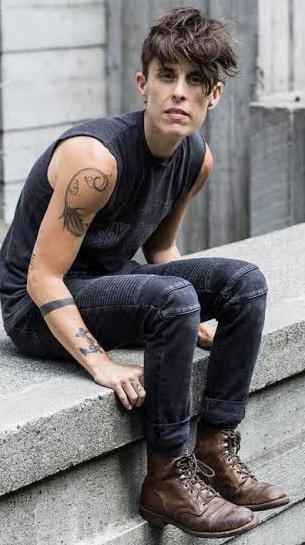
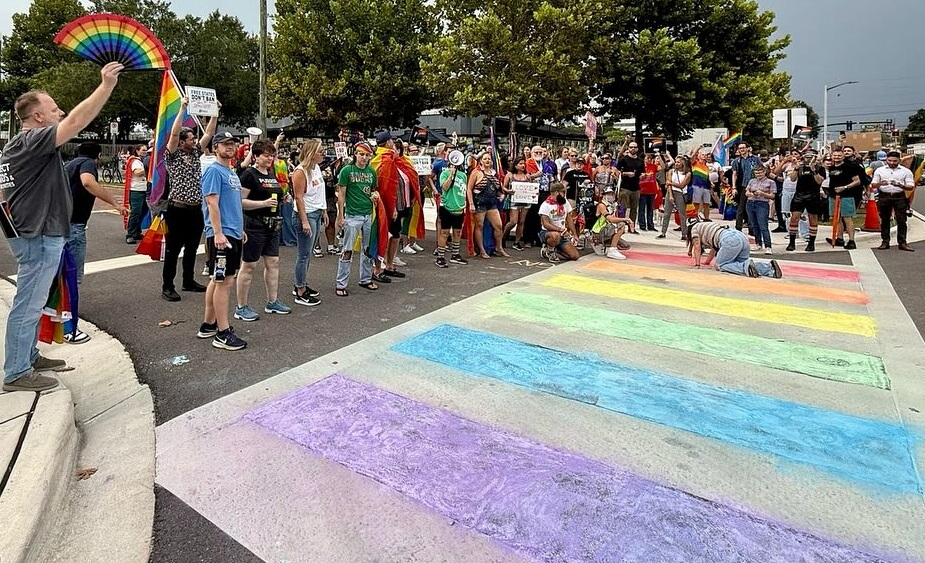


2025 -
Puerto Rico allows LGBTQ people to use 'X' gender marker
on birth certificates
2025 -
Author Edmund White, pioneer in queer literature, dies
at age 85 (Forgetting Elena, Joy of Gay Sex, Loves of My
Life: A Sex Memoir)
2025 -
Dept of Defense orders US Navy to remove Harvey Milk's
name from ship
2025 -
After 34 years, Mariah Hanson, the producer of the
iconic Dinah Music Festival (and Sapphic Getaway) in
Palm Springs, retires
2025 -
Gina Ortiz Jones elected mayor of San Antonio, making
history as first out LGBTQ mayor
2025 -
Transgender punk musician Laura Jane Grace performs at
Bernie Sanders rally
2025 - Out
Colorado governor, Jared Polis, repeals state's recent
same-sex marriage ban
2025 -
100,000 people march in Budapest Pride event in defiance
of ban by Hungary's government
2025 -
Same-sex couples in United States celebrate 10 years of
Marriage Equality
2025 -
Queer Eye, Netflix's longest running reality TV show,
ends after 10 seasons
2025 -
Andrea Gibson, poet and queer activist, dies at 49
2025 -
Ozzy Osborne, Black Sabbath lead singer, who donated
to gay causes and was outspoken in support of the
LGBTQ community, dies at 76
2025 -
Bishop Cherry Vann elected archbishop of the Church in
Wales, becoming the first woman and LGBTQ cleric
appointed to lead any of Britain’s Anglican churches
2025 - Two
queer actors star in revival of Jesus Christ Superstar,
Cynthia Erivo as Jesus and Adam Lambert as Judas
2025 -
Terence Stamp, star of The Adventures of Priscilla,
Queen of the Desert film, dies at age 87
2025 -
James Dobson, renowned anti-LGBTQ crusader and leader of
Focus on the Family, dies at 89
2025 - The
movie sequel Wicked: For Good features many queer
actors, including Cynthia Erivo, Jonathan Bailey,
Marissa Bode
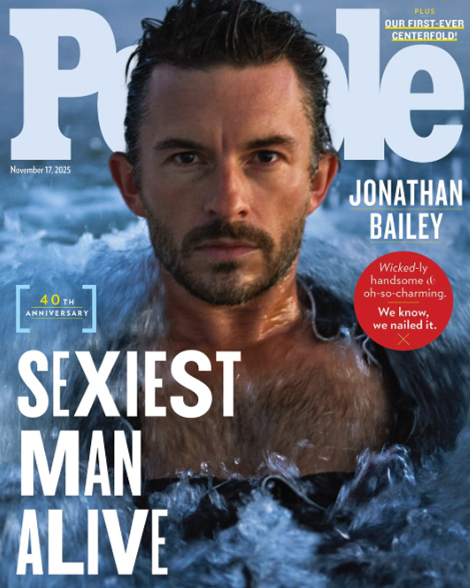
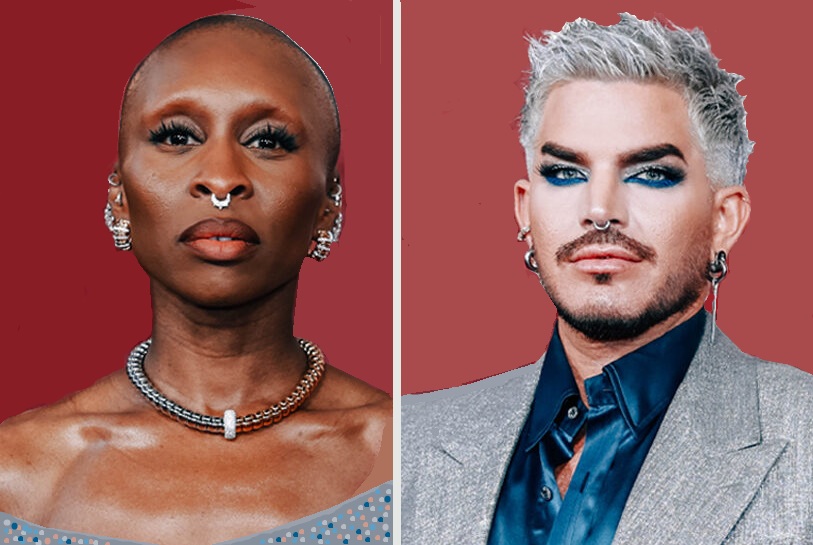
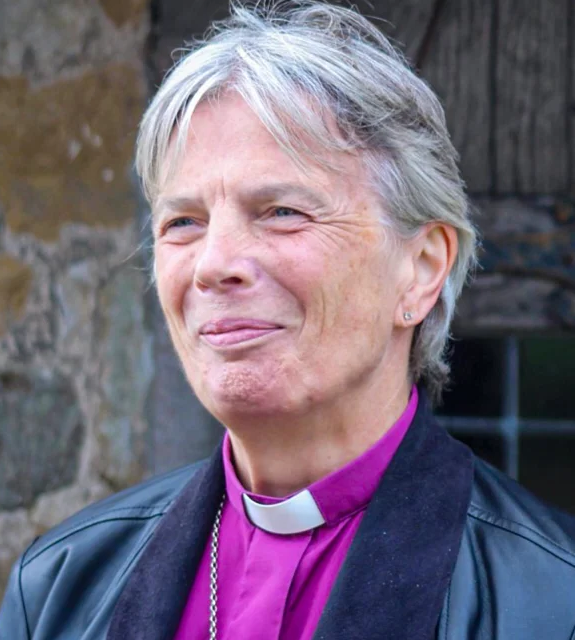
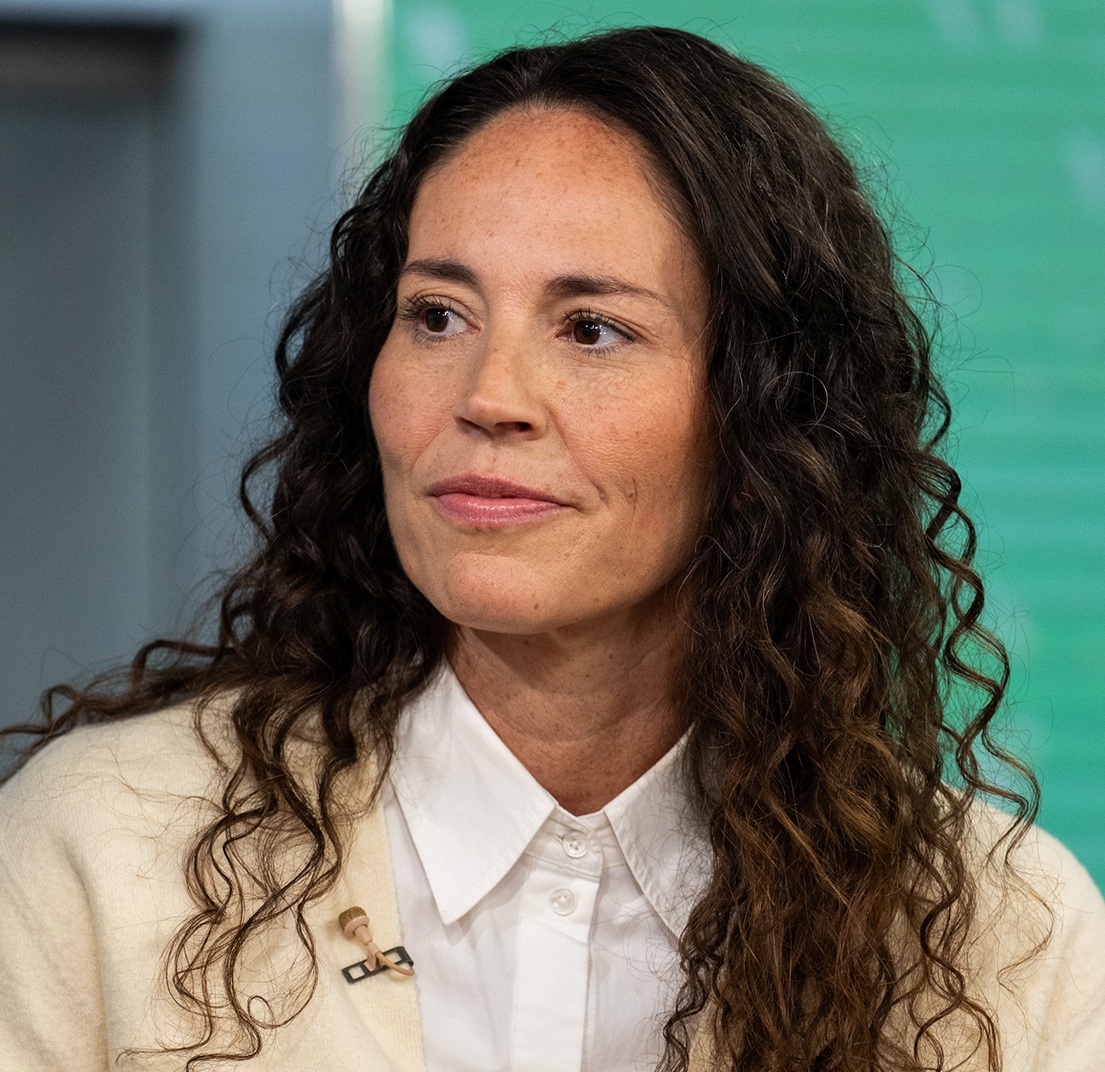
2025 - Gov
Ron DeSantis and State of Florida spark outrage from
Orlando residents by painting over rainbow crosswalks at
Pulse nightclub site
2025 - Out
lesbian Sue Bird is first WNBA player to be honored with
a statue outside a team arena (Climate Pledge Arena in
Seattle) celebrating her 21-year career (and 5 time
Olympic gold medalist) with the Seattle Storm
2025 -
Conservative hatemonger, homophobe, bigot, and Christian
Nationalist Charlie Kirk was shot and killed during an
event at Utah Valley Univ
2025 - Transgender
model Nguyen Huong Giang is Miss Universe Representative
for Vietnam
2025 - LGBTQ ally
Diane Keaton dies at 79
2025 - Miss Major
Griffin-Gracy, legendary transgender activist who had
been in the movement since Stonewall, dies at age 78
2025 - Rob
Jetten becomes Netherlands' youngest and first openly
gay prime minister
2025 -
Openly gay actor Jonathan Bailey named "sexiest man
alive" by People Magazine
2025 -
Special elections yield favorable results: Pro-LGBTQ
Abigail Spanberger becomes Virginia's first female
governor, Pro-LGBTQ Zohran Mamdani becomes NYC's first
Muslim mayor
2025 -
Nevada becomes first state to protect same-sex marriage
in its constitution
2025 - US
Supreme Court rejects call to overturn its decision
legalizing same-sex marriage nationwide
2025 -
Miss England pageant crowns Grace Richardson as its
first out gay winner
2025 -
European Union’s (EU) highest court rules that EU
countries must recognize same-sex marriages between EU
citizens lawfully conducted in another EU country, even
if same-sex marriage is not legal in their home country
2025 -
Openly gay actor Jonathan Bailey is highest grossing
actor of the year
2025 - For
the first time since 1988, the US does not officially
commemorate World AIDS Day
2025 -
President
Joe Biden receives Chris Abele Impact Award for historic
leadership on LGBTQ equality
2025 -
Trump administration (HHS) purposely deadnames 4-star
Admiral Rachel Levine by replacing her name with her
deadname on her official portrait
2025 - TV
news commentator Rachel Maddow receives Walter Cronkite
Award for excellence in political journalism
2025 - Rob
Reiner, filmmaker and LGBTQ advocate, and wife Michele
Singer are murdered
2025 -
Anthony Geary, gay soap opera actor (General Hospital),
dies at age 78
2025 -
Culver City California elects Freddy Puza and Bubba Fish
as first openly LGBTQ Mayor-Vice Mayor duo
2026
2026 -
Brandi Carlile performs America the Beautiful at Super
Bowl and Bad Bunny headlines the halftime show

LGBTQ Archived
News Reports
News
Reports | Current
2023-Now
News Reports | Archive 2022-2023
News Reports | Archive 2021-2022
News Reports | Archive 2019-2021
News
Reports | Archive 2015-2019

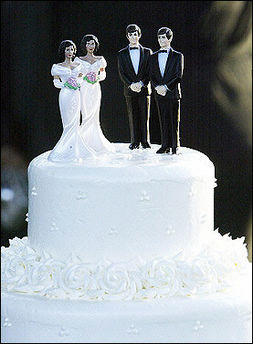
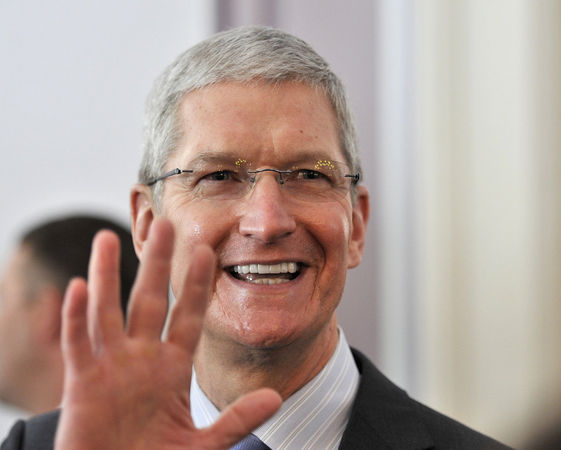
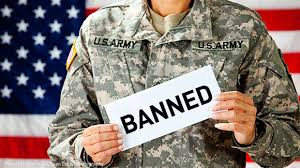
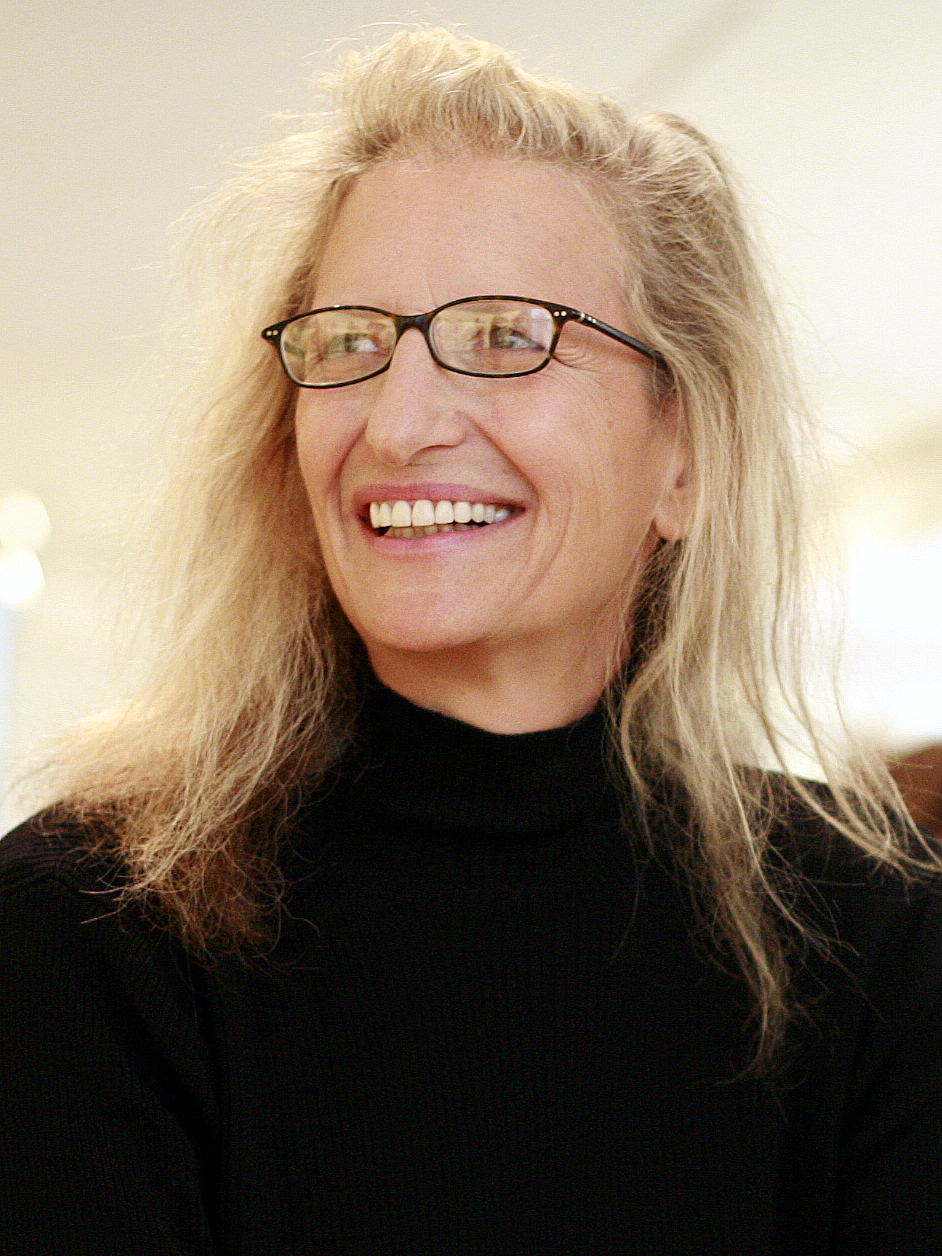
Decades of Being
Gay
LGBTQ Historical
Figures
Born
Before 1900
1899-1973 -
Sir Noël Coward, English playwright,
composer, director, actor, and singer
1891-1964 -
Cole Porter, American Composer and Songwriter
1882-1941 -
Virginia Woolf, British Novelist and Essayist
1879-1970 -
EM Forster, British Novelist
1877-1967 - Alice B. Toklas, Writer
1874-1946 - Gertrude Stein, Writer, Novelist, Poet
1873-1947 -
Willa Cather, American Novelist
1854-1900 -
Oscar Wilde, Irish Playwright and Poet
1840-1893 -
Peter Ilyich Tchaikovsky, Russian Composer
1830-1886 -
Emily Dickinson, American Poet
1825-1895
- Karl-Heinrich Ulrichs, Father of LGBTQ Movement
1819-1892 -
Walt Whitman, American Poet
1805-1875 - Hans Christian Andersen
1788-1824 -
Lord Byron - British Poet
1712-1786 -
Frederick the Great, King of Prussia
1672-1725
-
Peter the Great, Russian Czar
1564-1593
-
Christopher Marlowe, English Playwright
1561-1626 - Sir Francis Bacon, British Philosopher and
Scientist
1475-1564
-
Michelangelo, Italian Artist
1452-1519
-
Leonardo Da Vinci, Italian Artist and Scientist
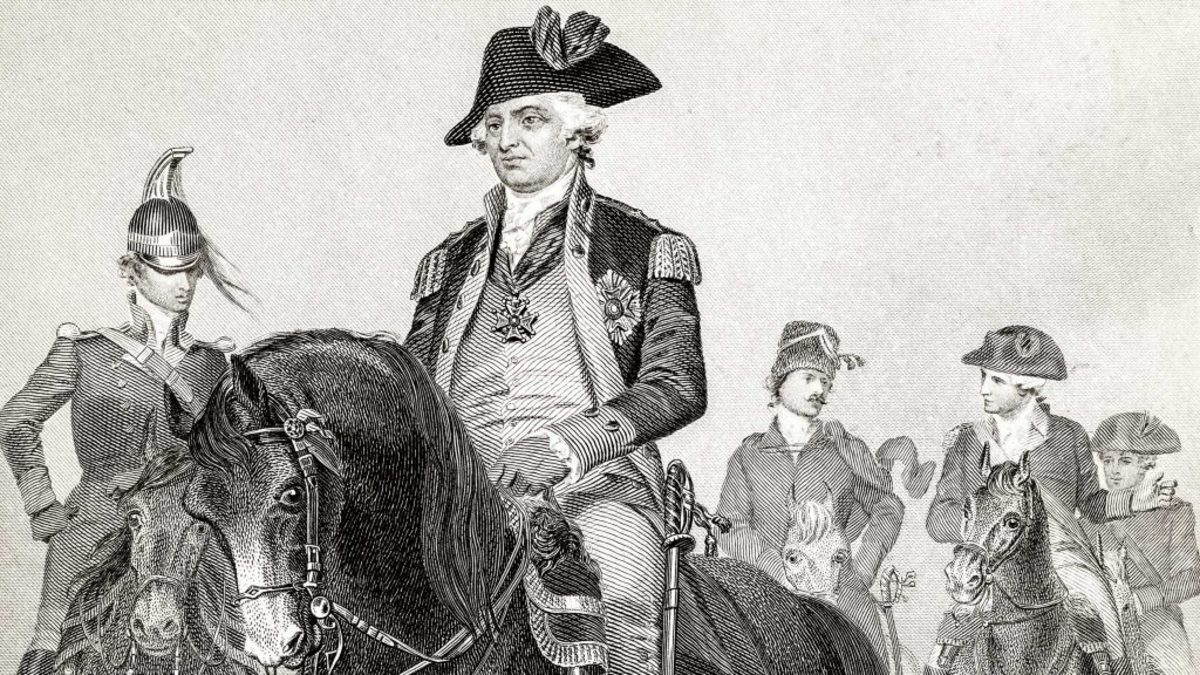
LGBTQ Historical
Events
Before
1900
1624 – Richard Cornish of the Virginia Colony is tried
and hanged for sodomy.
1649 – Sarah White Norman and Mary Vincent Hammon are
charged with “lewd behavior” in Plymouth, Massachusetts,
believed to be the first conviction for lesbian behavior
in the new world.
1732 – the term "lesbian" first used by William King in
his book, The Toast, published in England which
meant women who loved women.
1778 -
Openly gay Baron Friedrich von Steuben, from Prussia,
joins George Washington's Continental Army at Valley
Forge.
1778 –
Lieutenant Gotthold Frederick Enslin of the Continental
Army becomes the first documented service member to be
dismissed from the US military for homosexuality.
1779 – Thomas Jefferson proposes Virginia law to make
sodomy punishable by mutilation rather than death. It
was rejected by the Virginia legislature
1789 – Olauda Equiano, a formerly enslaved person,
publishes the narrative, The Interesting Narrative of
the Life of Olaudah Equiano, or Gustavus Vassa, The
African. It was one of the first widely read narratives
of slave life at the time. In it, he describes same-sex
relationships he had with other men and the existence of
same-sex relationships within the slave culture since
slaves were not allowed to marry.
1849 – Lifelong partners Jason Chamberlain and John
Chaffee sail from Boston to California to seek their
fortunes in the California gold rush. They lived
together in Groveland, California until Chamberlain died
in 1903.
1852 – Writer JD Bothwick reports his attendance at a
“miner’s ball,” a men’s only dance held in Angels’ Camp
in California.
1857 – James Buchanan elected president. A lifelong
bachelor, Buchanan had a long-term relationship with
William Rufus King, who served as vice president under
Franklin Pierce. The two men lived together from
1840-1853 until King’s death. Some historians suggest
Buchanan, by today’s terms, was gay.
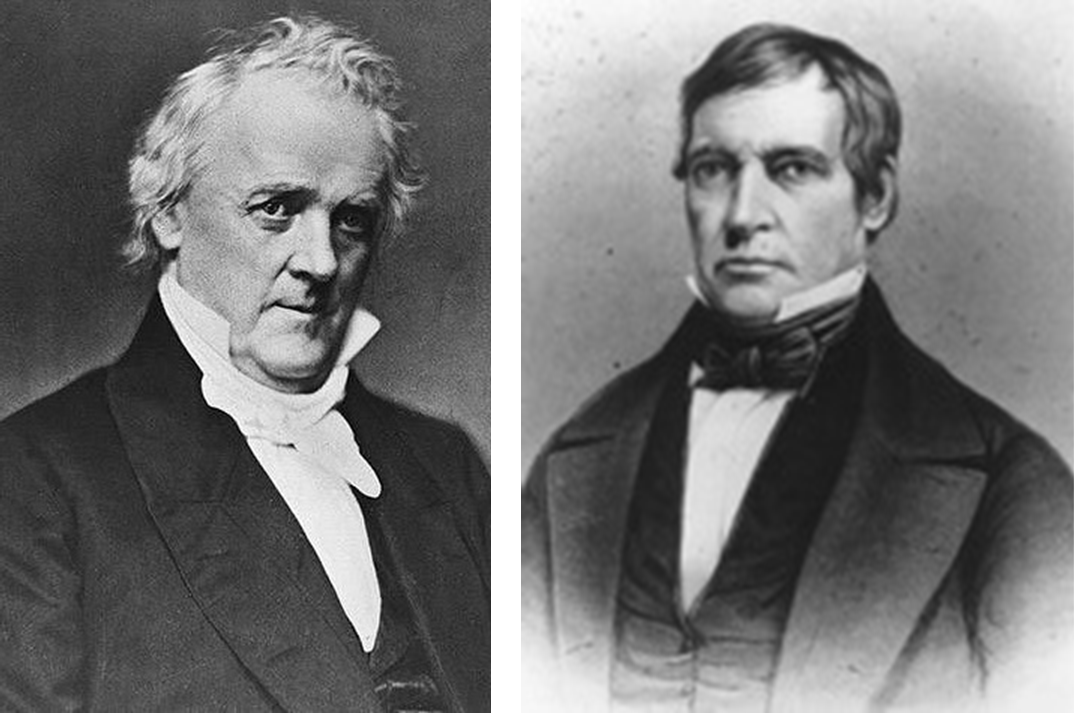
1861 – Sarah Emma Edmonds changed her identity to a man
named Franklin Thompson and joined the Union army. She
was one of 400 documented cases of women who dressed as
men as part of the war effort. She changed back to her
female identity after being wounded in the war. She
eventually married a man and raised three children.
1862 – Jennie Hodgers, disguised as a man named Albert
Cashier, enlisted in the Union army in Illinois and
fought for three years until the end of the war. She
continued living as a man after the war.
1868 – Two-Spirit, We’wha, a Zuni Native American, meets
with President Grover Cleveland.
1869 – Hungarian journalist Karl-Maria Kertheny first
used the term "homosexual."
1879 –
Death of Charley Parkhurst, well-known stagecoach driver
in Central California who was born a woman, but lived as
a man. Buried in Watsonville, California.
1886 – Henry James writes the book, The Bostonians,
about a long term relationship between two women and the
term “Boston Marriages” develops to describe two women
living together, independent of financial support from a
man.
1890 – The term, "lesbian" first used in a medical
dictionary.
1890 – Birth of Alan Hart who pioneered the use of the
X-Ray for tuberculosis diagnosis and one of the first
transgender men in history.
1892 – The pamphlet, “Psychopathia Sexualis” is
translated from German and one of the first times the
term bisexual is used. Written by Richard van
Kraft-Ebbing. Translated by Charles Gilbert Chaddock.
1892 - Der
Eigene, first gay magazine, is published in Germany.
1895 –
Trial of Oscar Wilde (writer and novelist) in London,
England and convicted for gross indecency (relationships
with other men) and served two years in jail.
1896 –
Magnus Hirschfeld, a Jewish German physician and
sexologist issued a pamphlet, Sappho and Socrates, on
homosexual love.
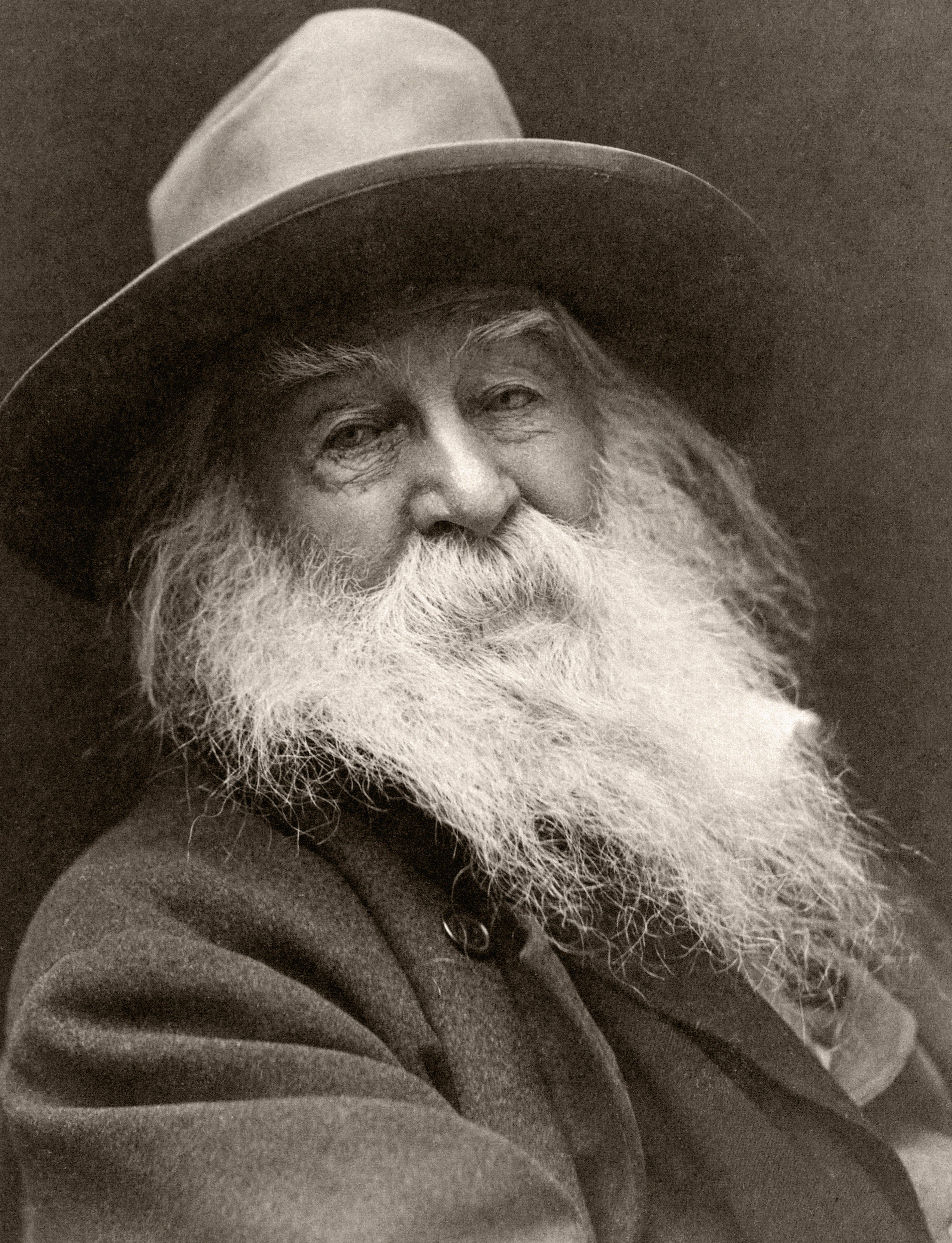
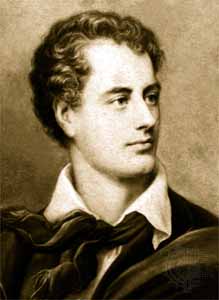
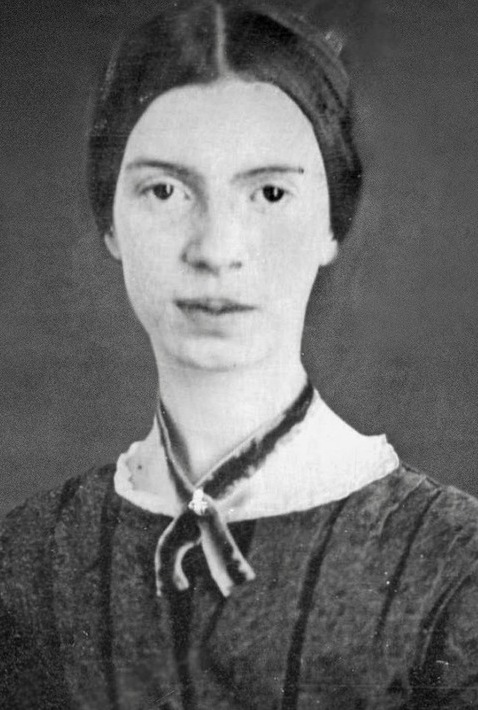
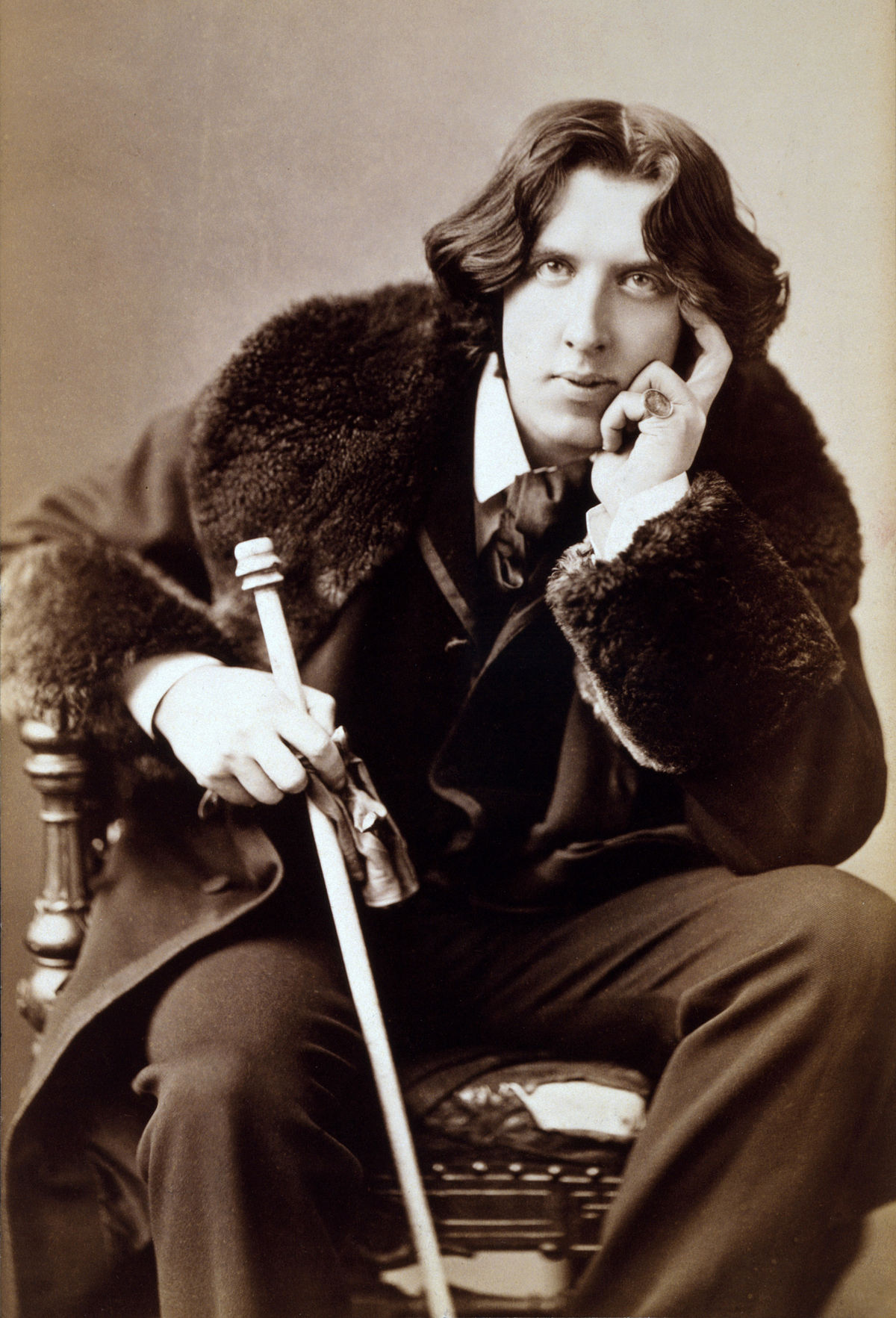

LGBTQ Historical
Figures
Ancient Times
76-138 CE -
Hadrian, Roman Emperor
70-17 BCE -
Virgil, Roman Poet
356-323
BCE -
Alexander the Great, Macedonian Ruler
384-322
BCE - Aristotle, Greek Philosopher
469-399
BCE - Socrates, Greek Philosopher
427-347 BCE
- Plato, Greek Philosopher
620-560 BCE
- Sappho, Greek Poet
1010-961
BCE - David, King of Israel
LGBTQ Historical Overview
Iconic Photos of LGBTQ History
Fight for LGBTQ Rights Throughout History
LGBTQ Historic Residences That You Can
Visit Now
Marie Antoinette: Queer Icon
Ted Brown: Gay Liberation Front
Notable Same Gender Couples from History
Baron Friedrich von
Steuben: Openly Gay Revolutionary War Hero
Forgotten Tragedy: New Orleans Gay Bar and New Effort to
Honor Victims
Timeline: LGBTQ History in the United States
Video List: Famous LGBTQ Folk
Powerful LGBTQ Figures From History that
Nobody Ever Talks About
Gay Actors of Hollywood's Golden Age
Founder of America’s Earliest Lesbian Bar Was Deported
and Killed
Stonewall Forever: Past, Present, and Future Pride
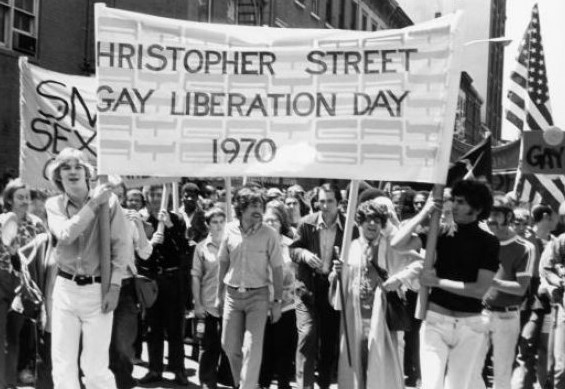
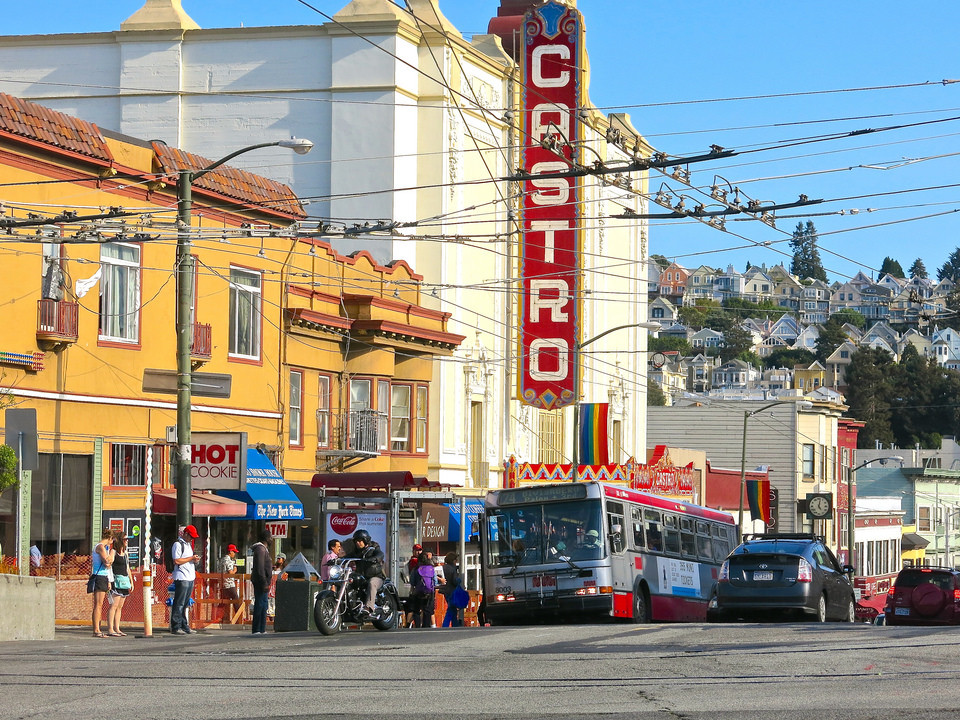
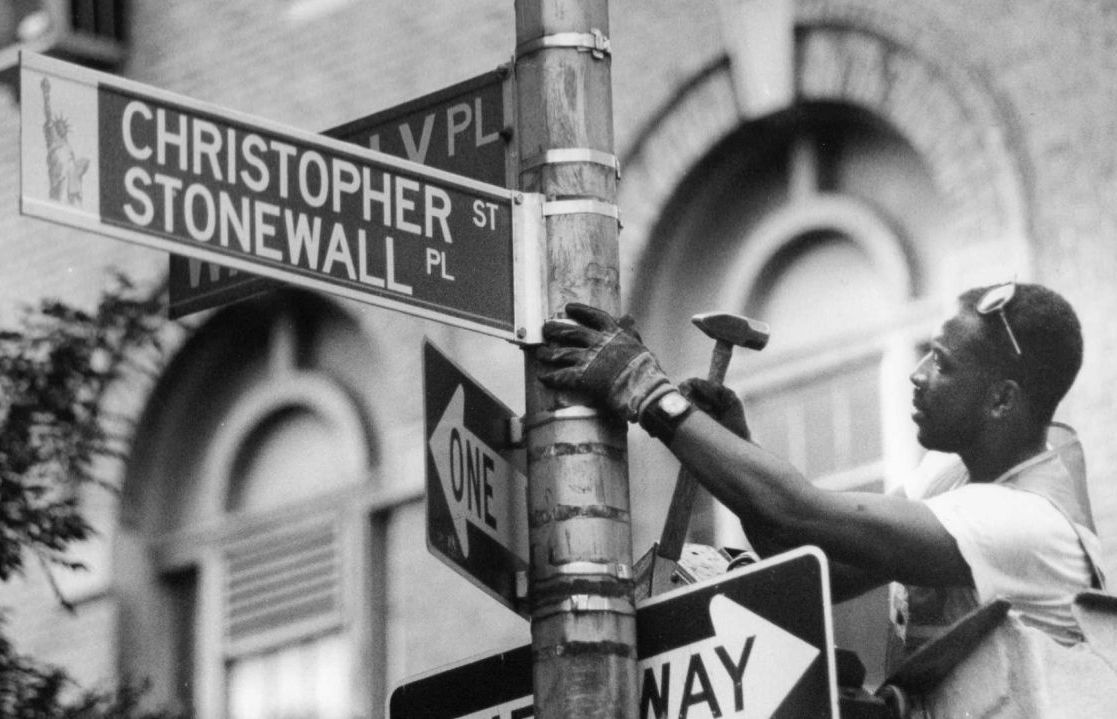
Historical
Locations
1947 | Elks Athletic Club, Louisville, Kentucky |
Popular Gay Hangout
Erected in
1924, the eight-story neoclassical Elks Athletic Club
building was listed in the National Register of Historic
Places in 1979, for its architecture and significance in
the area of social history. The building is also
significant as the location of the Beaux Arts Cocktail
Lounge, which became a popular hangout for gay men
during its eight years of operation. The Beaux Arts
opened for business in 1947, with advertising offering
strong indications of the Beaux Arts’ acceptance of gay
men. Advertisements employed the word “gay” in a manner
that would have been well understood in LGTBQ
subcultures but not among heterosexuals. For example,
the lounge billed itself as “the gay Beaux Arts" with an
advertisement that touted “music and gayety.” This
context evaluates the Beaux Arts in relation to gay and
lesbian society and culture in Louisville between the
end of World War II.
1965 | Independence Hall, Philadelphia | Gay and Lesbian
Protest Movement
Activists led by Barbara Gittings started some of the
first picket lines here. These protests continued on and
off until 1969. Gittings went on to run the Gay and
Lesbian Task Force of the American Library Association
for 15 years.
1969 | The Stonewall Inn, New York City | Birthplace of
Modern Gay Rights Movement
For the first time, a group of gay men and drag queens
fought back against police during a raid on this small
bar in Greenwich Village, on Christopher Street. The
place is now a national historic landmark.
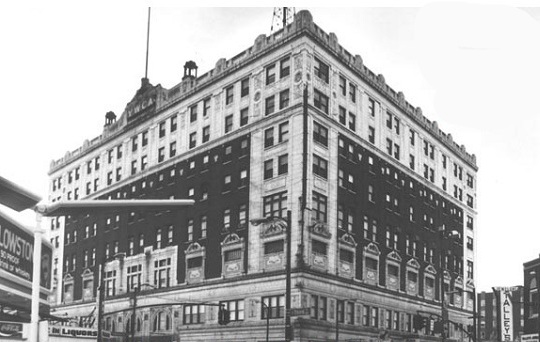
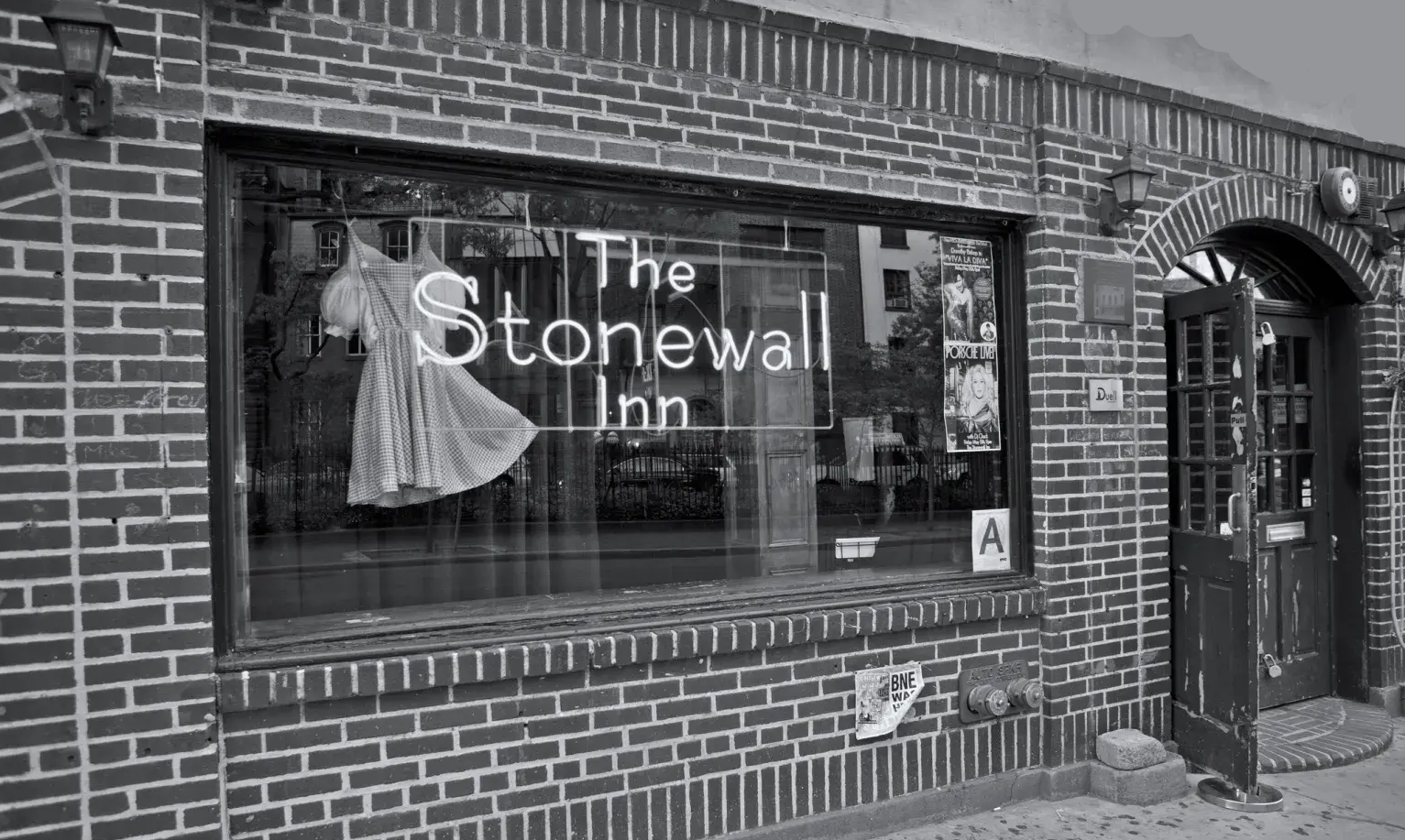
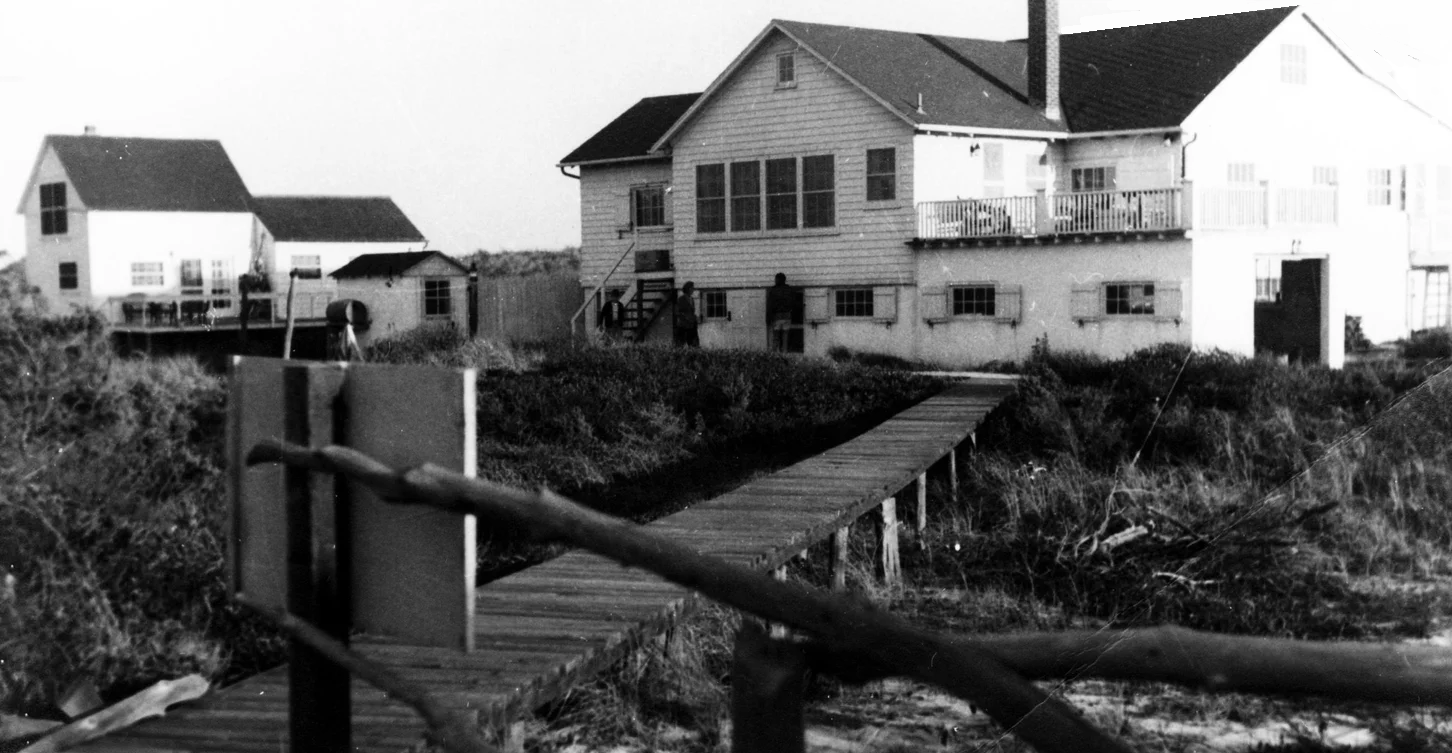
1970s |
Castro Street, San Francisco | Mecca for LGBTQ Community
When it comes to historic landmarks, Castro Street (and
Castro District) was an oasis of hopefulness. Home to
the first openly gay elected official Harvey Milk and
the legendary Castro Theater, this urban location
remains iconic to the LGBTQ community.
2004 |
Cambridge City Hall, Massachusetts | Site of First
Same-Sex Marriage in US History
In the years following this event, attempts by religious
groups in the area to ban it have been stifled and many
more states have joined Massachusetts. In 2015, the US
Supreme Court declared same-sex marriage legal
nationwide.
2015 |
Cherry Grove, Fire Island, New York | Iconic LGBTQ
Vacation Spot
Cherry
Grove (The Grove) is a hamlet in the Town of Brookhaven,
Suffolk County, New York. In 2015 it was designated a
National Historic Landmark because of its association
with LGBTQ history. It is located on Fire Island. The
hamlet has approximately 300 houses on 41 acres, a
summer seasonal population of 2,000 and a year-round
population of 15. Cherry Grove, along with nearby Fire
Island Pines, is considered one of the most popular
lesbian, gay, bisexual, transgender, and queer accepting resort
communities in the United States.
LGBTQ Historic Residences That You Can
Visit Now
Brief History of Queer Political Action
Jane Fonda 1979 Interview:
Gays and Lesbians are Discriminated Against
About the Stonewall Riots
Stonewall Forever: Past, Present, and Future Pride
Wikipedia: Stonewall Riots (New York)
Video: Story of Stone Wall Inn and Stonewall Riots
Stonewall Riots: Beginning of the LGBTQ
Movement
How Harvey Milk Changed the Gay Rights Movement
Forgotten Tragedy: New Orleans Gay Bar and New Effort to
Honor Victims
Gay Jesters Who Inspired LGBTQ Activism in the 1950s
Stonewall Veterans: Rev
Magora Elmira (Goddess) Kennedy
How Stonewall Riots Sparked a Movement
Things
You Missed in History: What Was the Compton’s Cafeteria
Riot?
Wikipedia: Compton’s Cafeteria Riot (San Francisco)
Before the Riot at Stonewall, There Was a Sit In at
Dewey's
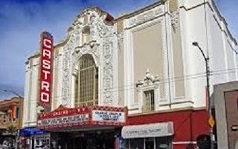
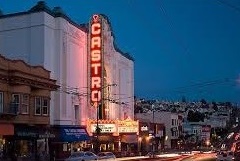
Castro Theatre
The Castro Theater was built in 1922. On September 3,
1977, it was designated a City of San Francisco
registered landmark. It is one of the few remaining
movie palaces in the nation from the 1920s that is still
in operation.
Thanks to its location, The Castro Theatre is the
centerpiece of San Francisco’s most famous gay
neighborhood, The Castro. Over the years it has been the
venue for many LGBTQ events, including performances of
the SF Gay Men’s Chorus and the San Francisco
International LGBTQ Film Festival.
Built by pioneer San Francisco theatre entrepreneurs,
the Nasser brothers, at a cost of $300,000, it was
designed by Timothy L. Pflueger, who went on to become a
famous Bay Area architect.
The exterior design is reminiscent of a Mexican
cathedral, and the interior is very diverse: one can
sense Spanish, Oriental and Italian influences as well
as hints of Art Deco.
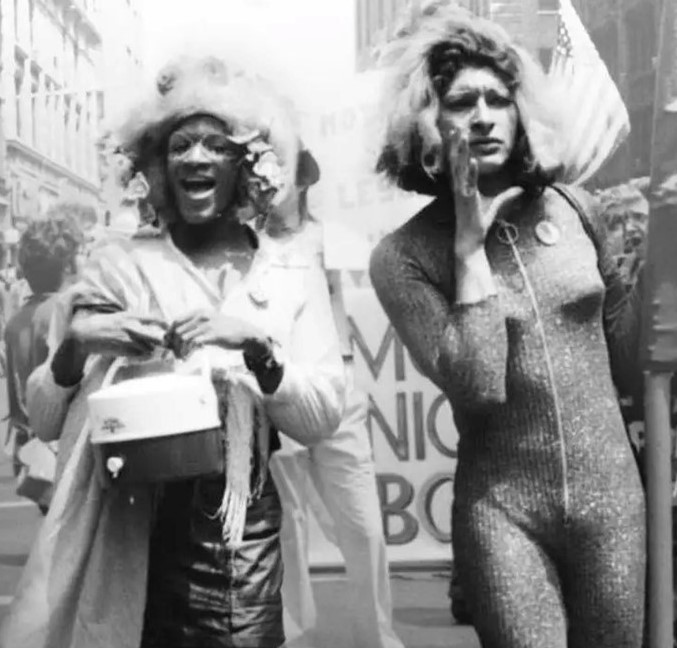
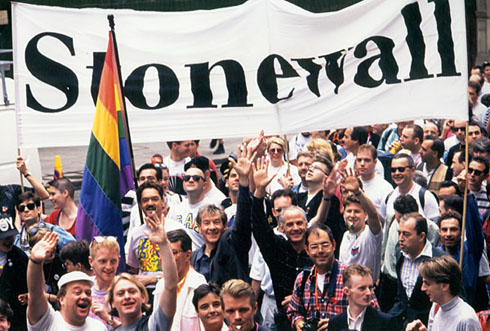
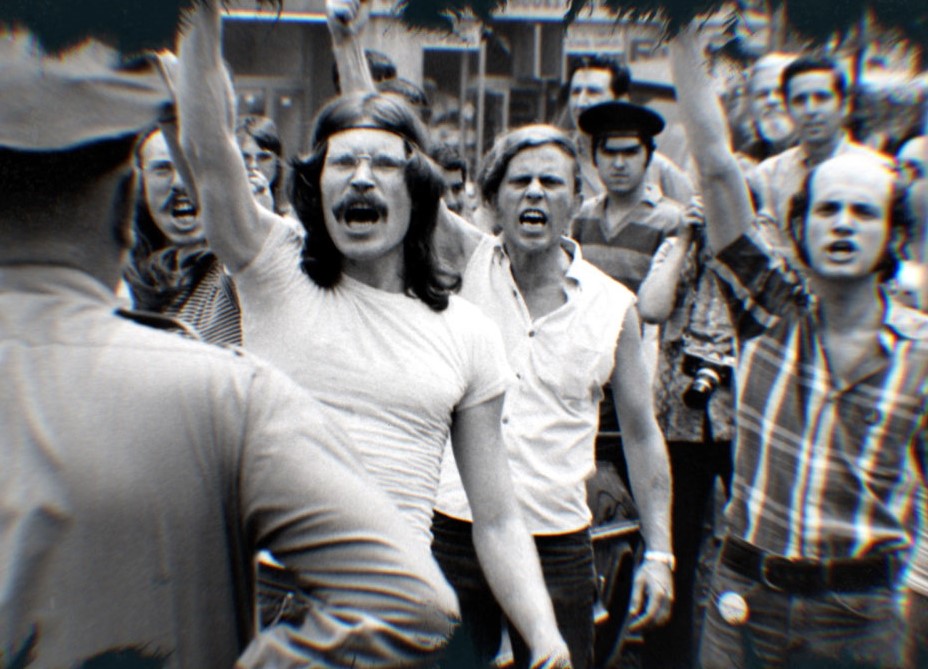
Gay History Quiz
Info: Archaic
Language and Images
Buzzfeed: This is What
Gay Liberation Looked Like in the 70s
Info:
Famous LGBTQ People
LGBTQ Royals You Didn’t Learn About in
History Class
LGBTQ History: Queer Icons
How Harvey Milk Changed the Gay Rights Movement
Ted Brown: Gay Activist Who Spent 50 Years Fighting for
LGBTQ Rights
CNN: LGBTQ Rights Milestones and Fast Facts
Queer Couples Through History From Ancient Egypt to the
White House
Huff Post: I Wish I Had
Learned LGBTQ History in School
LGBTQ Historic Residences That You Can
Visit Now
Iconic Photos of LGBTQ History
Gay Kings and Queens of Europe
Stonewall Riots
June 28, 1969
The Stonewall riots were a series of spontaneous,
violent demonstrations by members of the LGBTQ community
against a police raid that took place in the early
morning hours of June 28, 1969, at the Stonewall Inn,
located in the Greenwich Village neighborhood of
Manhattan, New York City. They are widely considered to
constitute the single most important event leading to
the gay liberation movement and the modern fight for
LGBTQ rights in the United States.
Gay Americans in the 1950s and 1960s faced an anti-gay
legal system. Early homophile groups in the US sought
to prove that gay people could be assimilated into
society, and they favored non-confrontational education
for homosexuals and heterosexuals alike. The last years
of the 1960s, however, were very contentious, as many
social movements were active, including the African
American Civil Rights Movement, the Counterculture of
the 1960s, and antiwar demonstrations. These influences,
along with the liberal environment of Greenwich Village,
served as catalysts for the Stonewall riots.
Very few establishments welcomed openly gay people in
the 1950s and 1960s. Those that did were often bars,
although bar owners and managers were rarely gay. At the
time, the Stonewall Inn was owned by the Mafia. It
catered to an assortment of patrons and was known to be
popular among the poorest and most marginalized people
in the gay community: drag queens, transgender people,
effeminate young men, butch lesbians, male prostitutes,
and homeless youth. Police raids on gay bars were
routine in the 1960s, but officers quickly lost control
of the situation at the Stonewall Inn. They attracted a
crowd that was incited to riot. Tensions between New
York City police and gay residents of Greenwich Village
erupted into more protests the next evening, and again
several nights later. Within weeks, Village residents
quickly organized into activist groups to concentrate
efforts on establishing places for gays and lesbians to
be open about their sexual orientation without fear of
being arrested.
After the Stonewall riots, gays and lesbians in New York
City faced gender, race, class, and generational
obstacles to becoming a cohesive community. Within six
months, two gay activist organizations were formed in
New York, concentrating on confrontational tactics, and
three newspapers were established to promote rights for
gays and lesbians. Within a few years, gay rights
organizations were founded across the US and the world.
On June 28, 1970, the first Gay Pride marches took place
in New York, Los Angeles, San Francisco and Chicago
commemorating the anniversary of the riots. Similar
marches were organized in other cities. Today, Gay Pride
events are held annually throughout the world toward the
end of June to mark the Stonewall riots.
Stonewall Inn Gets LGBTQ National Park Service Visitor
Center
Sylvia
Rivera Changed Queer and Trans Activism Forever
Stonewall Forever: Past, Present, and Future Pride
Lessons From
Stonewall for LGBTQ People Today
How the Stonewall Riots
Inspired the LGBTQ Movement
Stone Wall Veterans: The
Night That Changed the World
Info:
Famous LGBTQ People
Brief History of Queer Political Action
Jane Fonda 1979 Interview:
Gays and Lesbians are Discriminated Against
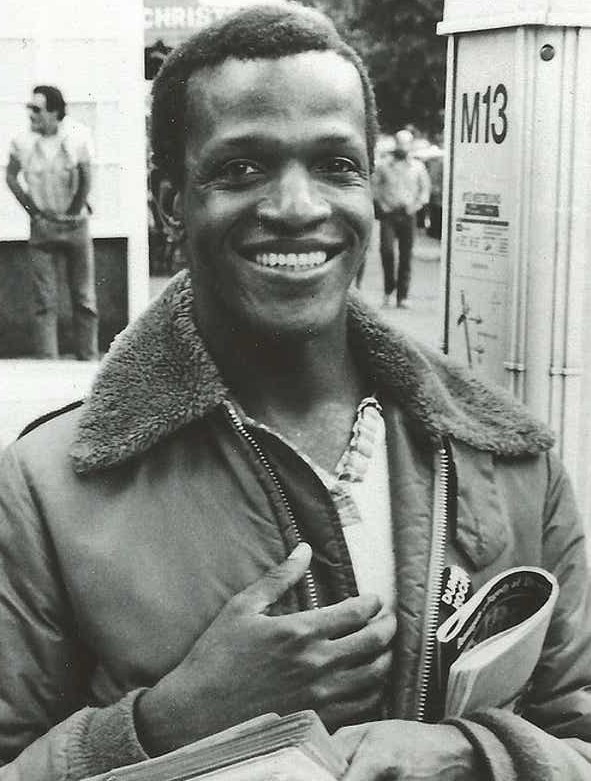
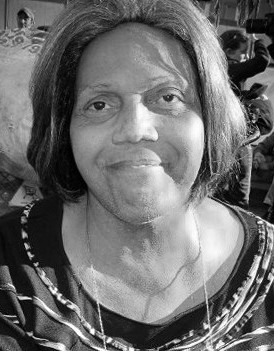
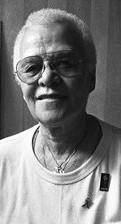
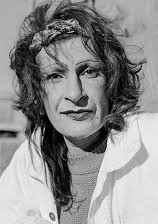
Activists of the
Stonewall Rebellion
June 28, 1969
--Stormé DeLarverie (1920-2014) was a bi-racial butch lesbian whose
scuffle with police was, according to Stormé and many
eyewitnesses, the spark that ignited the Stonewall
riots, spurring the crowd to action. She was born in New
Orleans to an African American mother and a white
father. She is remembered as a gay civil rights
icon and entertainer, who performed and hosted at the
Apollo Theater and Radio City Music Hall. She worked
for much of her life as an MC, singer, bouncer,
bodyguard and volunteer street patrol worker, the
"guardian of lesbians in the Village." She is known
as "the Rosa Parks of the gay community.
--Marsha P Johnson (1945-1992) was
an American gay liberation activist and
self-identified drag queen. Known as an outspoken
advocate for gay rights, Johnson was one of the
prominent figures in the Stonewall uprising of
1969. A founding member of the Gay Liberation
Front, Johnson co-founded the radical activist group
Street Transvestite Action Revolutionaries (STAR),
alongside close friend Sylvia Rivera. A popular
figure in New York City's gay and art scene, Johnson
modeled for Andy Warhol, and performed onstage with the
drag performance troupe Hot Peaches. Known for
decades as a welcoming presence in the streets of
Greenwich Village, Johnson was known as the "Mayor
of Christopher Street". From 1987 through 1992, Johnson
was an AIDS activist with ACT UP.
--Sylvia Rivera (1951-2002) was a
Latina American gay liberation and transgender rights
activist, prominent as an activist and
community worker in New York. Rivera, who identified as
a drag queen, participated in demonstrations with the
Gay Liberation Front.
With close friend Marsha P Johnson, Rivera co-founded
the Street Transvestite Action Revolutionaries (STAR), a
group dedicated to helping homeless young drag queens,
gay youth, and trans women.
--Miss Major Griffin-Gracy (born 1940), often
referred to as Miss Major, is a trans woman activist and
community leader for transgender rights, with a
particular focus on women of color. She served as the
original Executive Director for the Transgender Gender
Variant Intersex Justice Project, which aims to assist
transgender persons, who are disproportionately
incarcerated under the prison-industrial complex. Griffin-Gracy has participated in activism for a wide
range of causes throughout her lifetime, including the
1969 Stonewall riots in New York City.
--Craig L Rodwell (1940-1993) was
an American gay rights activist known for founding the
Oscar Wilde Memorial Bookshop in 1967, the
first bookstore devoted to gay and lesbian
authors and as the prime mover for the creation
of the New York City pride demonstration. Rodwell is
considered by some to be the leading gay rights activist
in the early homophile movement of the 1960s.
--Reverend
Magora Emilia Kennedy (born 1938), referred to as Rev
Goddess Kennedy, is currently the chaplain of the
National Stonewall Rebellion Veterans Association. She
describes herself as the gayest great grandmother of the
LGBTQ community.
--Thomas Lanigan-Schmidt (born 1948) is an American artist
who took part in the Stonewall riots.
How Harvey Milk Changed the Gay Rights Movement
Remembering Stonewall: Those Who Were There
Wikipedia: Stonewall Riots (New York)
Video: Story of Stonewall Inn and Stonewall Riots
Stonewall Riots: Beginning of the LGBTQ
Movement
Info: Archaic
Language and Images
True Story Behind the Stonewall
Rebellion
Sylvia Rivera: 1973 Gay Pride Rally (NYC)
How Stonewall Riots Sparked a Movement


Memorial for LGBTQ Victims of
Nazi Regime
2025
A memorial to the long-ignored gay
victims of the Nazi regime and to all
LGBTQ people persecuted throughout
history has been unveiled in Paris in
May 2025. The monument, a massive steel
star designed by French artist Jean-Luc
Verna, is located at the heart of Paris,
in public gardens close to the Bastille
Plaza. It aims to fulfill a duty to
remember and to fight discrimination,
Paris Mayor Anne Hidalgo said.
“Historical recognition means saying
‘this happened’ and ‘we don’t want it to
happen again,’” Hidalgo said.
Describing the sculpture that looks like
a big star wand lying on the ground,
Verna, a visual artist who also is a
LGBTQ rights activist, said: “There’s a
black side in front of us, forcing us to
remember. ... At certain times of the
day, it casts a long shadow on the
ground, evoking the dangers looming
over, sadly.”


The other side of the star, silvery,
reflects the sky. It represents “the
color of time passing, with the Paris
sky moving as quickly as public opinion,
which can change at any moment,” Verna
said.
Historians estimate between 5,000 and
15,000 people were deported throughout
Europe by the Nazi regime during World
War II because they were gay.
Jacques Chirac in 2005 was the first
president in France to recognize these
crimes, acknowledging LGBTQ people have
been “hunted down, arrested and
deported.” Jean-Luc Roméro, deputy
mayor of Paris and a longtime LGBTQ
rights activist, said “we didn’t know,
unfortunately, that this monument would
be inaugurated at one of the worst
moments we’re going through right now.”
Referring to policies of US President
Donald Trump’s administration, Romero
said “we’ve never experienced such
setback in the United States, with
what’s happening to trans people.” Since
returning to the White House in January,
Trump has issued orders to recognize
people as being only man or woman, keep
transgender girls and women out of
sports competitions for women, oust
transgender military troops, restrict
federal funding for gender-affirming
care for transgender people under age 19
and threaten research funding for
institutions that provide the care. All
the efforts are being challenged in
court.
In Europe, Hungary’s parliament passed
this year an amendment to the
constitution that allows the government
to ban public events by LGBTQ+
communities, a decision that legal
scholars and critics have called another
step toward authoritarianism by the
populist government.
[Source: Associated Press, May 2025]
Paris Unveils Memorial to LGBTQ Victims
of Nazi Regime
Memorial to LGBTQ Victims of Nazi
Atrocities Unveiled in Paris
Paris Unveils Memorial to Gay Holocaust
Victims
New Memorial to Gay Victims of Nazi
Persecution Unveiled in Paris
Germany Recalls Overlooked LGBTQ Victims
of Nazi Persecution
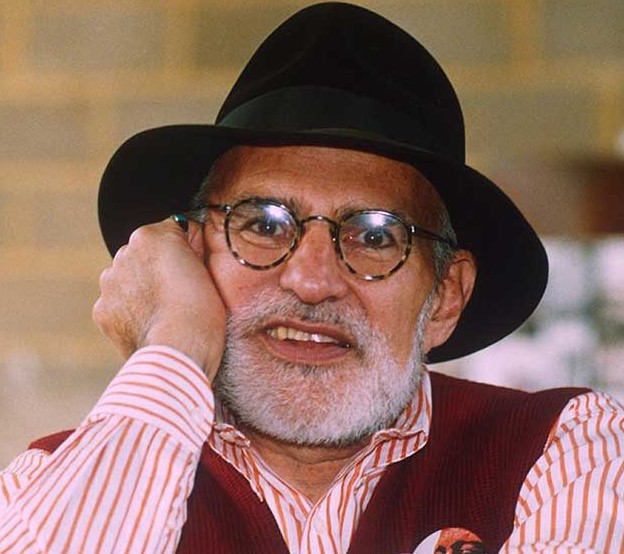
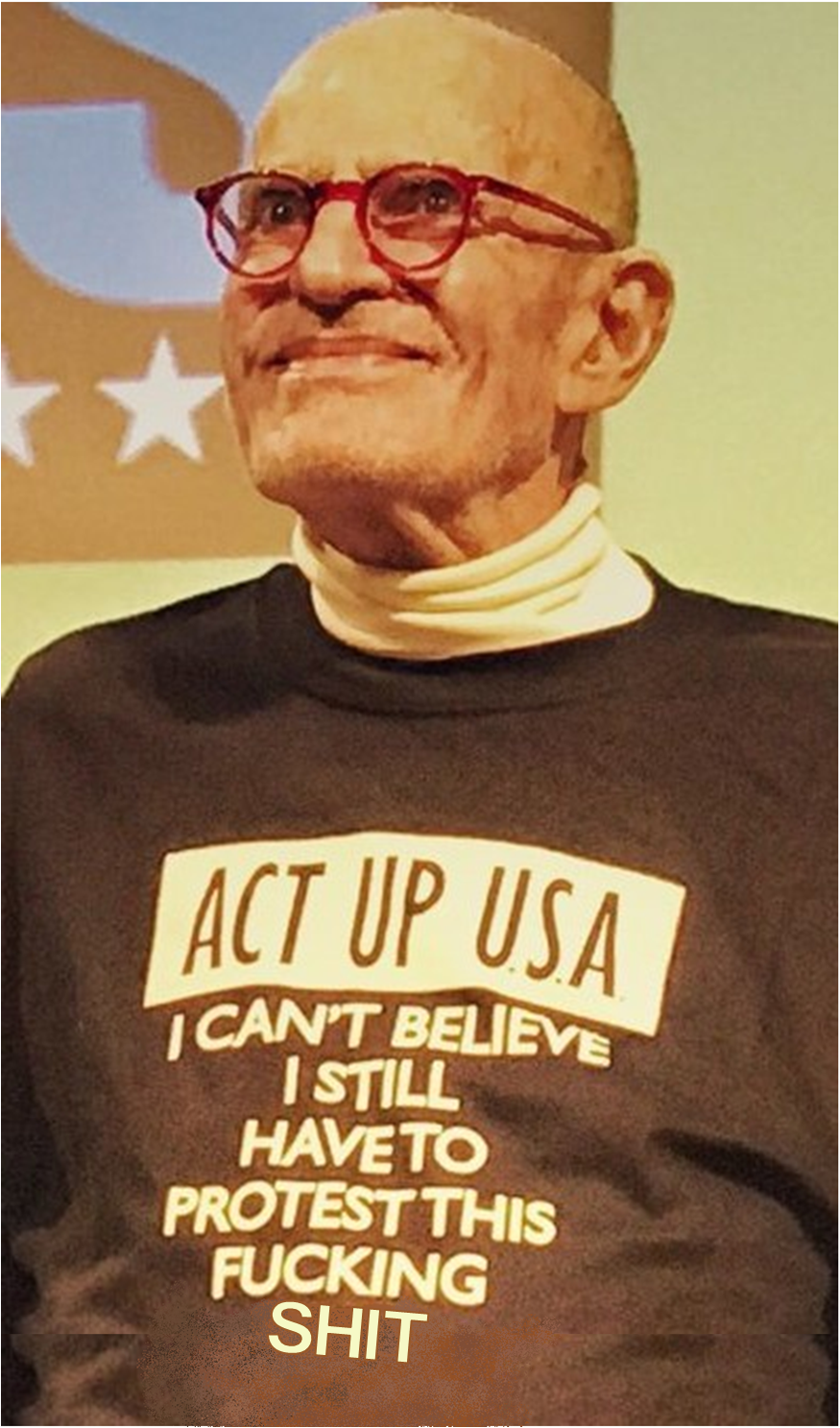
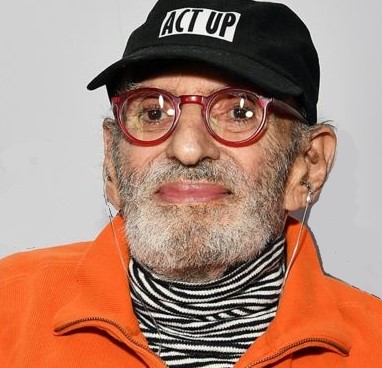
Activist: Larry
Kramer
1935-2020
Larry Kramer was
a gay American playwright, author, film
producer, public health advocate, and LGBTQ rights activist. He began his
career rewriting scripts for films,
including Women in Love (1969)
for which he received an Academy Award
nomination. Kramer introduced a
controversial and confrontational style
in his novel Faggots (1978),
which earned mixed reviews and emphatic
denunciations from elements within the
gay community for Kramer's portrayal of
what he characterized as shallow,
promiscuous gay relationships in the
1970s.
Kramer witnessed the spread of
the disease later known as AIDS among
his friends in 1980. He co-founded the
Gay Men's Health Crisis, which has
become the world's largest private
organization assisting people living
with AIDS. Kramer grew frustrated with
bureaucratic paralysis and the apathy of
gay men to the AIDS crisis, and wished
to engage in further action than the
social services GMHC provided. He
expressed his frustration by writing a
play titled The Normal Heart in
1985.
His political activism continued
with the founding of the AIDS Coalition
to Unleash Power (ACT UP) in 1987, an
influential direct action protest
organization with the aim of gaining
more public action to fight the AIDS
crisis. ACT UP has been widely credited
with changing public health policy and
the perception of people living with
AIDS, and with raising awareness of HIV
and AIDS-related diseases. Kramer was a
finalist for the Pulitzer Prize for his
play The Destiny of Me (1992),
and he was a two-time recipient of the
Obie Award.
Larry Kramer, Gay Author
and AIDS Activist, Dies
Remembering AIDS Activist Larry Kramer
Larry Kramer: Grow Up, Fight for Your Rights, Be Proud
of Being Gay
Iconic Gay Activist Passes Away at 84
Larry Kramer: Hero, Mentor, Prophet
Peter Staley's Honest Eulogy of Larry Kramer
Larry Kramer: Fire, Passion, Anger
Larry Kramer, Playwright and Activist, Dead at 84
Dr. Anthony Fauci Remembers Larry Kramer
Larry Kramer Was Not Kind and Cuddly, He Was Effective
Larry Kramer's Historic Plague Speech: Anger is
Essential
Larry Kramer: True LGBTQ Radical
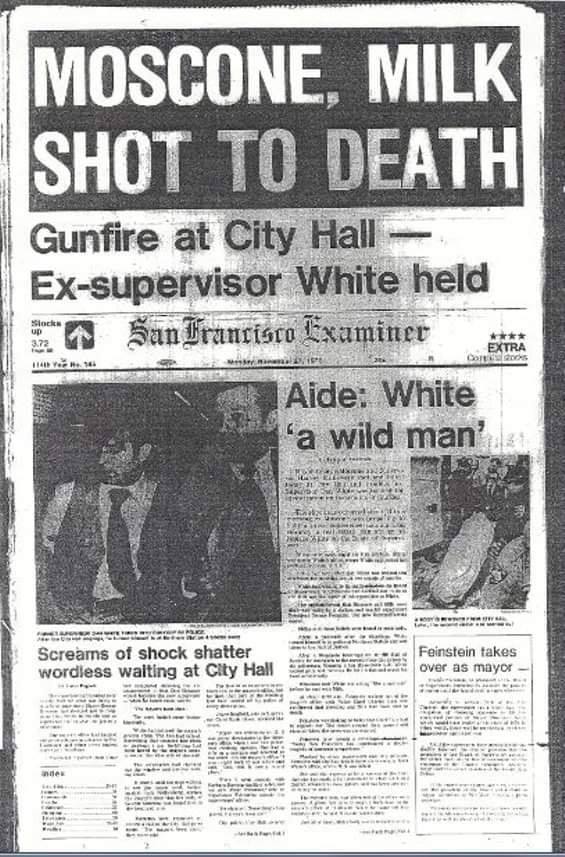
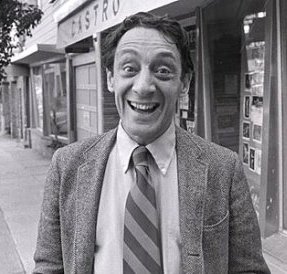
Icon and Martyr:
Harvey Milk
1930-1978
Harvey Bernard Milk was an
American politician and the first openly
gay elected official in the history of
California, where he was elected to the
San Francisco Board of Supervisors in
1977. Milk moved from New York City
(where he was born) to the Castro
District of San Francisco in 1972 amid a
migration of gay and bisexual men. He
took advantage of the growing political
and economic power of the neighborhood
to promote his interests and
unsuccessfully ran three times for
political office. Milk served almost 11
months in office, during which he
sponsored a bill banning discrimination
on the basis of sexual orientation. The
Supervisors passed the bill by a vote of
11-1 and was signed into law by Mayor Moscone. On November 27, 1978, Milk and
Mayor George Moscone were assassinated
by Dan White, who was another city
supervisor. Despite his short
career in politics, Milk became an icon
in San Francisco and a martyr in the gay
community. In 2002, Milk was called "the
most famous and most significantly open
LGBTQ official ever elected in the
United States". Milk was
posthumously awarded the Presidential
Medal of Freedom in 2009.
Biographical Notes: Harvey Milk
How Harvey Milk Changed the Gay Rights
Movement
Encyclopedia Brittanica: Harvey Milk
NPR News: Harvey Milk 40 Years Later
The
Activism of Harvey Milk
Ian McKellan Reading
Harvey Milk's Hope Speech
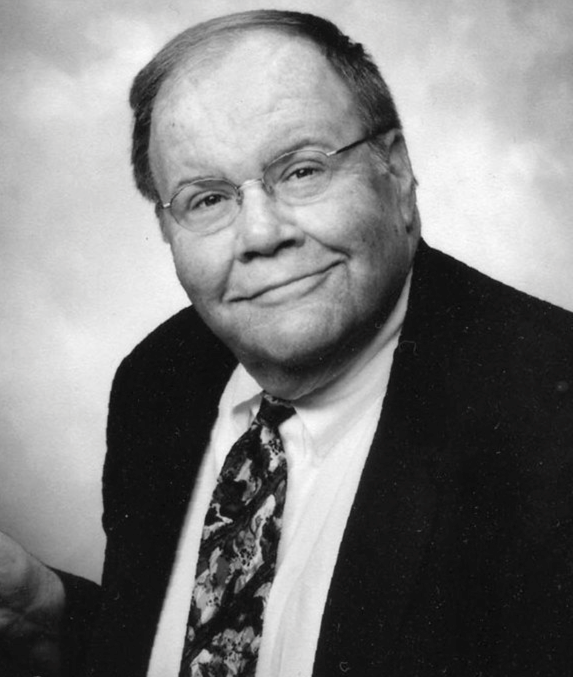
Masked Psychiatrist:
Dr. John Fryer
1972
They
thought he’d wear a mask that was a little more subtle.
Something like the Lone Ranger, just a piece of cloth
around the eyes. But no. Introduced to the room as Dr.
Henry Anonymous, wearing a wig and a tuxedo three sizes
too big, and speaking through a microphone that
distorted his voice, Dr. John Fryer stood in front of a
crowd of psychiatrists at their annual meeting donning a
garish Richard M. Nixon. It was 1972, and he masked
himself in order to say the following words: “I am a
homosexual. I am a psychiatrist.” His declaration
changed the world.
"From my viewpoint, Fryer’s testimony on May 2, 1972, is
at least equal in significance to Stonewall. Both of
them are hugely important moments in terms of LGBTQ
civil rights,” said Malcolm Lazin, executive director of
Equality Forum, an LGBTQ organization that has long
supported the scholarship and recognition of Fryer’s
work.
Removing the classification of homosexuality as a mental
illness had been a mission of gay activists since at
least the mid-1960s. Homosexuality was first classified
as a disorder in 1952, when the first edition of the
Diagnostic and Statistical Manual of Mental Disorders
(commonly known as the DSM, the bible of the psychiatric
field and the book from which all diagnoses are
recognized) was published. The classification meant
people could be institutionalized against their will,
fired from their job, denied a mortgage or have their
rights otherwise limited. Homosexual desire was
considered an affliction, and acceptable “cures”
included treatments like chemical castration,
electroconvulsive therapy and lobotomy.
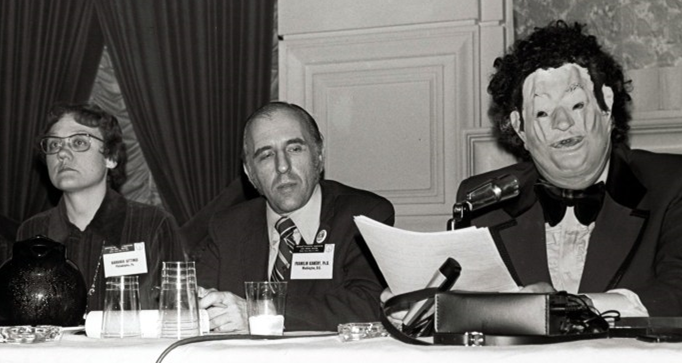
NBC News: Dr. Anonymous Changes History
“As a class, we were mentally ill — no exceptions. And
that was totally wrong to begin with. And their science
was poor,” said Kay Tobin Lahusen, an early gay rights
activist who helped to organize Fryer’s speech with her
partner, Barbara Gittings, a pioneering lesbian who
would come to be known as the mother of lesbian and gay
liberation. Lahusen spoke to NBC News in 2019, two years
before her death last year. Gittings died in 2007.
Activists began increasing pressure on the American
Psychiatric Association, in the early 1970s. The
association invited the activists to its annual meeting
in 1972 as a concession to gay protesters who had
stormed the conference in San Francisco in 1970 and
Washington, DC, in 1971. The 1972 panel, at the
conference in Dallas, was called “Psychiatry: Friend or
Foe to Homosexuals? A Dialogue.”
There was an underground group at the time called the
Gay-P-A, which was made up of mostly gay psychiatrists
who met in secret, at the same time as the association’s
annual conference. Gittings and Lahusen wrote letters to
everyone in the Gay-P-A they could reach and asked if
they would speak.
“I thought about it and realized it was something that
had to be done,” Fryer recalled decades later, according
to an article published in a 2002 issue of the “Journal
of Gay & Lesbian Psychotherapy.” “I had been thrown out
of a residency because I was gay; I had lost a job
because I was gay. That perspective needed to be heard
from a gay psychiatrist by an audience that perhaps
might be more inclined to listen to a psychiatrist.”
But he couldn’t do it as himself. “He said, ‘Well, if I
think about it, I could do it if I could wear a mask.
And have a distorted microphone and wear a costume,”
said Lahusen, who laughed as she recalled his
“grotesque” Richard Nixon mask, “awful wig” and
oversized suit. “And that’s how Dr. H. Anonymous came
about.”
As Dr. Anonymous, Fryer’s speech at the APA conference
sought to describe to the heterosexuals in the room the
plight of their homosexual colleagues, who would have
their “dooms sealed” should their “secret be known.” He
also urged fellow gay psychiatrists to take a risk and
“attempt to change the attitudes of both homosexuals and
heterosexuals toward homosexuality.” By remaining
closeted, he told his fellow gay psychiatrists, “we are
taking an even bigger risk … in not living fully our
humanity, with all of the lessons it has to teach all
the other humans around us.” Fryer received a
standing ovation.
Though Fryer wouldn’t come out as Dr. Anonymous to the
APA for another 20 years, homosexuality as a mental
disorder was removed from the DSM in 1973. Fryer
died in 2003 at 65.
LGBTQ Historical Overview
Iconic Photos of LGBTQ History
Fight for LGBTQ Rights Throughout History
Marie Antoinette: Queer Icon
Ted Brown: Gay Liberation Front
Notable Same Gender Couples from History
Baron Friedrich von
Steuben: Openly Gay Revolutionary War Hero
Forgotten Tragedy: New Orleans Gay Bar and New Effort to
Honor Victims
Timeline: LGBTQ History in the United States
Video List: Famous LGBTQ Folk
Powerful LGBTQ Figures From History that
Nobody Ever Talks About
Gay Actors of Hollywood's Golden Age
Founder of America’s Earliest Lesbian Bar Was Deported
and Killed
Stonewall Forever: Past, Present, and Future Pride
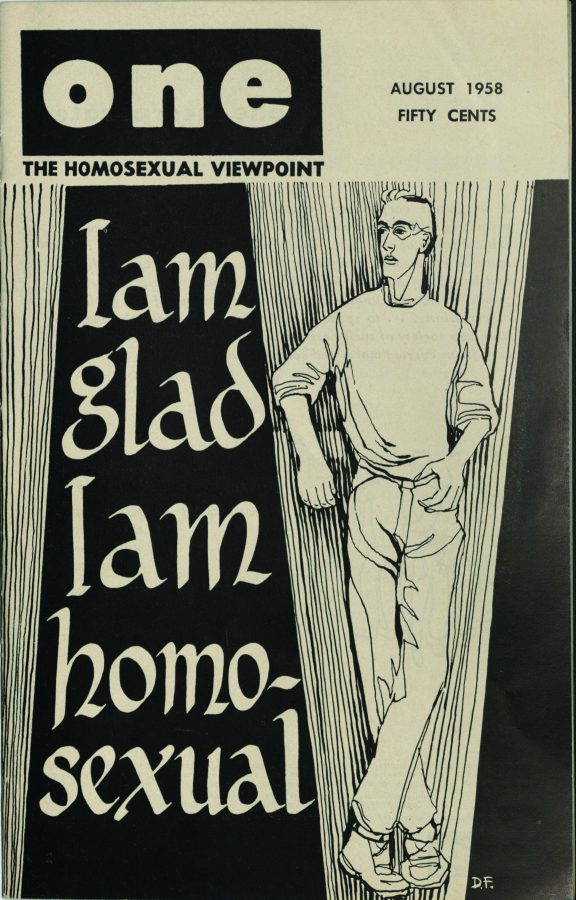
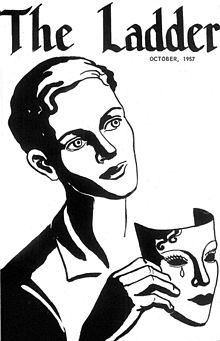
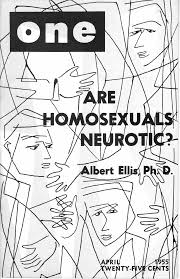
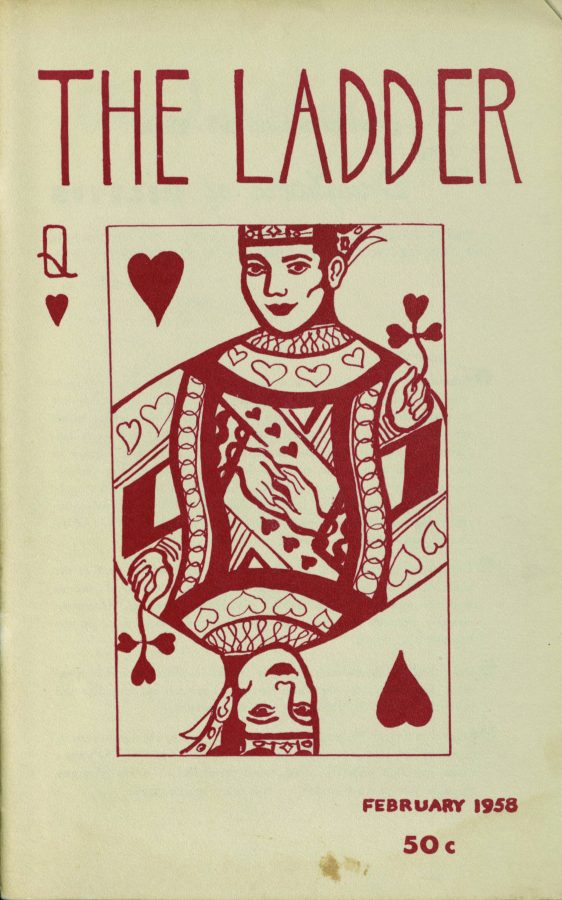
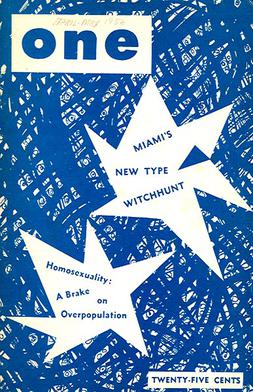
Homophile
Movement
1950-1969
In 1950,
Harry Hay formed the Mattachine Society in New York and
Washington DC. Other organizations such as One
Incorporated
(formed in 1952) and the Daughters of Bilitis (formed in
1955 in NY) soon followed. By 1954, the monthly sales of
One Magazine peaked at 16,000. In 1956, the
Daughters of Bilitis began publishing The Ladder. Homophile organizations
elsewhere included Arcadie (1954) in France and the
British Homosexual Law Reform Society (founded 1958).
By the mid-1960s, lesbian, gay, bisexual, transgender,
and queer people in the United States were forming more
visible communities, and this was reflected in the
political strategies of American homophile groups. From
the mid-1960s, they engaged in picketing and sit-ins,
identifying themselves in public space for the first
time. The Janus Society formed in 1962 in Philadelphia.
Formed in 1964, the San Franciscan Society for
Individual Rights (SIR) had a new openness and a more
participatory democratic structure. SIR was focused on
building community, and sponsored drag shows, dinners,
bridge clubs, bowling leagues, softball games, field
trips, art classes and meditation groups. In 1966, SIR
opened the nation's first gay and lesbian community
center, and by 1968 they had over 1000 members, making
them the largest homophile organization in the country.
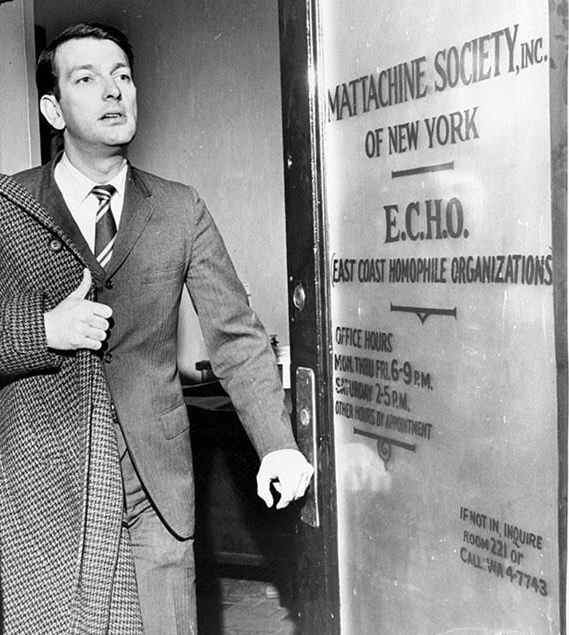
Homophile Movement
Making History: The Homophile Movement
One
Incorporated
Out History: Homophile Movement
Cornell Library: Homophile Movement
Iconic Photos of LGBTQ History
The
world's first gay bookstore had opened in New York the
year before. A 1965 gay picket held in front of
Independence Hall in Philadelphia, according to some
historians, marked the beginning of the modern gay
rights movement. Meanwhile, in San Francisco in 1966,
transgender street prostitutes in the poor neighborhood
of Tenderloin rioted against police harassment at a
popular all-night restaurant, Gene Compton's Cafeteria.
These and other activities of public resistance to
oppression lead to a feeling of Gay Liberation that was
soon to give a name to a new movement.
In 1963, homophile organizations in New York City,
Philadelphia and Washington, DC joined together to form
East Coast Homophile Organizations (ECHO) to more
closely coordinate their activities. The success of ECHO
inspired other homophile groups across the country to
explore the idea of forming a national homophile
umbrella group. This was done with the formation in 1966
of the North American Conference of Homophile
Organizations (NACHO). NACHO held annual conferences,
helped start dozens of local gay groups across the
country and issued position papers on a variety of LGBTQ-related
issues. It organized national demonstrations, including
a May 1966 action against military discrimination that
included the country's first gay motorcade. Through its
legal defense fund, NACHO challenged anti-gay laws and
regulations ranging from immigration issues and military
service to the legality of serving alcohol to
homosexuals. NACHO disbanded after a contentious 1970
conference at which older members and younger members,
radicalized in the wake of the 1969 Stonewall riots,
clashed. That convention
became the battle that ended the homophile movement.
Gay History Quiz
Info: Archaic
Language and Images
Buzzfeed: This is What
Gay Liberation Looked Like in the 70s
Info:
Famous LGBTQ People
LGBTQ Royals You Didn’t Learn About in
History Class
LGBTQ History: Queer Icons
How Harvey Milk Changed the Gay Rights Movement
Ted Brown: Gay Activist Who Spent 50 Years Fighting for
LGBTQ Rights
CNN: LGBTQ Rights Milestones and Fast Facts
Queer Couples Through History From Ancient Egypt to the
White House
Huff Post: I Wish I Had
Learned LGBTQ History in School
Gay Kings and Queens of Europe
The Carrington
House
1927-2014
Truman
Capote rented a house from his friend, the theater
director Frank Carrington, on Fire Island, New York,
where he wrote "Breakfast at Tiffany's" in 1957. The
house, known as Carrington House, was an early Fire
Island bungalow that Carrington acquired in 1927 and
transformed into a haven for the LGBTQ arts community,
making it a welcoming retreat for many artists.
Built around 1912, it is one of the first buildings –
and probably the oldest surviving – in the hamlet of
Cherry Grove, New York. The Carrington House was
recognized with a listing on the National Register of
Historic Places in 2014 for its role in LGBTQ history.
The site is now part of the National Park Service.
By the 1920s Fire Island had become a popular
destination for the gay population of New York City. The
isolation of the island made it an ideal retreat to
escape the crowds of the metropolis.
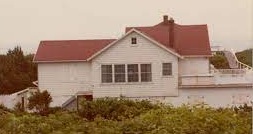

Carrington was born in 1894 and had been interested in
the theatre from a young age. He became a theatre
director and co-founded the Cherry Lane Theatre in New
York City. In 1934 he established Millburn's Paper Mill
Playhouse. He was also active in the growing arts
community of Cherry Grove.
Carrington enlarged the house and under his ownership it
was a popular refuge for LGBTQ artists. He rented the
property to his friends in the community, including
Truman Capote. In 1957 Capote developed a novella there
that would become the screenplay for the film,
"Breakfast at Tiffany's" (1958).
Other
guests included New York City Ballet co-founder Lincoln
Kerstein, fashion designer Bill Blass, actor Henry
Fonda, and actresses Gertrude Lawrence and Katharine
Hepburn.
Carrington owned the house for almost fifty years, then
sold it to the US government as part of the Fire Island
National Seashore under the condition that he be able to
live there for the rest of his life. He died in 1975.
LGBTQ Historical Overview
Iconic Photos of LGBTQ History
Fight for LGBTQ Rights Throughout History
Marie Antoinette: Queer Icon
Ted Brown: Gay Liberation Front
Notable Same Gender Couples from History
Baron Friedrich von
Steuben: Openly Gay Revolutionary War Hero
Forgotten Tragedy: New Orleans Gay Bar and New Effort to
Honor Victims
Timeline: LGBTQ History in the United States
Video List: Famous LGBTQ Folk
Powerful LGBTQ Figures From History that
Nobody Ever Talks About
Gay Actors of Hollywood's Golden Age
Founder of America’s Earliest Lesbian Bar Was Deported
and Killed
Stonewall Forever: Past, Present, and Future Pride
Ally Priest:
Robert Cromey
1931-2025
Rev.
Robert Cromey, an Episcopal priest and pre-Stonewall
advocate of LGBTQ rights who defied the church by
performing wedding ceremonies for same-sex couples in
the 1960s, died in January 2025 at age 93. As a human
rights activist, he joined Dr. Martin Luther King on his
March to Selma, he supported Cesar Chavez and the farm
workers strike, he spoke out about the use of military
force, and he urged support for people living with
AIDS/HIV.
“I was called a homosexual sympathizer back then,”
Cromey recalled in a recent blog post, “but ‘fag priest’
was the only nickname I really loved.”
Reverend
Jim Mitulski, the out gay pastor of the Congregational
Church of the Peninsula, told the Bay Area Reporter that
Cromey was “unwavering in his commitment to gay causes,”
unlike many clergy of the time, and noted his lasting
influence on today’s church. “He was far more outspoken
than many gay clergy were willing to be,” Mitulski said.
“He was very influential for me and other clergy in San
Francisco. The Episcopal Church treated him at the time
very badly. Now, they’re very pro-gay, but that’s
because of what Robert did.”


Robert Cromey, Ally Priest Who Performed San Francisco's
First Same-Sex Church Weddings, Dies
Rev Robert Cromey and the Council on Religion and the
Homosexual
Cromey was recruited by the progressive heterodox Bishop
James Pike to serve in various ministries in San
Francisco’s Mission District. In March of 1963, Cromey
gave a sermon at Grace Cathedral stating that gays
should be treated equally and welcomed into the church.
The sermon was not well received at the time. “This was
so radical that most people thought he was completely
crazy,” his wife, Ann Cromey, told the San Francisco
Chronicle. “That was the last time he was invited to
preach at Grace Cathedral.”
Cromey was quickly relegated to help found St. Aidan’s
Episcopal in Diamond Heights and began officiating
same-sex weddings there, the first held in a church
within the city. When the church hierarchy forbade him
from officiating weddings for same-sex couples, he
simply invited other clergy to officiate the ceremonies
while he watched. Cromey later transferred to the
Trinity Episcopal Church on Cathedral Hill in San
Francisco.
“I am a straight man and felt the LGBTQ rights movement
was a justice issue not a sexual one,” Cromey wrote. “I
was active in the civil rights activities for African
Americans. The gay rights movement also was a justice
issue for a persecuted minority.” Cromey noted his
activism was not limited to the fight for LGBTQ rights,
but also defending the rights of all oppressed groups
and worthwhile causes.
His notoriety brought publicity, which he used to share
the struggles of the LGBTQ community to a wider, and
often hostile, audience. He performed funeral services
for gay men who died from AIDS complications and was
also arrested numerous times for his allegiance to the
LGBTQ cause. “I think my upward mobile ability in the
church was hampered by my advocacy for all kinds of
things,” he wrote. “I was criticized from time to time
by the hierarchy, higher-ups, but I didn’t care. Being
criticized meant I had a chance to respond, and if I was
criticized publicly or in the media, it was an even
bigger advantage because I could respond publicly."
[Source:
Donald Padgett, Advocate Magazine, January 2025]
Joe Biden Issues Presidential
Proclamation for 70th Anniversary of Lavender Scare
Comparing the “Lavender Scare” With the
Current “Trans Scare”
Lavender Scare: Notes, History, Overview
CBS Sunday Morning: The Lavender Scare
Washington Post: Gay Rights Pioneer Frank Kameny
LGBTQ History: Frank Kameny
IMDB:
Lavender Scare Movie
Remembering the Legacy of Frank Kameny
Lavender Scare
1949-1973
The lavender scare refers
to a witch hunt and the mass firings of homosexual
people in the 1950s from the United States government.
It contributed to and paralleled the anti-communist
campaign known as McCarthyism and the Red Scare. Gay men
and lesbians were said to be security risks and
communist sympathizers, which led to the call to remove
them from federal employment.
Former US Senator Alan
Simpson has written: "The so-called 'Red Scare' has been
the main focus of most historians of that period of
time. A lesser-known element and one that harmed far
more people was the witch-hunt McCarthy and others
conducted against homosexuals."
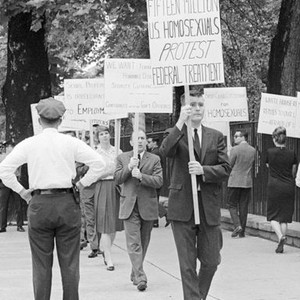
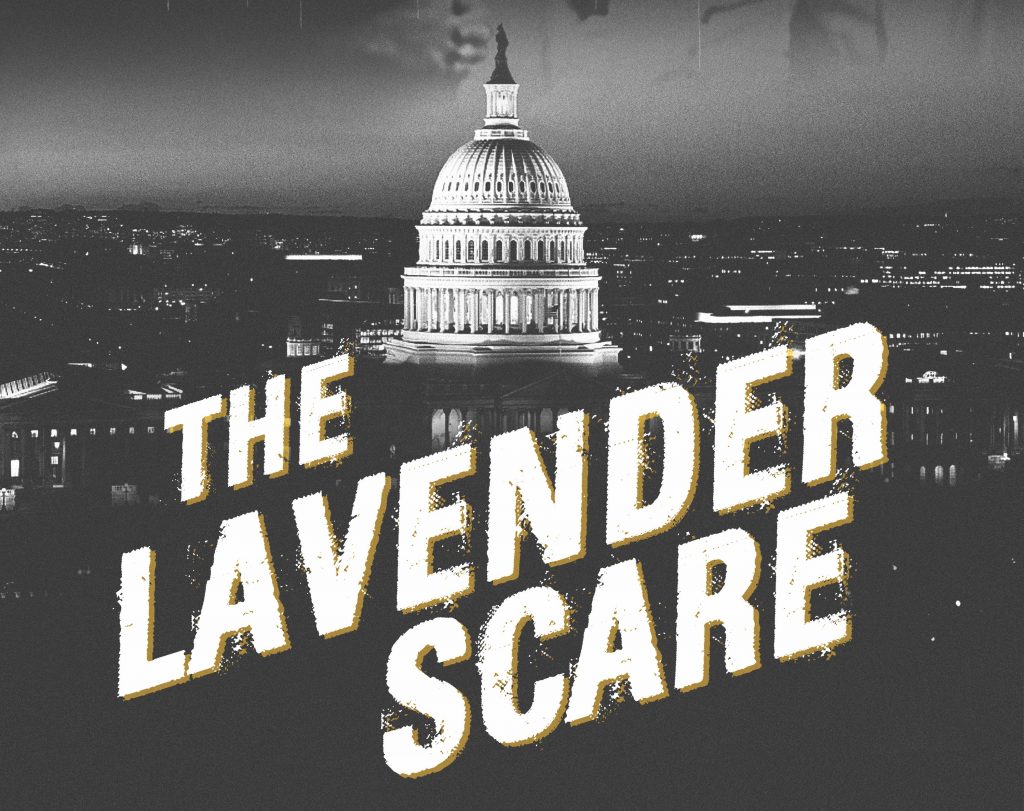
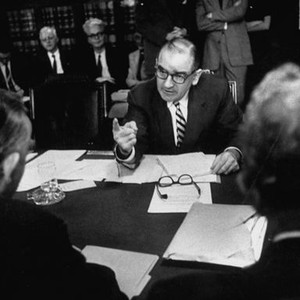
In 1950, the same year
that Senator Joseph McCarthy claimed 205 communists were
working in the State Department, Undersecretary of State
John Peurifoy said that the State Department had allowed
91 homosexuals to resign. On April 19, 1950, the
Republican National
Chairman Guy George
Gabrielson said that "sexual perverts who have
infiltrated our Government in
recent years" were "perhaps as
dangerous as the actual
Communists.” The danger was not
solely because they were gay.
The homosexuals were considered
to be more susceptible to
blackmail and thus were labeled
as security risks. McCarthy
hired Roy Cohn (who would later
die of AIDS and was accused of
being a closeted homosexual) as
chief counsel of his
Congressional subcommittee.
Together, McCarthy and Cohn
(with the enthusiastic support
of the FBI head, J. Edgar
Hoover) were responsible for the
firing of scores of gay men and
women from government employment
and strong-armed many opponents
into silence using rumors of
their homosexuality.
In 1953, during the
final months of the Truman
administration, the State
Department reported that it had
fired 425 employees for
allegations of homosexuality.
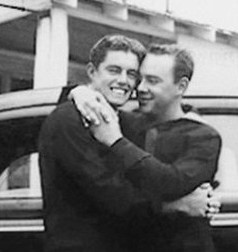
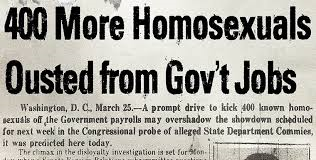
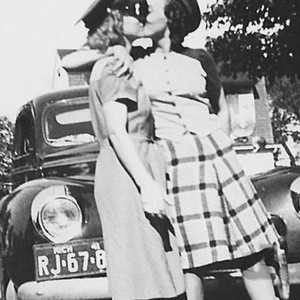
McCarthy often used
accusations of homosexuality as a smear tactic in his
anti-communist crusade, often combining the Red Scare
with the Lavender Scare. On one occasion, he went so far
as to announce to reporters, "If you want to be against
McCarthy, boys, you've got to be
either a
Communist or a cocksucker." At least one recent history
has argued that, in linking communism and homosexuality
and psychological imbalance, McCarthy was employing
guilt-by-association if evidence for communist activity
was lacking.
In 1953 President Dwight
Eisenhower signed an executive order which set security
standards for federal employment and barred homosexuals
from working in the federal government. The restrictions
set in place were cause for hundreds of gay people to be
forcibly outed and fired from the State Department. The
executive order was also the cause for the firing of
approximately 5,000 gay people from federal employment.
Not only did the victims lose their jobs, but also they
were forced out of the closet and thrust into the public
eye as lesbian or gay.
It was not until 1973
that a federal judge ruled that a person's sexual
orientation alone could not be the sole reason for
termination from federal employment, and not until 1975
that the US Civil Service Commission announced that they
would consider applications by gays and lesbians on a
case by case basis. Eisenhower’s executive order stayed
partly in effect until 1995 when President Bill Clinton
rescinded the order.
Roger Ebert Review: Lavender Scare
PBS:
Lavender Scare Film
Frank Kameny: Grandfather of Gay Rights Movement
Lavender
Scare: How US Government Purged Gay Employees
The
Documentary Film: The Lavender Scare
Lavender
Scare: Cold War Persecution of Gays and Lesbians by US
Government
Frank Kameny: American Gay Rights Activist
Rotten Tomatoes 100%: Lavender Scare Documentary
Hero: Frank Kameny
1925–2011
Frank Kameny was an
American gay rights activist. He has been referred to as
"one of the most significant figures" in the gay rights
movement and “the first and most influential members” of
the gay rights movement. He is sometimes called the
“grandfather of the gay rights movement.”
In 1957, Kameny was
dismissed from his position as an astronomer in the US
Army's Army Map Service in Washington, DC because of his
homosexuality, leading him to begin "a Herculean
struggle with the American establishment" that would
"spearhead a new period of militancy in the homosexual
rights movement of the early 1960s."

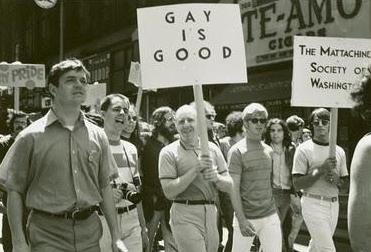
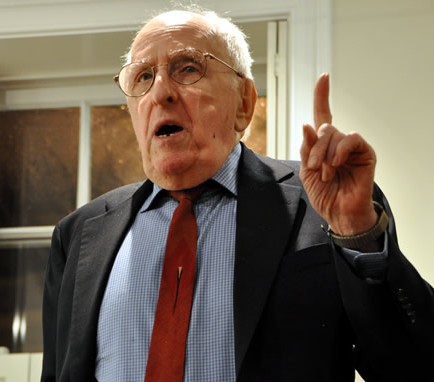
Kameny formally
appealed his firing by the US Civil Service Commission
due to homosexuality. Although unsuccessful, the
proceeding was notable as the first known civil rights
claim based on sexual orientation pursued in a US court.
In 1961 Kameny and
Jack Nichols, fellow co-founder of the Washington, DC
branch of the Mattachine Society, launched some of the
earliest public protests by gays and lesbians with a
picket line at the White House on April 17, 1965. In
coalition with New York's Mattachine Society and the
Daughters of Bilitis, the picketing expanded to target
the United Nations, the Pentagon, the US Civil Service
Commission, and Philadelphia's Independence Hall for
what became known as the Annual Reminder for gay rights.
Kameny also wrote to President Kennedy asking him to
change the rules on homosexuals being purged from the
government.
LGBTQ History: Frank Kameny
Remembering the Legacy of Frank Kameny
Frank Kameny: Grandfather of Gay Rights Movement
Lavender
Scare: How US Government Purged Gay Employees
Frank Kameny: American Gay Rights Activist
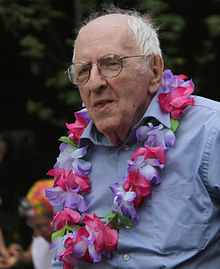
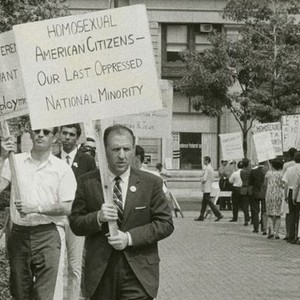
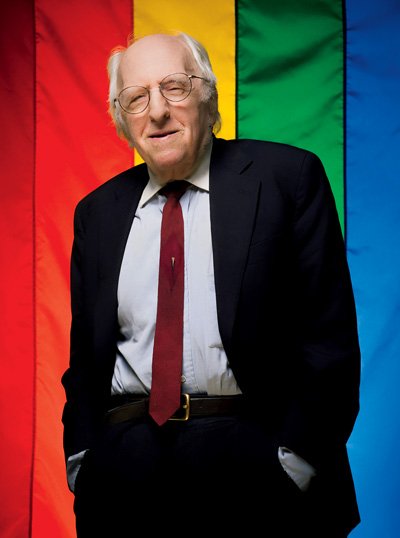
In 1963, Kameny and
Mattachine launched a campaign to overturn DC sodomy
laws. He personally drafted a bill that finally passed
in 1993. He also worked with Barbara Gittings to remove
the classification of homosexuality as a mental disorder
from the American Psychiatric Association's Diagnostic
and Statistical Manual of Mental Disorders.
In 1971, Kameny
became the first openly gay candidate for US Congress
when he ran in the District of Columbia's first election
for a non-voting Congressional delegate. Following his
defeat by Democrat Walter Fauntroy, Kameny and his
campaign organization created the Gay and Lesbian
Alliance of Washington, DC, an organization which
continues to lobby government and press the case for
equal rights.
Famous LGBTQ People
LGBTQ Celebrity Couples
Famous LGBTQ People in Science and Technology
LGBTQ Arts, Culture, and
Entertainment
Famous LGBTQ People in Sports and Athletics
LGBTQ Leisure and Recreation
Famous LGBTQ Politicians
LGBTQ Movie Stars
LGBTQ Television Stars
Homophobe:
Anita Bryant
1968-1998
Anita Bryant was a
singer, beauty queen, and celebrity spokesperson who
became best known for her work in favor of bigotry
against gays and lesbians. She was born and raised in
Oklahoma by an extremely religious family. From early on
she was a singer and she sang on stage at local
fairgrounds. Eventually, she sang on radio and
television.
Bryant won first prize on the Arthur Godfrey talent show
and had her first minor hit song when she was 16 years
old. At 18, she won the Miss Oklahoma beauty pageant,
and she was second runner-up for Miss America. In 1959
and 1960, she had three million-selling singles. She
eventually vanished from the pop charts, but released
several albums of Christian music.
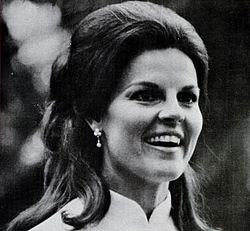
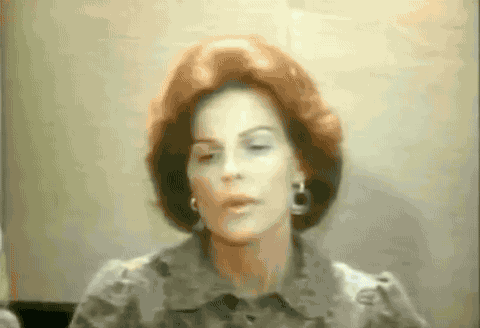
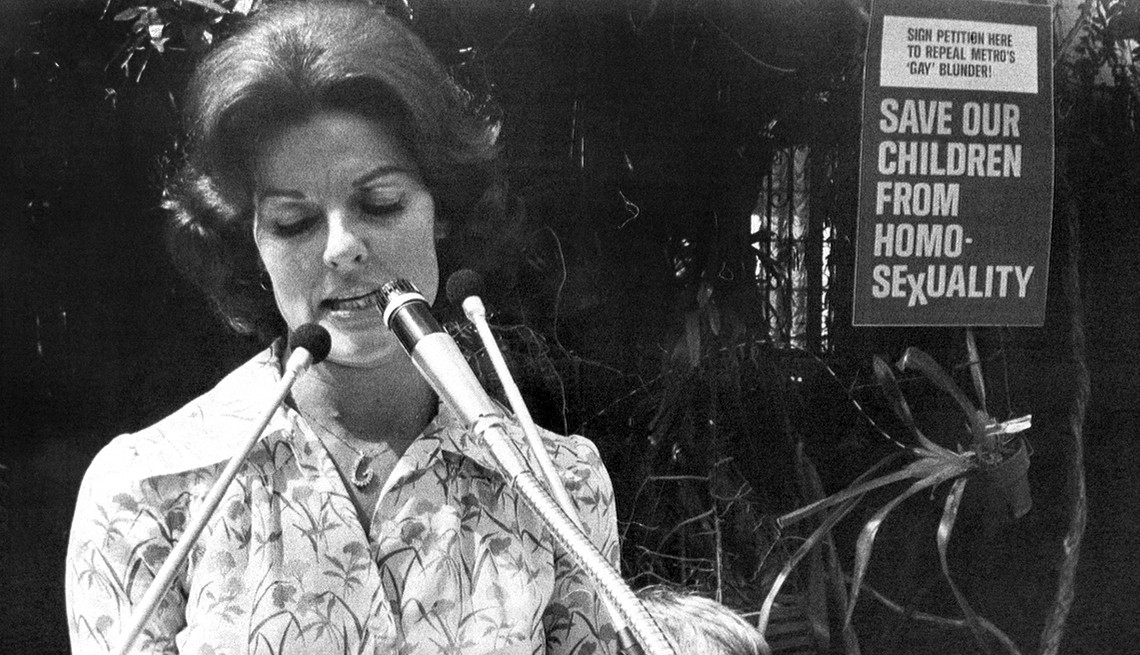
Projecting a wholesome, maternal image, Bryant plugged
Coca-Cola, Kraft Foods, Holiday Inn, and Tupperware in
assorted TV, billboard, and magazine ad campaigns. Her
most famous celebrity endorsement deal began in 1968,
when she sang an upbeat jingle in commercials for the
Florida Citrus Commission, closing each ad with their
tag line, "A day without orange juice is like a day
without sunshine."
By the mid-1970s, Bryant was also a celebrity
spokesperson for Christ, singing Christian music and
writing books offering inspirational advice. Her popular
books contained strong Christian themes applied to
parenting and cooking. She won the "Most Admired Woman
in America" poll in Good Housekeeping.
Then, in 1977, Bryant became obsessed when Miami-Dade
County added an amendment to its human rights ordinance,
making it illegal to discriminate in housing,
employment, loans, and public accommodations based on "affectional
or sexual preference." Announcing, "I will lead such a
crusade to stop it as this country has not seen before",
she founded Save Our Children. As the group's name
implies, Bryant's central (and ludicrous) argument was
her fear that children would be molested or converted by
gay perverts. "As a mother," she famously explained, "I
know that homosexuals cannot biologically reproduce
children, therefore, they must recruit our children."
Bryant's religious activism drew many followers, and
within a year the law was repealed, making it legal
again to fire workers, deny people housing, or refuse
their business based on how and with whom consenting
adults have sex. Celebrating her victory in a sound bite
that aired nationwide, Bryant promised she would "seek
help and change for homosexuals, whose sick and sad
values belie the word 'gay' which they pathetically use
to cover their unhappy lives."
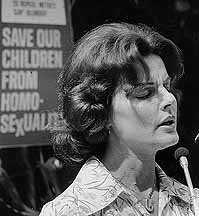
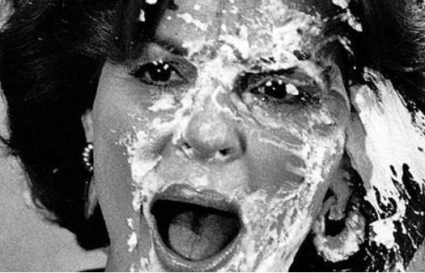

NNDB: Anita Bryant Profile
NNDB: Homophobia List
Wikipedia: Anita Bryant Biography
Even after the local amendment was repealed, Bryant
fanned the flames with speaking tours that made her a
national spokesperson against "homosexual rights." She
was the star attraction at rallies that led to the
repeal of gay rights in numerous cities, and she went to
California to support the Briggs Initiative in 1978,
which failed, but would have banned homosexuals or
anyone advocating the "gay lifestyle" from teaching in
public schools. "I don't hate the homosexuals," she
wrote in a fundraising letter. "But as a mother, I must
protect my children from their evil influence."
Not surprisingly, Bryant's outspoken activism inspired
the gay rights movement like nothing since Stonewall.
The gay community referred to her as "Hurricane Anita."
The response included pickets, petitions, and a boycott
of Florida orange juice, which led the Citrus Commission
to let her endorsement contract lapse.
Gay bars all over North America stopped serving
screwdrivers and replaced them with the "Anita Bryant
Cocktail", which was made with vodka and apple juice.
Sales and proceeds went to gay rights activists to help
fund their fight against Bryant and her campaign.
By this time, gay activists ensured that the boycott on
Florida orange juice had become more prominent and it
was supported by many celebrities, including Barbra
Streisand, Bette Midler, Paul Williams, Dick Clark,
Vincent Price, John Waters, Carroll O'Connor, Linda
Lavin, Mary Tyler Moore, Charles Schulz, Billie Jean
King, and Jane Fonda.
She was one of the first political figures to have a pie
thrown in her face in protest to her activism ("At least
it was a fruit pie," she said). Her record and book
sales declined, she sold her 33-room mansion, and her
marriage ended in divorce. She eventually declared
bankruptcy.
In 1998, Miami-Dade County reinstated human rights
protections for gays and lesbians. Five years later, the
Christian Coalition backed a county-wide effort to
repeal the law, but lost.
To this day, the gay community continues to regard
Bryant's name as synonymous with bigotry and homophobia.
LGBTQ Historical Overview
Fight for LGBTQ Rights Throughout History
Marie Antoinette: Queer Icon
Ted Brown: Gay Liberation Front
Notable Same Gender Couples from History
Baron Friedrich von
Steuben: Openly Gay Revolutionary War Hero
Forgotten Tragedy: New Orleans Gay Bar and New Effort to
Honor Victims
Timeline: LGBTQ History in the United States
Video List: Famous LGBTQ Folk
Powerful LGBTQ Figures From History that
Nobody Ever Talks About
Gay Actors of Hollywood's Golden Age
Founder of America’s Earliest Lesbian Bar Was Deported
and Killed
Stonewall Forever: Past, Present, and Future Pride
Nazi Persecution
of Homosexuals
1933-1945
While male homosexuality remained
illegal in Germany under Paragraph 175
of the criminal code, German
homosexual-rights activists became
worldwide leaders in efforts to reform
societal attitudes that condemned
homosexuality. Many in Germany regarded
the Republic's toleration of homosexuals
as a sign of Germany's decadence. Nazi
leaders posed as moral crusaders who
wanted to stamp out the "vice" of
homosexuality from Germany in order to
help win the racial struggle. Once they
took power in 1933, Nazi officials
intensified persecution of German male
homosexuals. Persecution ranged from the
dissolution of homosexual organizations
to internment in concentration camps.
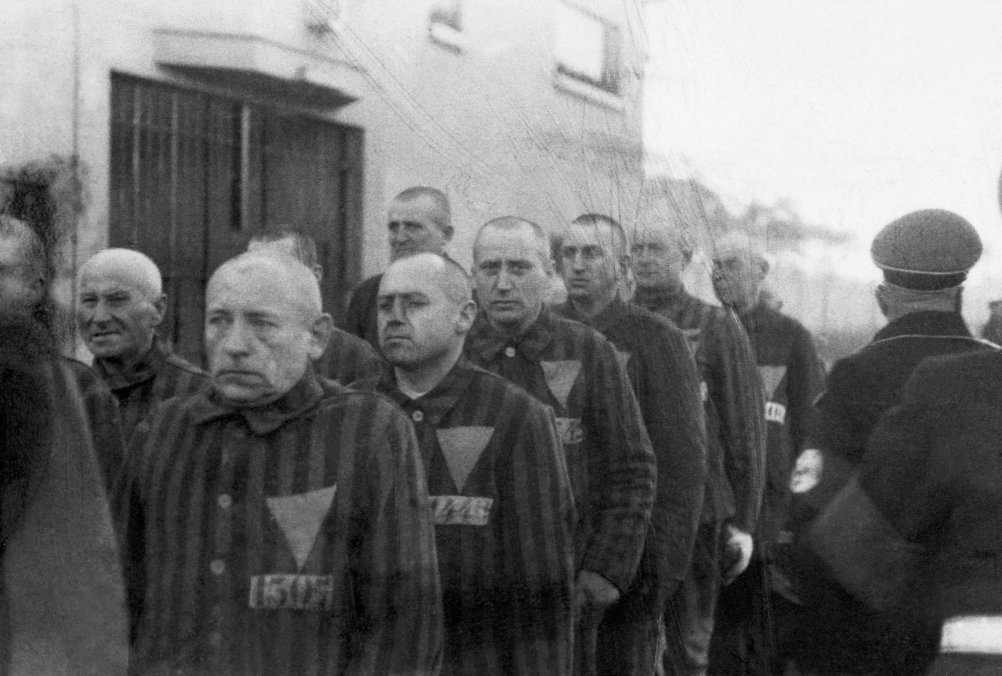
Gay men were targeted for persecution
because they did not contribute to the
desired growth of the 'Aryan population'
and were viewed as corrupting German
values and culture. Between 1933 and
1945, an estimated 100,000 men were
arrested for violating Nazi Germany’s
law against homosexuality, and of these,
approximately 50,000 were sentenced to
prison. An estimated 5,000 to 15,000 men
were sent to concentration camps on
similar charges, where an unknown number
of them perished.
On June 28, 1935, the Ministry of
Justice revised Paragraph 175. The
revisions provided a legal basis for
extending Nazi persecution of
homosexuals. Ministry officials expanded
the category of "criminally indecent
activities between men" to include any
act that could be construed as
homosexual. The courts later decided
that the intention to commit a
homosexual act or even the contemplation
of such an act was sufficient. On
October 26, 1936, Himmler formed within
the Security Police the Reich Central
Office for Combating Homosexuality and
Abortion. Josef Meisinger, executed in
1947 for his brutality in occupied
Poland, led the new office. The police
had powers to hold in protective custody
or preventive arrest those deemed
dangerous to Germany's moral fiber,
jailing indefinitely (without trial)
anyone they chose. In addition,
homosexual prisoners just released from
jail were immediately re-arrested and
sent to concentration camps if the
police thought it likely that they would
continue to engage in homosexual acts.
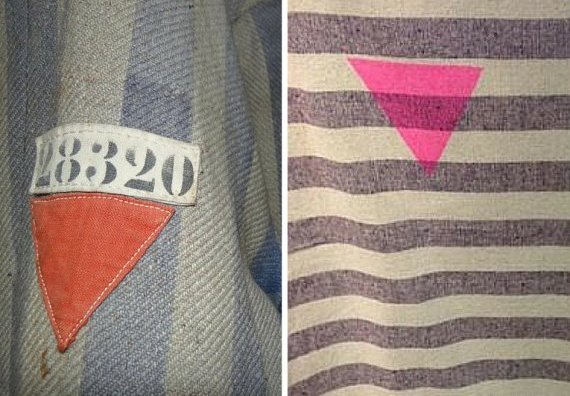
Persecution of Homosexuals in the Third
Reich
Nazi Concentration Camps: Meaning of the
Pink Triangle
How the Nazis Destroyed
the First Gay Rights Movement
Nazi Symbol Repurposed for LGBTQ Pride
How the Nazi Pink Triangle Became a
Defiant Symbol of LGBTQ Rights
Persecution of Homosexuals in Nazi
Germany
Meaning of the Pink
Triangle
From 1937 to 1939, the peak years of the
Nazi persecution of homosexuals, the
police increasingly raided homosexual
meeting places, seized address books,
and created networks of informers and
undercover agents to identify and arrest
suspected homosexuals. On April 4, 1938,
the Gestapo issued a directive
indicating that men convicted of
homosexuality could be incarcerated in
concentration camps following their
sentences. Between 1933 and 1945 the
police arrested an estimated 100,000 men
as homosexuals. Most of the 50,000 men
sentenced by the courts spent time in
regular prisons, and between 5,000 and
15,000 were interned in concentration
camps.
While in the Nazi concentration camps,
homosexual prisoners were identified by
badges showing an inverted or
downward-pointing pink triangle.
Specifically, the use of a pink triangle
was established for prisoners identified
as homosexual men, which also included
bisexual men and transgender women.
Lesbian and bisexual women and trans men
were not systematically imprisoned; some
were, and classified as "asocial,"
wearing a black triangle. The pink
triangle was also assigned to others
considered sexual deviants, including
more sexual minorities such as zoophiles
and pedophiles, in addition to sex
offenders.
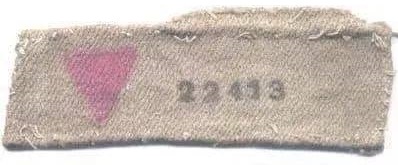
The Nazis interned some homosexuals in
concentration camps immediately after
the seizure of power in January 1933.
Those interned came from all areas of
German society, and often had only the
cause of their imprisonment in common.
Some homosexuals were interned under
other categories by mistake, and Nazi
officials purposefully miscategorized
some political prisoners as homosexuals.
Prisoners marked by pink triangles to
signify homosexuality were treated
harshly in the camps. According to many
survivor accounts, homosexuals were
among the most abused groups in the
camps.
Persecution of Homosexuals in the Third
Reich
Nazi Concentration Camps: Meaning of the
Pink Triangle
How the Nazis Destroyed
the First Gay Rights Movement
Nazi Symbol Repurposed for LGBTQ Pride
How the Nazi Pink Triangle Became a
Defiant Symbol of LGBTQ Rights
Persecution of Homosexuals in Nazi
Germany
Meaning of the Pink
Triangle
Paragraph 175
1871-1994
Paragraph 175 was a provision of the
German Criminal Code from 1871 to 1994.
It made homosexual acts between males a
crime, and in early revisions the
provision also criminalized bestiality
as well as forms of prostitution and
underage sexual abuse. All in all,
around 140,000 men were convicted under
the law. The law had always been
controversial and inspired the first
homosexual movement, which called for
its repeal.
The statute drew legal influence from
previous measures, including those
undertaken by the Holy Roman Empire and
Prussian states. It was amended several
times. The Nazis broadened the law in
1935 as part of the most severe
persecution of homosexual men in
history. It was one of the only Nazi-era
laws retained in its original form in
West Germany, although East Germany
reverted to the pre-Nazi version. In
West Germany, the law was revised in
1969, 1973, and finally repealed in
1994.
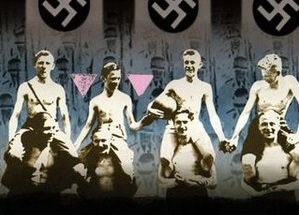
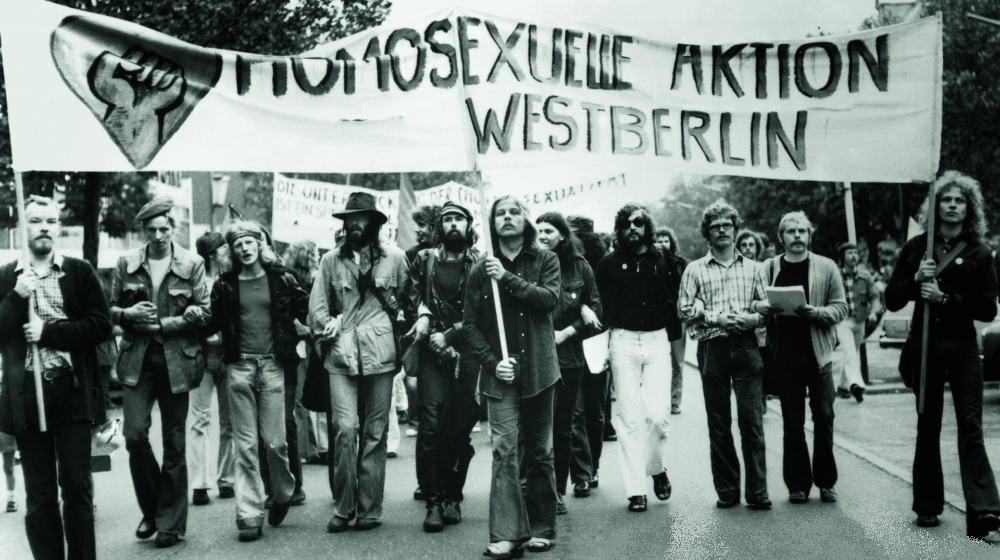
Background Notes: Paragraph 175
Paragraph 175: Nazi Campaign Against
Homosexuality
How the Nazis Destroyed
the First Gay Rights Movement
Paragraph 175 was adopted in 1871,
shortly after Germany was unified.
Beginning in the 1890s, sexual reformers
fought against the "disgraceful
paragraph", and soon won the support of
August Bebel, head of the Social
Democratic Party. However, a petition in
the Reichstag to abolish Paragraph 175
foundered in 1898. In 1907, a Reichstag
Committee decided to broaden the
paragraph to make lesbian sexual acts
punishable as well, but debates about
how to define female sexuality meant the
proposal languished and was abandoned.
In 1929, another Reichstag Committee
decided to repeal Paragraph 175 with the
votes of the Social Democrats, the
Communist Party and the German
Democratic Party; however, the rise of
the Nazi Party prevented the
implementation of the repeal. Although
modified at various times, the paragraph
remained part of German law until 1994.
In 1935, the Nazis broadened the law so
that the courts could pursue any "lewd
act" whatsoever, even one involving no
physical contact, such as masturbating
next to each other. Convictions
multiplied by a factor of ten to over
8,000 per year by 1937. Furthermore, the
Gestapo could transport suspected
offenders to concentration camps without
any legal justification at all (even if
they had been acquitted or already
served their sentence in jail). Thus,
over 10,000 homosexual men were forced
into concentration camps, where they
were identified by the pink triangle.
The majority of them died there.
Buzzfeed: This is What
Gay Liberation Looked Like in the 70s
Info:
Famous LGBTQ People
First Gay Kiss in Film History: Wings 1927
Ted Brown: Gay Liberation Front
Major Moments in Queer History Beyond the Stonewall
Riots
Signature: Essential Books on the History of LGBTQ
Rights in America
CNN: LGBTQ Rights Milestones and Fast Facts
Video: Overview of 20th Century LGBTQ History
Diversity Inc: LGBTQ
Historical Timeline
LGBTQ Writers, Artists and
Activists of the 80s and 90s
Evolution of the Gay Pride
Parade
APA: History of LGBTQ Social Movements
Queer Couples Through History From Ancient Egypt to the
White House
Celebrating 50 Years Since
Stonewall
Advocate Mag: Champions of Pride 2019
LGBTQ Royals You Didn’t Learn About in
History Class
Making History: The Homophile Movement
Willem Arondeus
1895-1943
Willem Arondeus was a Dutch resistance
fighter who gave his life trying to
protect his Jewish countrymen from the
Nazis. Born in Amsterdam in 1895, Willem
was one of six children. From a young
age, he was a talented artist and his
parents encouraged his creativity, until
he came out as homosexual at age 17.
In a time when nearly all gay people
were in the closet, Willem’s parents
could not accept his choice to live
openly. Their rejection led Willem to
run away from home. On his own, Willem
took odd jobs and eventually became a
successful visual artist and writer. He
was commissioned to paint a mural for
Rotterdam’s town hall, in a style that
combined modern abstract painting with a
traditional Dutch motif. Willem was a
well-respected author who published a
popular biography of Dutch painter and
political activist Matthijs Maris.
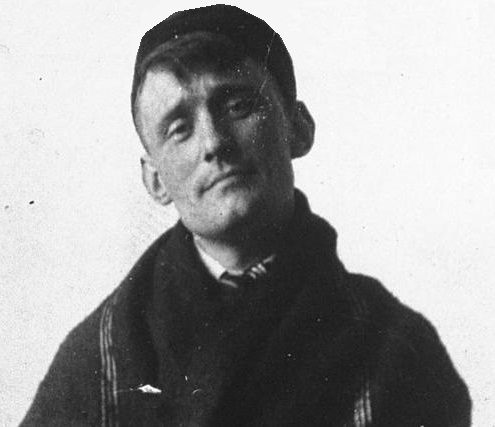
Biographical Notes: Willem Arondeus
Legacy Project: Willem Arondeus
Willem Arondeus: Openly Gay
Anti-Fascists Resistance Fighter
In 1940, Germany invaded the
Netherlands. Willem immediately joined
the resistance movement, and urged his
fellow artists to fight against the Nazi
occupation. WIllem published illegal
anti-Nazi pamphlets calling for mass
resistance against the Germans. Willem
was especially committed to saving
Amsterdam’s Jewish community. Bringing
in others to the cause, Willem arranged
for Dutch Jews to be hidden in people’s
homes. He used his artistic skills to
create false identity papers.
In 1943, Willem hatched a brazen plan.
Dressed as a German Army captain, and
with 15 men behind him, Willem boldly
marched into the Public Record Office,
where lists identifying people as Jews
were kept. Willem drugged the guards and
planted a firebomb. The resulting blaze
destroyed tens of thousands of
documents, and delayed or prevented many
Jews from being identified by the Nazis.
Unfortunately, Willem was captured by
the Germans and sentenced to death.
Willem’s last words before being
executed in July, 1943 were, “Let it be
known that homosexuals are not cowards.”
In 1986 Yad Vashem recognized Arondeus
as Righteous Among the Nations. Because
of his sexual orientation, Willem’s
story was omitted from Dutch history
books. Only in the last 20 years has his
courage become widely known.
Famous Gays in History
American LGBTQ Museum
Brief History of Queer Political Action
Bob Zellner Reflects on Being an Ally During the Civil
Rights Movement
Fight for LGBTQ Rights Throughout History
Queer Couples Through History From Ancient Egypt to the
White House
Gay History Quiz
How the
Stonewall Riots Inspired the LGBTQ
Movement
Info: Archaic
Language and Images
LGBTQ History: Queer
Icons
Buzzfeed: This is What
Gay Liberation Looked Like in the 70s
LGBTQ Writers, Artists and
Activists of the 80s and 90s
Stonewall Forever: Past, Present, and Future Pride
Notable Same Gender Couples from History
Queer Activists Past and Present Whose
Names You Should Know
LGBTQ Historic Residences That You Can
Visit Now
Baron Friedrich
von Steuben: Openly Gay Revolutionary War Hero
1730-1793
Baron Friedrich von Steuben was known
for his bravery and the discipline and
grit he brought to the American troops.
Gay men have always been part of the
American military. In an era before gay
marriage or open pride, military men
fell in love, formed passionate
friendships and had same-sex encounters.
Due to social and official
discrimination, though, most of their
stories have gone untold. But in the
case of one of the military’s founding
heroes, homosexuality was always part of
the story.
Baron Friedrich von Steuben, a Prussian
military man hired by George Washington
to whip the Continental Army into shape
during the darkest days of the
Revolutionary War, is known for his
bravery and the discipline and grit he
brought to the American troops.
Historians also think he was
homosexual—and served as an openly gay
man in the military at a time when sex
between men was punished as a crime.
“Though his name is little known among
Americans today,” writes Erick Trickey
for Smithsonian, “every US soldier is
indebted to von Steuben—he created
America’s professional army.”

Baron
Friedrich von Steuben: Openly Gay
Revolutionary War Hero
Biography of Baron
Friedrich von Steuben
It wasn’t easy: Three years into the
Revolutionary War, the army was low on
discipline, morale and even food. With
his strict drills, showy presence and
shrewd eye for military strategy, he
helped turn them into a military
powerhouse.
Benjamin Franklin, who recommended von
Steuben to Washington, played up his
qualifications. He also downplayed
rumors that the baron had been dismissed
from the Prussian military for
homosexuality. Von Steuben joined the
military when he was 17 and had become
Frederick the Great’s personal aide, but
despite a seemingly promising career he
was abruptly dismissed in 1763.
After being fired, von Steuben bounced
from job to job. He was unimpressed by
Franklin’s suggestion that he volunteer
to help the American army, and tried
instead to get another military job in
the court at Baden. But his application
was tanked when an anonymous letter
accused him of having “taken
familiarities” with young boys.
As historian William E. Benemann notes,
there’s no historical evidence that von
Steuben was a pedophile. But he was gay,
and homosexuality was viewed as a
criminal aberration by many of his
peers. “Rather than stay and provide a
defense, rather than call upon his
friends to vouch for his reputation, von
Steuben chose to flee his homeland,”
writes Benemann.

Baron
Friedrich von Steuben: Openly Gay
Revolutionary War Hero
Biography of Baron
Friedrich von Steuben
Franklin likely knew of the rumors and
the reason that von Steuben suddenly
accepted an offer he’d turned down so
recently. But he didn’t see von
Steuben’s private life as relevant to
his military qualifications. Neither did
George Washington, who knew of the
accusations but welcomed von Steuben to
his camp and assigned Alexander Hamilton
and John Laurens—both of whom were
involved in what some historians have
dubbed a “romantic friendship”—as his
aides.
Washington approved of von Steuben. “He
appears to be much of a gentleman,” he
wrote when the baron arrived at camp,
“and as far as I have had an opportunity
of judging, a man of military knowledge,
and acquainted with the world.”
When von Steuben arrived in camp, he was
appalled by the conditions the soldiers
had been fighting under, and immediately
set to work drilling soldiers with
strict Prussian techniques. He was a
strict drillmaster, but he also
socialized with the troops. One of his
aides, Pierre-Étienne Du Ponceau,
recalls a particularly wild party given
at Valley Forge. “His aides invited a
number of young officers to dine at our
quarters,” he wrote, “on condition that
none should be admitted, that had on a
whole pair of breeches.” The men dined
in torn clothing and, he implied, no
clothing at all.
Von Steuben didn’t just throw sexually
charged parties: He also formed intense
relationships with other men. He became
close to William North and Benjamin
Walker, aides-de-camp who seem to have
been involved in their own romantic
relationship, and lived with them for
two years in camp. It’s likely that von
Steuben became romantically and sexually
involved with North, though it’s not
clear how close he was to Walker.
Meanwhile, von Steuben proved himself a
heroic addition to the army. As
Inspector General, he taught the army
more efficient fighting techniques and
helped instill the discipline they so
sorely needed. It worked, and the drill
manual he wrote for the army is still
partially in use today. The drillmaster
quickly became one of Washington’s most
trusted advisors, eventually serving as
his chief of staff. He is now considered
instrumental in helping the Americans
win the Revolutionary War.
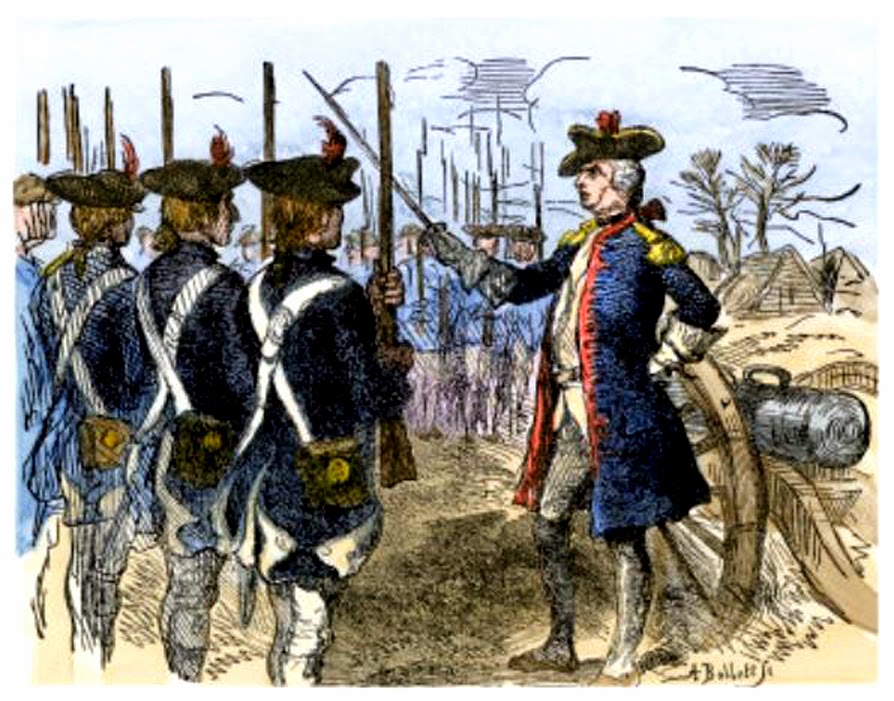
When the war ended, Baron von Steuben
was granted US citizenship and moved to
New York with North and Walker. “We love
him,” North wrote, “and he deserves it
for he loves us tenderly.”
After the war, von Steuben legally
adopted both men—a common practice among
gay men in an age before same-sex
marriage was legal. They lived together,
managed his precarious finances and
inherited his estate when he died in
1794. John Mulligan, who was also gay,
served as von Steuben’s secretary and is
thought to have had a relationship with
the baron. When von Steuben died, he
inherited his library and some money.
During von Steuben’s lifetime, the
concept of gay marriage, gay pride or
coming out was unthinkable and there was
no language or open culture of
homosexuality. But historical homosexual
relationships were actually common.
That doesn’t mean being gay was
condoned: Sodomy was a crime in colonial
America. But romantic relationships
between men were widely tolerated until
the 19th century, and only in the early
20th century did the US military begin
officially discriminating against people
suspected to be gay.
Von Steuben may have been one of early
America’s most open LGBTQ figures, but
he was hardly the only man whose love of
other men was well known. And though he
was to have helped save the American
army, his contribution is largely
forgotten today.
[Source: Erin Blakemore, History
Channel]
Invisible
Histories Project
Brief History of Queer Political Action
Historical Figures We Never Realized Were LGBTQ
Pride Marches From 1969 to Present: Queer History in
Photographs
Celebrating 50 Years Since
Stonewall
First Gay Kiss in Film History: Wings 1927
Iconic Photos of LGBTQ History
One Institute:
LGBTQ Archives
Bob Zellner Reflects on Being an Ally During the Civil
Rights Movement
Celebrating LGBTQ History Month: How it Started and Why
it Matters
118th Congress Breaks Record for Lesbian,
Gay and Bisexual Representation
Democrats Introduce Bills
to Create National LGBTQ History and Culture Museum
Video: Overview of 20th Century LGBTQ
History
List: LGBTQ Firsts by
Year
How the Nazis Destroyed the First Gay
Rights Movement
Joe Biden Issues Presidential
Proclamation for 70th Anniversary of Lavender Scare
Comparing the “Lavender Scare” With the
Current “Trans Scare”

HOME
QUEER CAFE
│ LGBTQ Information Network
|